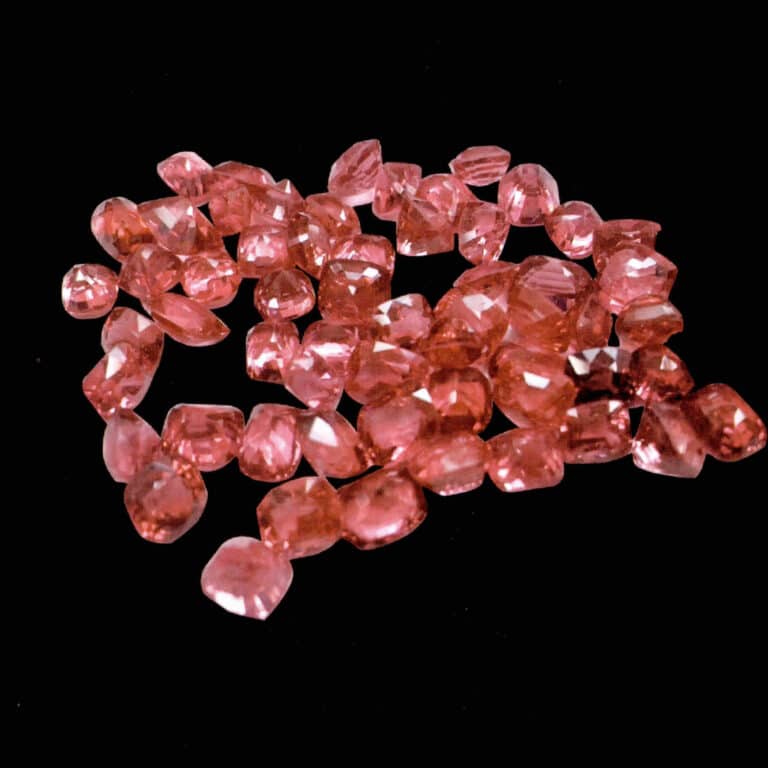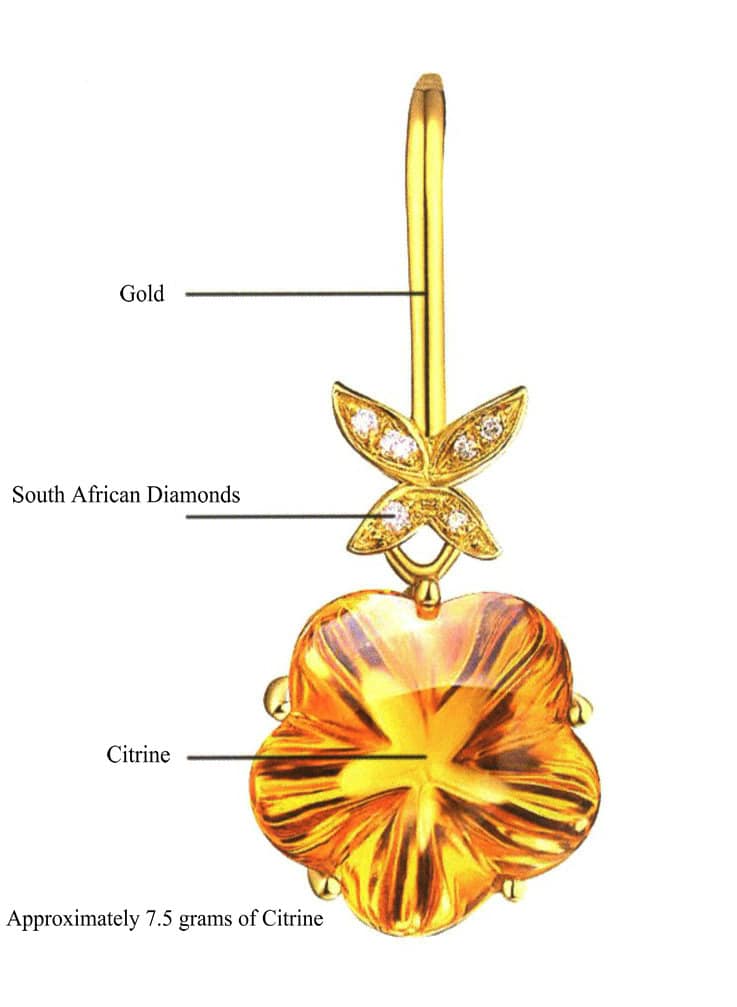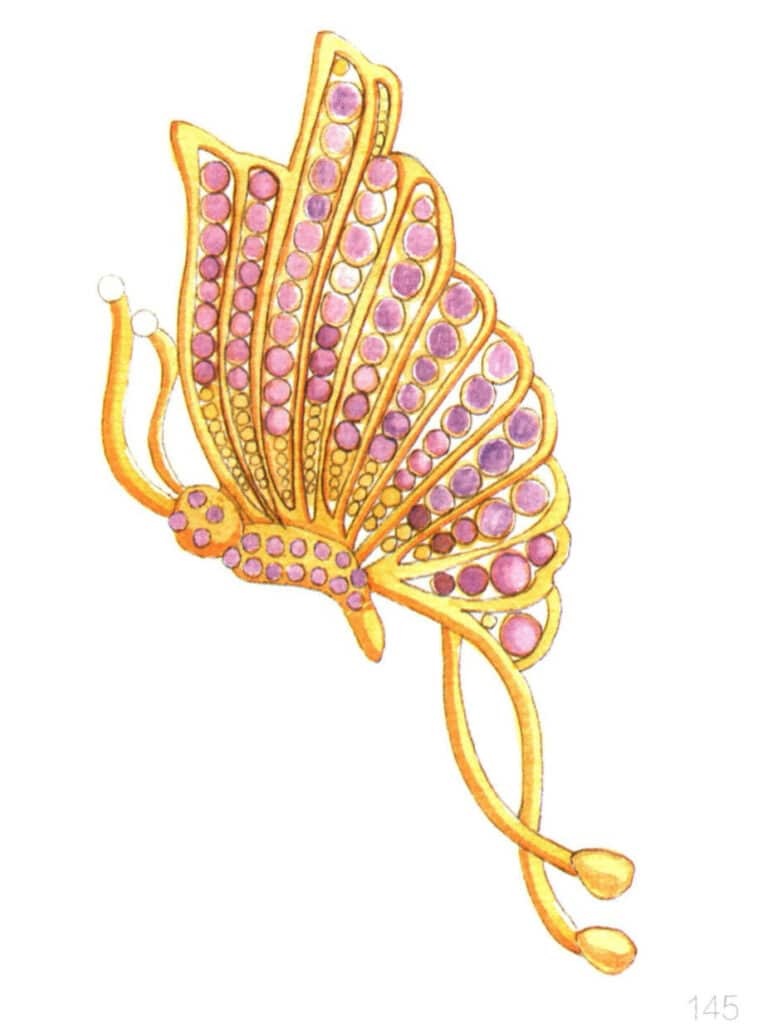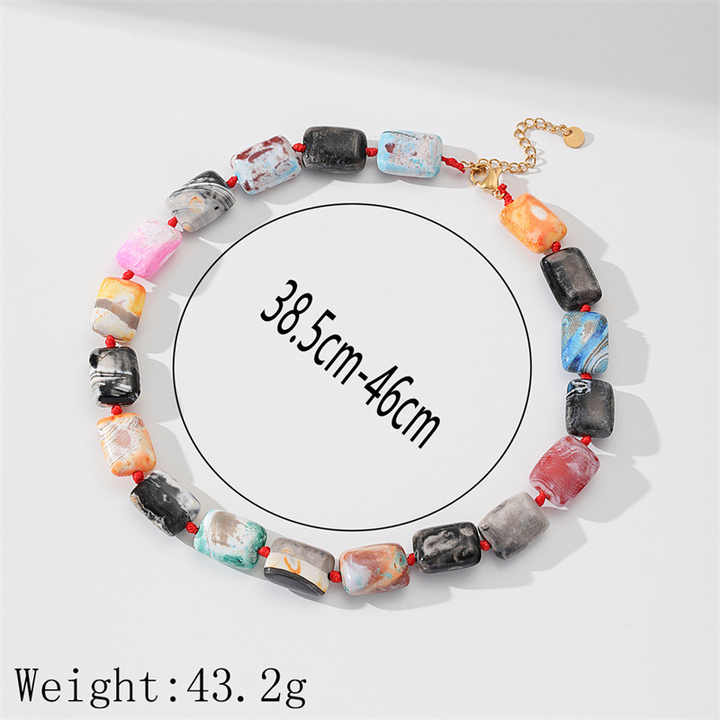Optimalizálás A gyöngyök feldolgozása, azonosítása és karbantartása
Gyöngyfokozó technikák: Ékszerészek és tervezők útmutatója: Útmutató ékszerészek és tervezők számára
Bevezetés:
Fedezze fel a gyöngyfokozás művészetét átfogó útmutatónkkal, amely tökéletes az ékszerüzletek, stúdiók és tervezők számára. Ismerje meg a legújabb fehérítési, festési és besugárzási kezeléseket, amelyekkel feldobhatja gyöngyei szépségét. Szerezzen betekintést a polírozási, viaszolási és gravírozási technikákba, hogy lenyűgöző ékszereket készíthessen. Útmutatónk kitér a természetes és a tenyésztett gyöngyök megkülönböztetésére és a csillogásuk megőrzésének titkaira is. Akár kiskereskedő, akár e-kereskedelmi eladó, akár egyedi, hírességeknek szánt darabokat készít, ezt a forrást mindenképpen el kell olvasnia. Ismerje meg a gyöngykezelések hatását a csillogásra, a színre és a felületi hibákra, valamint azt, hogyan válassza ki a legjobb gyöngyöket az alkotásaihoz. Gyarapítsa gyöngyékszer-kollekcióját még ma az iparág vezetőinek szakértői tanácsaival.
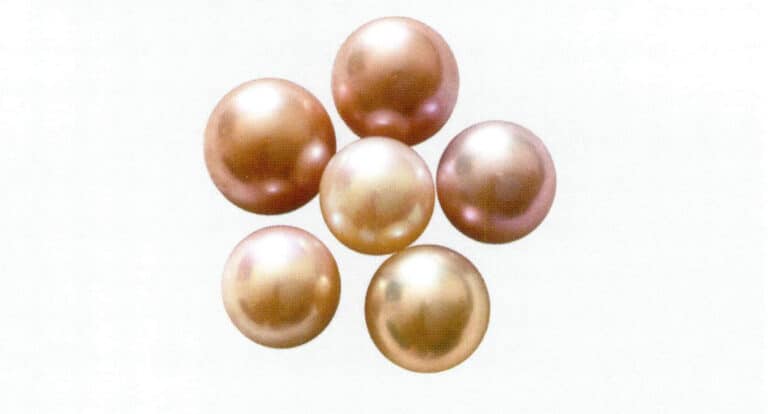
Tartalomjegyzék
Ⅰ szakasz A gyöngyök optimalizálása A gyöngyök feldolgozása
A gyöngyök optimalizálása elsősorban a tisztítás utáni fehérítést vagy színmegőrzést, a polírozást, a festést, a "hőkezelést", a sugárkezelést, a bevonást, a viaszolást stb. foglalja magában.
Ezenkívül vannak olyan eljárások is, mint a fúrás és a gravírozás.
1. Fehérítés, fehérítés, színmegőrzés és polírozás
A begyűjtés után a gyöngyöket tisztításnak, válogatásnak, a színjavítás vagy színmegőrzés érdekében fehérítésnek, polírozásnak és egyéb eljárásoknak kell alávetni. Az optimalizálási kezelési technikák és eljárások a különböző gyöngytípusok, országok és vállalatok esetében eltérőek. Az 1-5-1. ábra mutatja az édesvízi tenyésztett gyöngyök néhány gyártójának feldolgozási módszereit és munkafolyamatait Zhujiban, Zhejiangban.
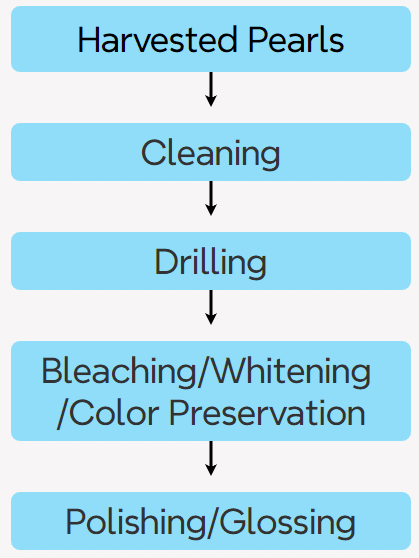
(1) Gyöngyök tisztítása és fúrása
A gyöngyök szerves szövetbe vannak burkolva a kéthéjú kagylókban, ezért a frissen szedett gyöngyök felszínén szerves szövet és egyéb foltok is találhatók, amint az az 1-5-2. és 1-5-3. ábrán látható.

1-5-2. ábra Frissen szedett gyöngyök (1)
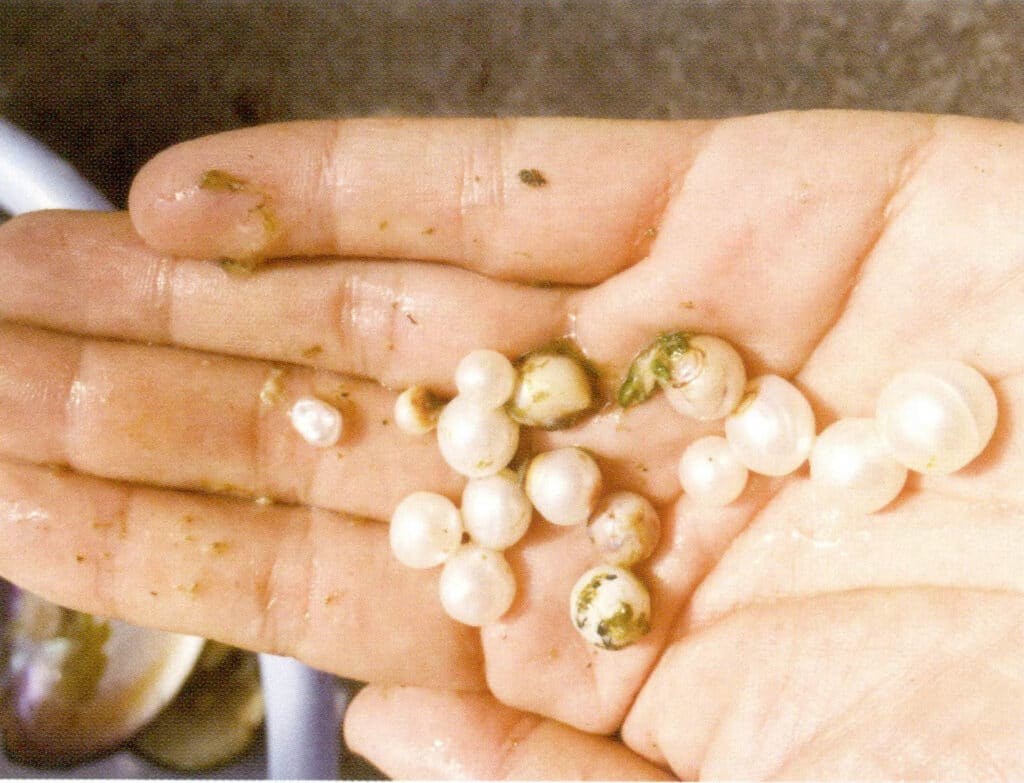
1-5-3. ábra Frissen szedett gyöngyök (2)
A gyöngyöket a gyűjtés után azonnal meg kell mosni, hogy a felszíni szennyeződéseket eltávolítsuk. Ha a begyűjtött gyöngyöket nem tisztítják meg azonnal és hatékonyan, a puhatestűek nyálkája elszínezi a gyöngyök felületét, amint azt az 1-5-4. és 1-5-5. ábra mutatja.

1-5-4. ábra Mosatlan gyöngyök és gyöngyházkagylók
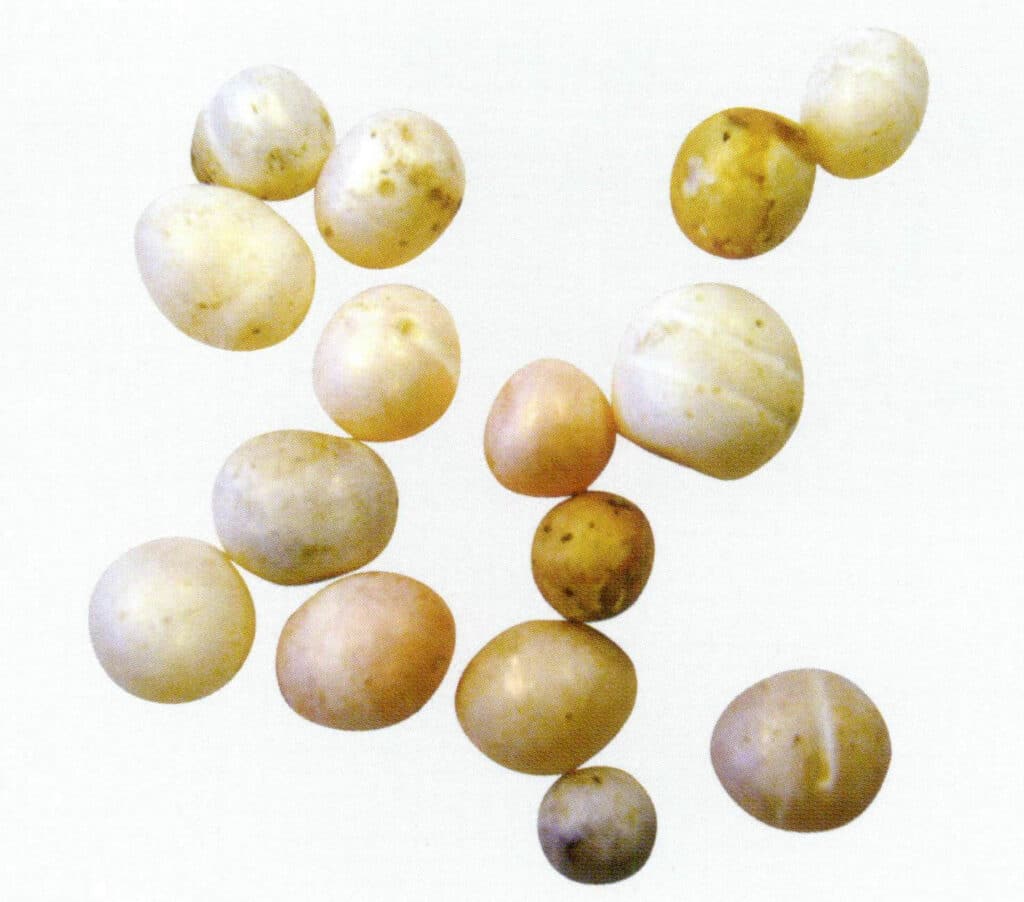
1-5-5 ábra Mosatlan gyöngyök
Általában a leszedett gyöngyöket néhány napig tisztítószerben áztatják, majd desztillált vízzel öblítik és levegőn szárítják. A különböző feldolgozóüzemek különböző tisztítószereket és eljárásokat alkalmaznak. A gyöngyök tisztítását az 1-5-6. és 1-5-7. ábra mutatja be.
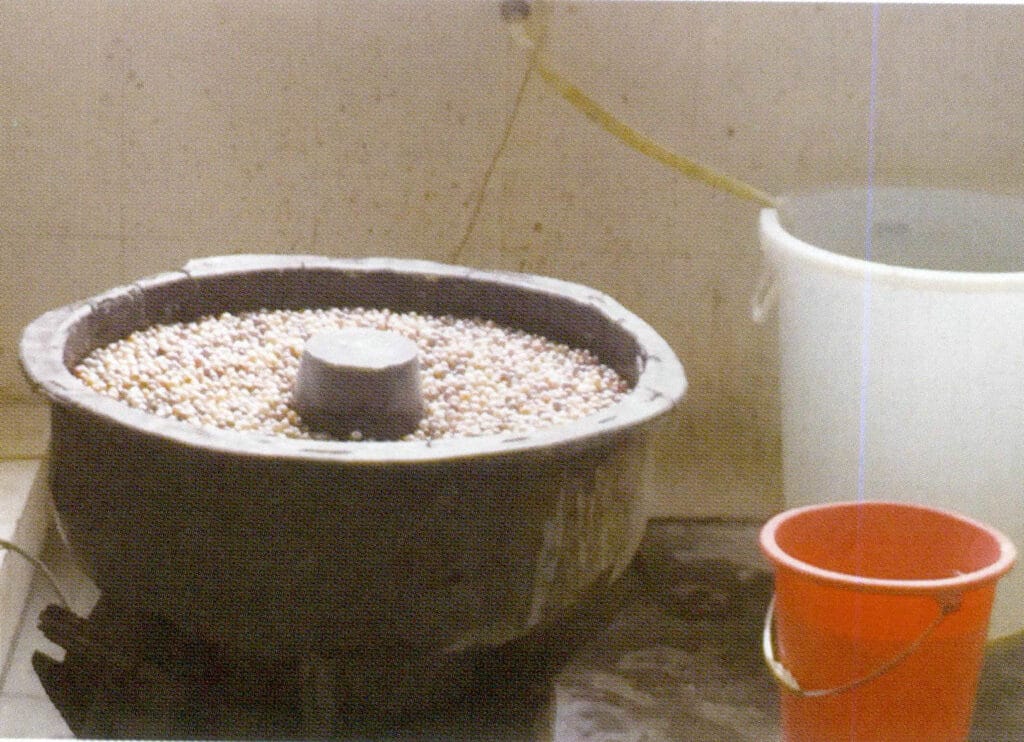
1-5-6. ábra Gyöngyök tisztítása (1)
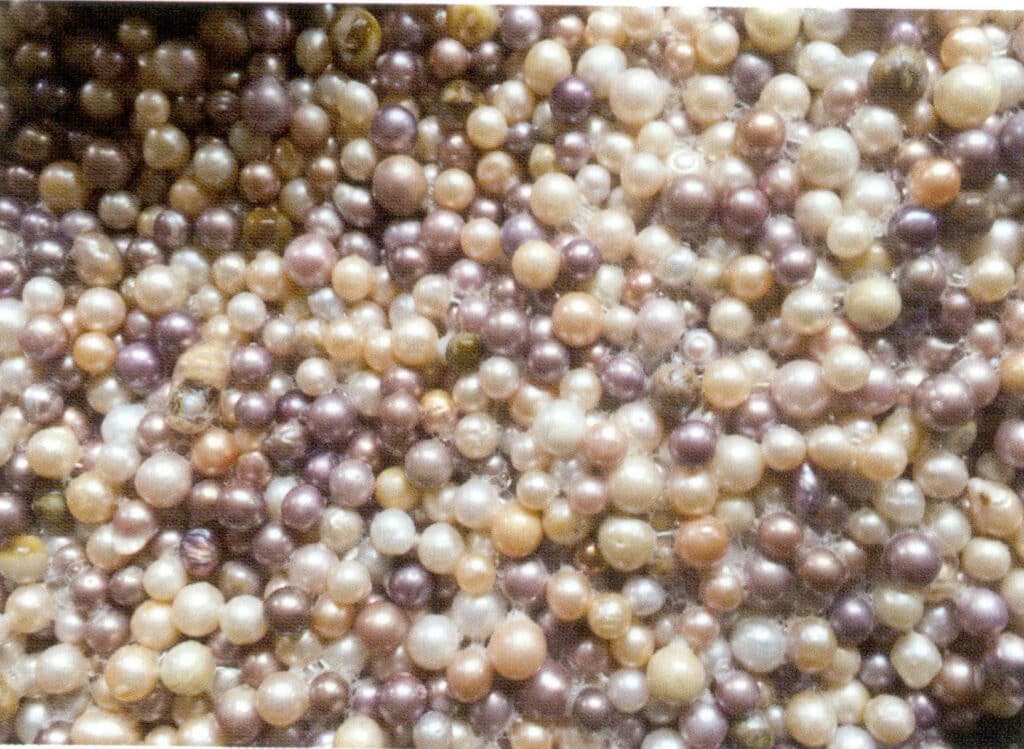
1-5-7 ábra Gyöngyök tisztítása (2)
A gyöngyök egyszerű tisztítása nem távolítja el teljesen a szerves nyálkát és más anyagokat, amelyek behatolnak a felület finom pórusaiba. Rövid idő elteltével a gyöngyök színe és csillogása megváltozhat, amint az az 1-5-8. és 1-5-9. ábrákon látható. Ezért a gyöngyöket fehérítő, fehérítő vagy színtartósító kezeléseknek is alá kell vetni.
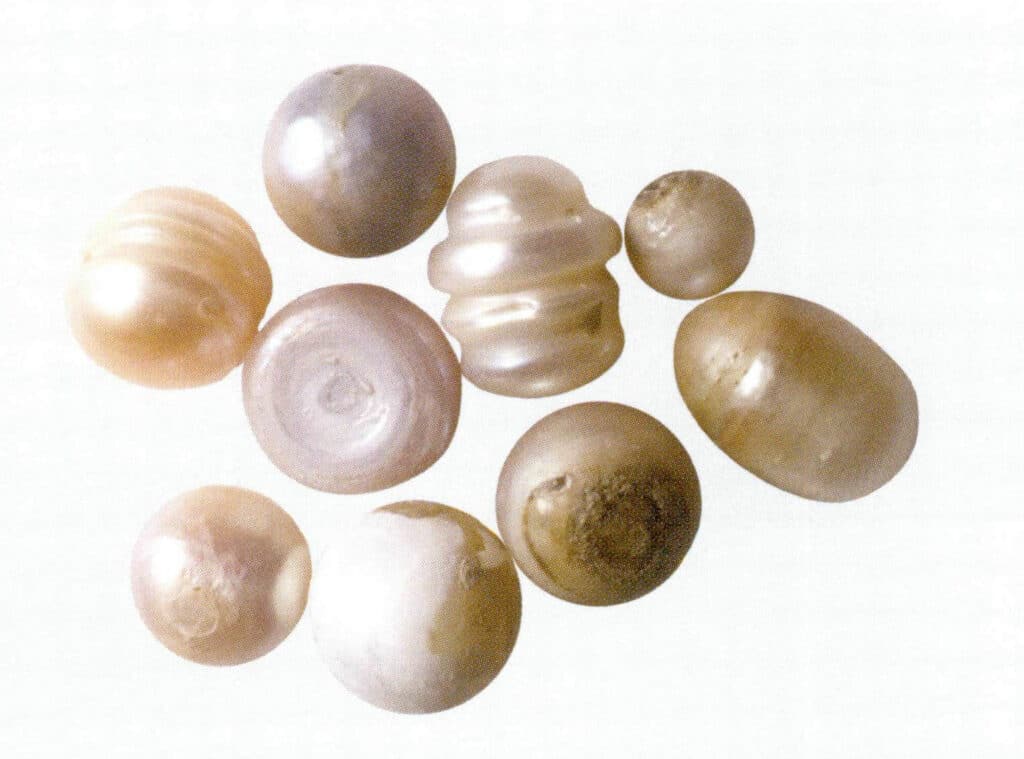
1-5-8 ábra Csak rendszeres tisztításon átesett gyöngyök 1

1-5-9. ábra Csak rendszeres tisztításon átesett gyöngyök (2)
Tisztítás után a gyöngyöket általában méret, szín, csillogás, alak és hibák szerint válogatják, ahogy az 1-5-12. ábrákon látható.
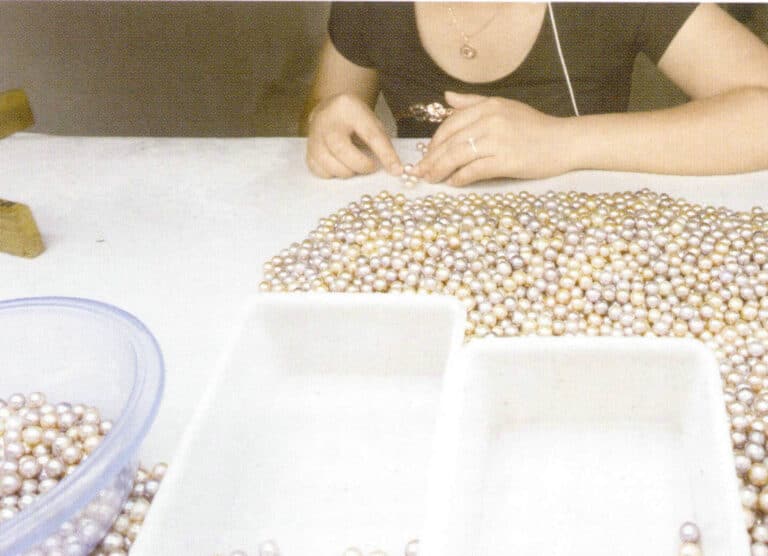
A válogatott gyöngyöket először megfúrhatják, vagy közvetlenül az optimalizálási folyamatokba, például a fehérítésbe és a csillogás fokozásába is belekerülhetnek.
A kiváló minőségű, tökéletes felületű és nagy szemcséjű gyöngyöket nem kell előbb megfúrni, és közvetlenül fehérítésre, fehérítésre vagy színtartósításra alkalmasak. Az ilyen gyöngyöket általában megfúrják, amikor ékszereket készítenek belőlük, és medálokhoz, fülbevalókhoz stb. használhatók.
A válogatott és súlyosabb hibákkal rendelkező gyöngyöket általában először fúrják, általában nyakláncokba való felhasználásra. A fúrás célja, hogy a fehérítő oldat festékanyagának behatolása javuljon. Fúrás nélkül a fehérítő oldat nem tud könnyen behatolni a vékony résrétegen keresztül a gyöngy belsejébe.
A fúrás előtt a fúrási ponton, általában a legsúlyosabb hiba helyén egy jelet kell elhelyezni. Ha nyakláncokhoz használják, a gyöngyöt átfúrják, vagyis a lyuk a gyöngyön keresztülmegy; ha medálokhoz, fülbevalókhoz stb. használják, csak egy fél lyukat fúrnak, így az megmarad a drágakőbe foglalhatónak. A feldolgozás előtti gyári fúrást az 1-5-14. és 1-5-15. ábra, az egyes gyöngyök fúrógépét pedig a feldolgozás után az 1-5-16. és 1-5-17. ábra mutatja.

1-5-14. ábra Gyári furatok
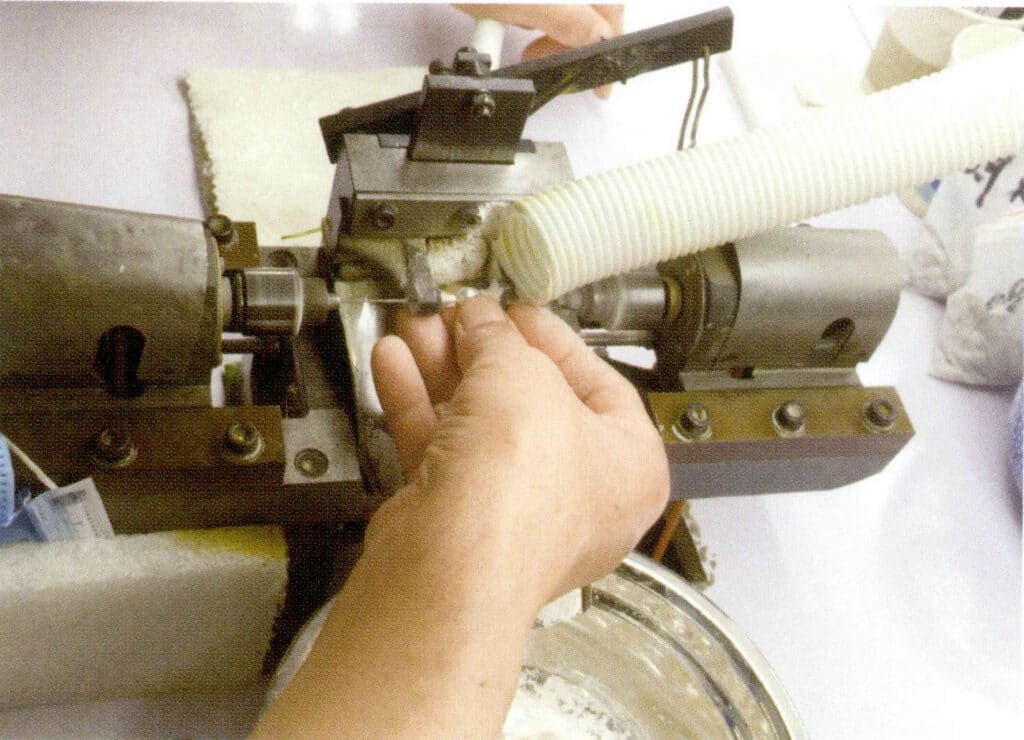
1-5-15. ábra Fúrólyukak a 2. gyárban

1-5-16 ábra Egyetlen gyöngyfúrógép
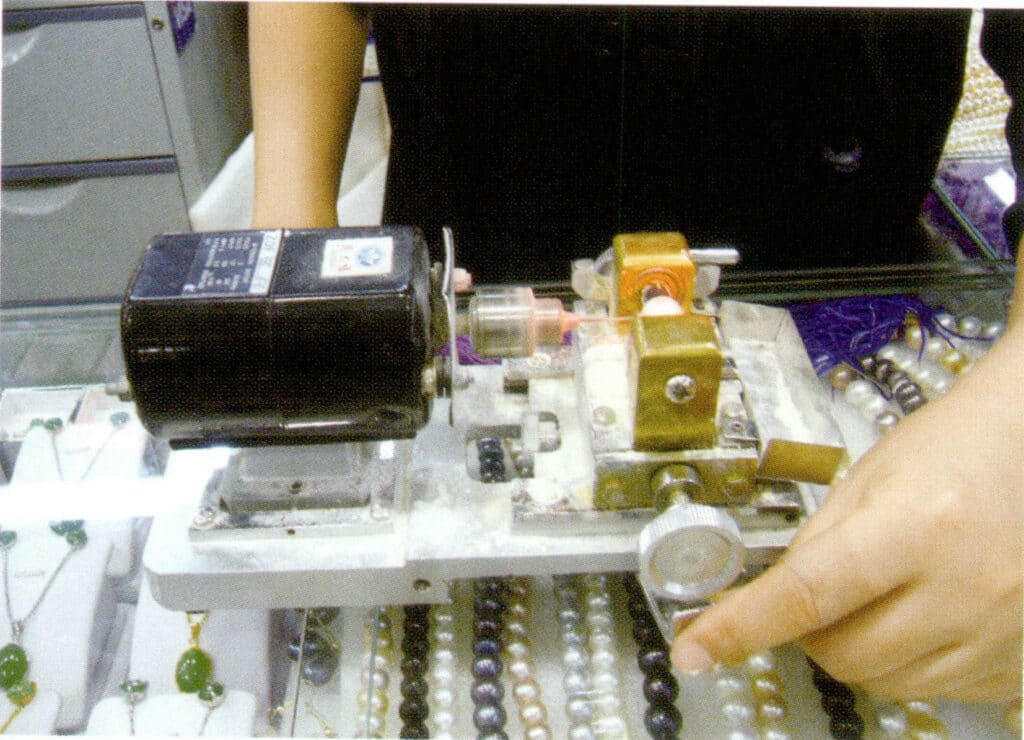
1-5-17 ábra Egyetlen gyöngy fúrása
(2) Gyöngyök fehérítése és fehérítése
A frissen szedett gyöngyök még a tisztítás után sem tudják teljesen eltávolítani a növekedés során bejutó szennyeződéseket és sárgásbarna kromofórákat, amelyek befolyásolják a gyöngyök szépségét. Ezenkívül sok világos színű gyöngy, egyenetlen fehér és világos színű gyöngyök nem olyan népszerűek, mint a fehér színűek, és viszonylag nehezen illeszkednek a nyakláncokba. Ugyanakkor a fehérítés ezeket a gyöngyöket a népszerűbb fehérré változtathatja, ami kereskedelmi szempontból értékesebbé teszi őket. Már 1924-ben széles körben alkalmazták a fehérítési módszereket a természetes és a tenyésztett gyöngyökön.
A gyöngyök fehérítése magában foglalja az előkezelést, az előkezelést, a fehérítést és a fehérítést. A folyamatok a különböző feldolgozóüzemekben eltérőek, és szigorúan bizalmasan kezelik őket; még a gyáron belül is csak néhány ember férhet hozzá.
A fehérítés fő célpontjai a fehér, a világos és az egyenetlen színű gyöngyök.
Az előkezelés a gyöngyfehérítés fontos lépése, amely közvetlenül befolyásolja a későbbi folyamatok hatékonyságát. A nyilvánosan közzétett információk szerint a gyöngyök duzzasztási kezelésére ammónia és benzol keverékét használják, hogy a szerkezet "lazább" legyen. A duzzasztás után vízmentes etanolt vagy tiszta etanolt használnak. A glicerin dehidratálószerként működik, hogy eltávolítsa a köztes vizet és az adszorbeált vizet a gyöngyökből; vagy több órán át tartó forralással (gőzöléssel) a gyöngyházréteg kitágítására, vagy magas hőmérsékleten több órán át erős fénnyel történő előzetes megvilágítással a szín világosítására.
A fehérítés a gyöngyöknek egy meghatározott formulából álló fehérítő oldatban való kezelését jelenti, megfelelő feldolgozási technikák alkalmazásával. Japán, Kína és a délkelet-ázsiai országok kiterjedt kutatásokat folytattak e technológia területén, Japán rendelkezik a legfejlettebb kutatási technikákkal, és alkalmazza a harmadik és negyedik generációs fehérítési technológiákat, míg Kína főként folyékony fázisú fehérítési módszert alkalmaz H2O2 fehérítőszerrel.
Általában a hidrogén-peroxidot hígítják és fehérítőszerként használják. A hidrogén-peroxid koncentrációs arányának megfelelőnek kell lennie; ha a mennyiség túl kicsi, nem lesz hatékony, ha pedig túl nagy, károsítja a gyöngyök szerkezetét. Az olyan vegyületek, mint az ammónia hozzáadása a fehérítőoldatot végül gyengén lúgossá teszi.
A fehérítő hatást befolyásoló tényezők közé tartozik elsősorban a fehérítőszer-formula összetétele és a fehérítési folyamat körülményei. A fehér és világos színű gyöngyök esetében minél fehérebbek, annál jobb minőségűek a gyöngyök és annál magasabb az áruk. Ebben a folyamatban a fehérítőoldat aránya döntő fontosságú. A fehérítőoldat főként fehérítőszerekből, felületaktív anyagokból, stabilizátorokból, oldószerekből és egyéb összetevőkből áll, amelyek mindegyike más-más szerepet játszik a fehérítési folyamatban. A fehérítőszer játssza a főszerepet, míg a többi komponens segédanyagként működik, hatékonyan elősegítve a fehérítést, javítva a fehérítő hatást és a fehérítési folyamatot, és biztosítva, hogy a fehérített gyöngyök különböző mutatói kielégítő eredményeket érjenek el.
A korábban közzétett optimális fehérítőoldat képlete és a fehérítési folyamat magában foglalja 30% H2O2, etanol és víz 1:3:6 térfogatarányban, 0,25% nátrium-dodecil-szulfátot adva hatóanyagként és 0,25% nátrium-szilikátot stabilizátorként; tisztítás után az eredeti gyöngyök 2-6 órás vízforralásos előkezelésen mennek keresztül, majd napfényben, 40 ℃ vízfürdő állandó hőmérsékleten, 8-8,5 Ph értéken, majd 24-60 órás fehérítéssel, amely viszonylag ideális fehérítő hatást érhet el.
A gyöngyök főzési ideje a mérettől és a színmélységtől függ; a nagyobb és sötétebb gyöngyöknek hosszabb időre van szükségük. A fehérítési idő olyan tényezők miatt változik, mint a gyöngyök mérete és színmélysége, a főzési idő és a H2O2 a fehérítő oldatban. A főzési és fehérítési idő meghosszabbítása növelheti a mikropórusok számát és mélységét, ami egyes kalciumkristályok leválását eredményezi a héjfehérjékről, ami a gyöngyök szilárdságának csökkenéséhez vezet. Végső soron ez a gyöngyök törékennyé és akár lazává is válhatnak, ami foltokat, hámlást és a felület csillogásának elvesztését eredményezheti, és a gyöngyök teljesen elveszítik értéküket. Ezért a főzési és fehérítési idő ellenőrzése is kulcsfontosságú.
A fehérítési folyamat a legkritikusabb lépés a fehérítési és fogfehérítési folyamatban. A különböző gyártók különböző formulákat és eljárásokat használnak. A gyártók számára ez a rész a legfőbb technikai titok. A fehérítés nemcsak a gyöngyök fehérségét javítja, hanem bizonyos mértékig a csillogásukat is fokozhatja, fényesebb vizuális hatást keltve. A kiváló minőségű fehérítőszereket az jellemzi, hogy képesek felszívódni a gyöngyházréteg finom pórusaiba, nem mosódnak el azonnal, és képesek fokozni a gyöngyházréteg fehérségét, így a gyöngyök fehérebbek és fényesebbek lesznek.
Fehérítés után a gyöngyöket desztillált vízzel mossa ki, a hatékonyság növelése érdekében ultrahangos tisztítót is használhat. Helyezze a gyöngyöket egy szűrőbe, és hozzon létre benne vákuumot, majd nyissa ki a dugattyút, és öntse bele a fehérítőoldatot. Ezután helyezze a gyöngyöket és a fehérítő oldatot egy széles szájú üvegpalackba, és áztassa őket bizonyos ideig. Az áztatás során figyelje meg a gyöngyök színváltozását; az áztatási idő és a gyakoriság a gyöngyök fehérségétől függ.
A gyöngyök fehérítése és kifehérítése az 1-5-18. és 1-5-27. ábrákon látható.
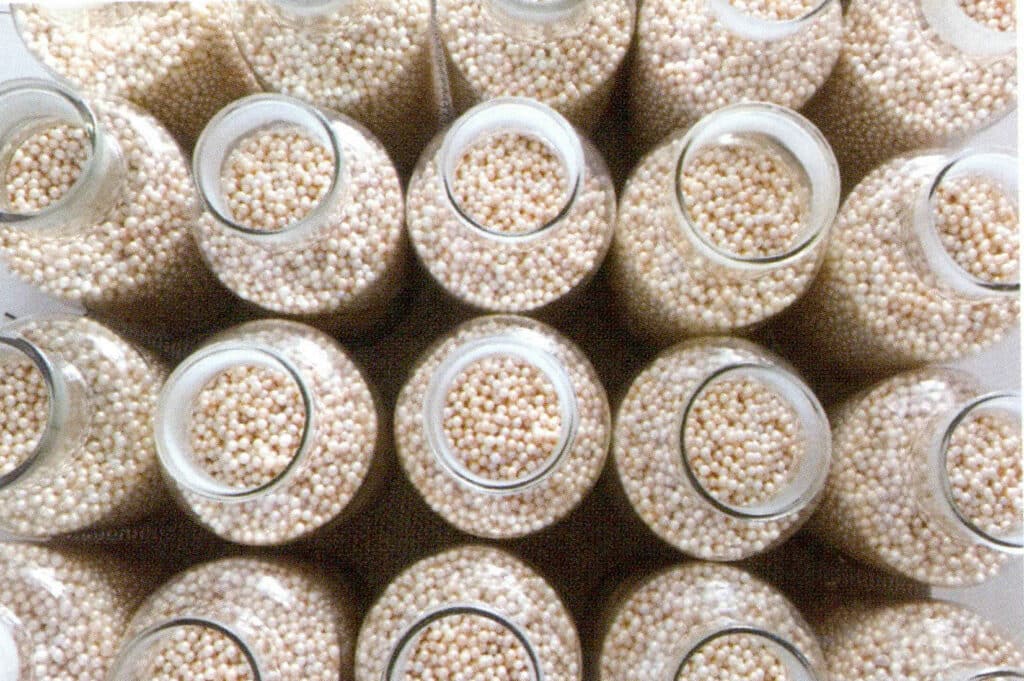
1-5-18 ábra Világos színű gyöngyök fehérítésre és fehérítésre várva

1-5-19 ábra Fehérítő és fehérítő szerek gyöngyökhöz
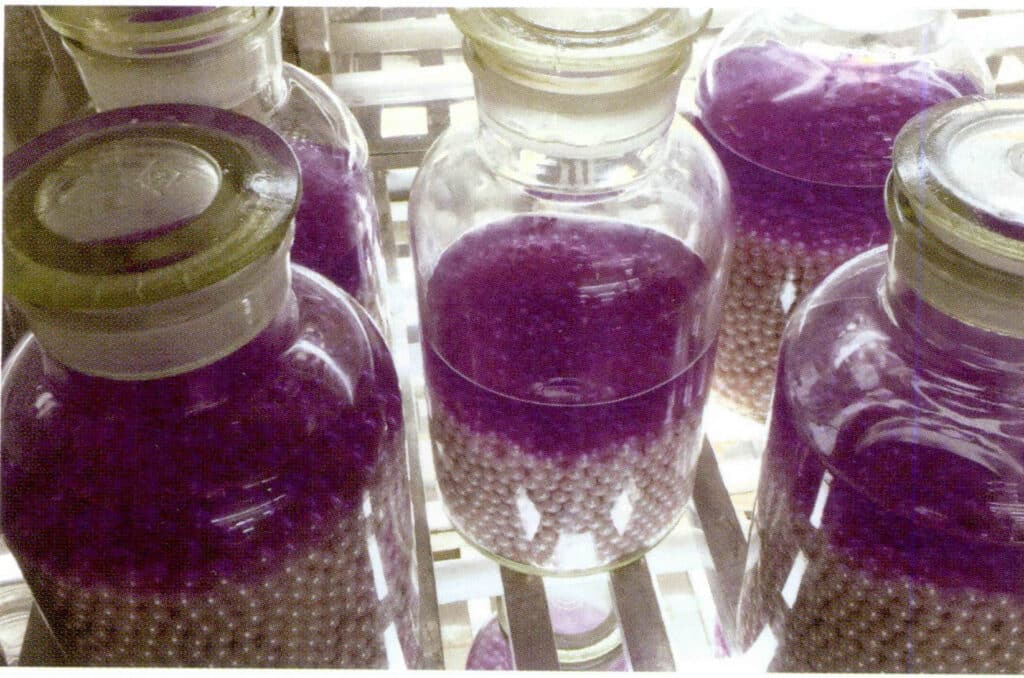
1-5-20. ábra Fehérített és fehérített gyöngyök (1)
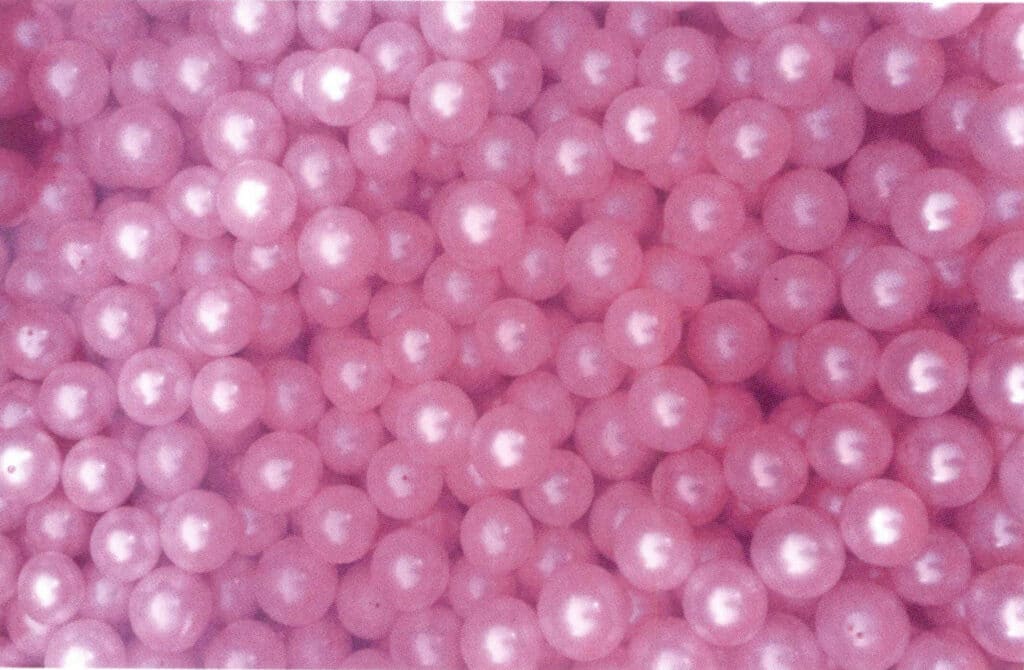
1-5-21. ábra Fehérített és fehérített gyöngyök (2)
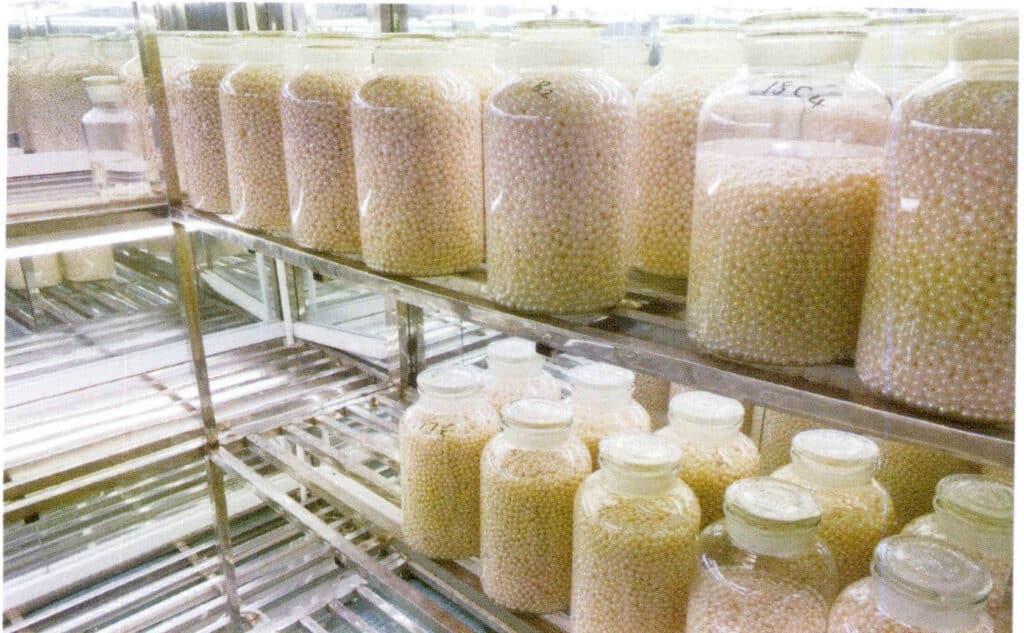
1-5-22. ábra Fehérített és fehérített gyöngyök (3)

1-5-25. ábra Fehérített és fehérített gyöngyök (6)
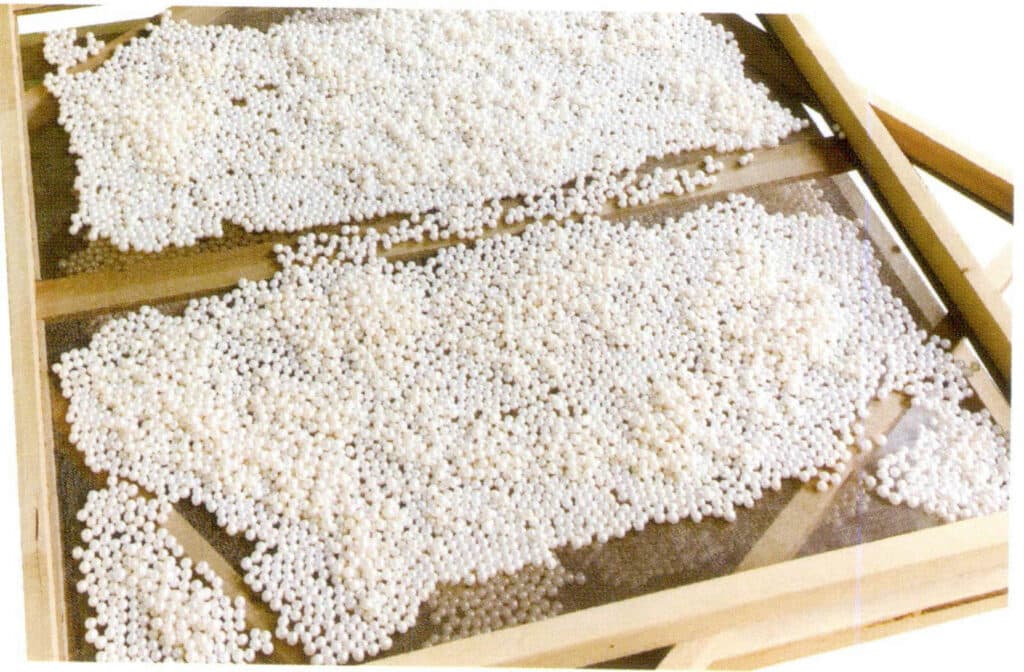
1-5-26. ábra Gyöngyszárítás fehérítés és fehérítés után

1-5-27. ábra Gyöngyök fehérítés és fehérítés után
(3) Színmegőrzés
Ha a színes gyöngyök színe sötétebb vagy keresett a piacon, akkor nem fehérítik őket, hanem egy másik, "színmegőrzésnek" nevezett eljárásnak vetik alá. Ez a folyamat megszilárdítja a gyöngyök színét, ezért a gyártók általában "színtartósításnak" nevezik. A színtartósítás fő célpontjai a sötét színű gyöngyök és a nagy szemcséjű színes gyöngyök.
A színtartósító reagensek és eljárások szintén a gyártók legfontosabb technikai titkai közé tartoznak. Általában a megtisztított gyöngyöket egy széles szájú üvegbe helyezik a színtartósító reagenssel, fénytől távol tartják, és egy bizonyos ideig állandó hőmérsékletű vízfürdős vasdobozban tárolják, mielőtt kiveszik és megszárítják. A színtartósító reagenseket, eszközöket és a gyöngyök színtartósítási eljárását az 1-5-28-1-5-35. ábrák mutatják.
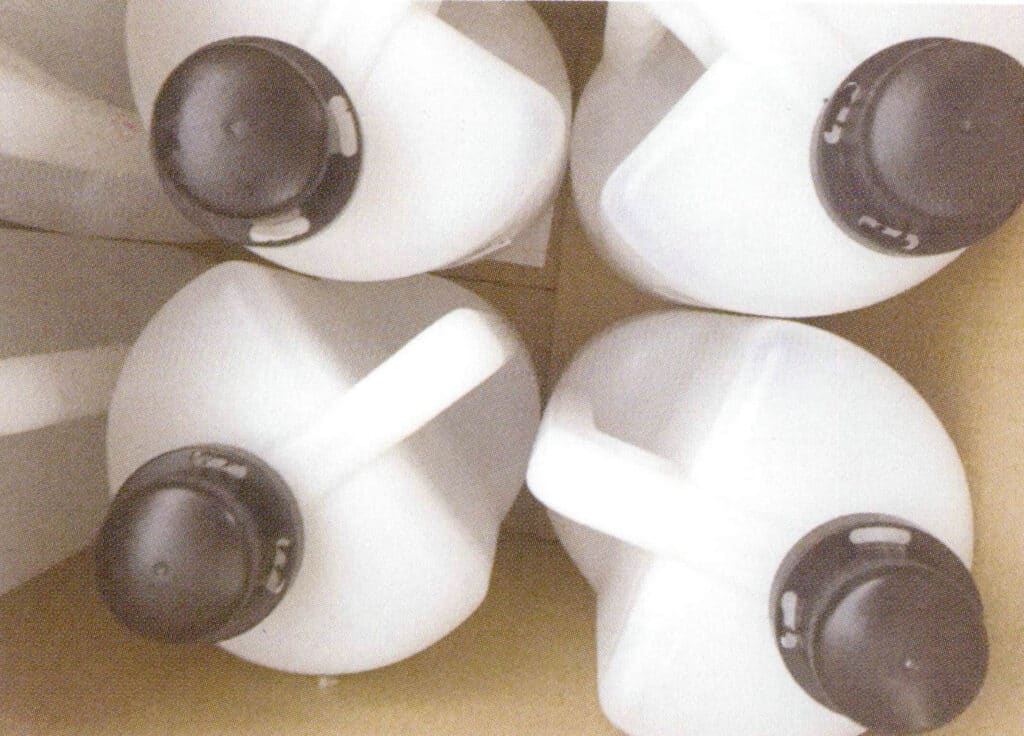
1-5-28. ábra Színtartó reagens
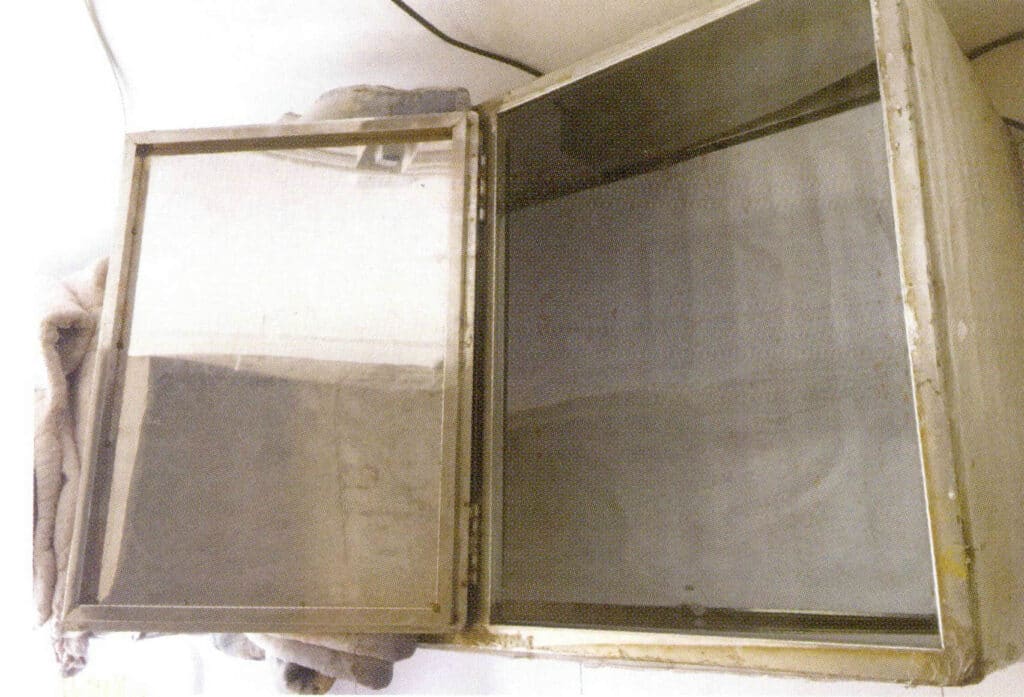
1-5-29. ábra Állandó hőmérsékletű víztartály a színtartósításhoz

1-5-30. ábra Színesen megőrzendő gyöngyök
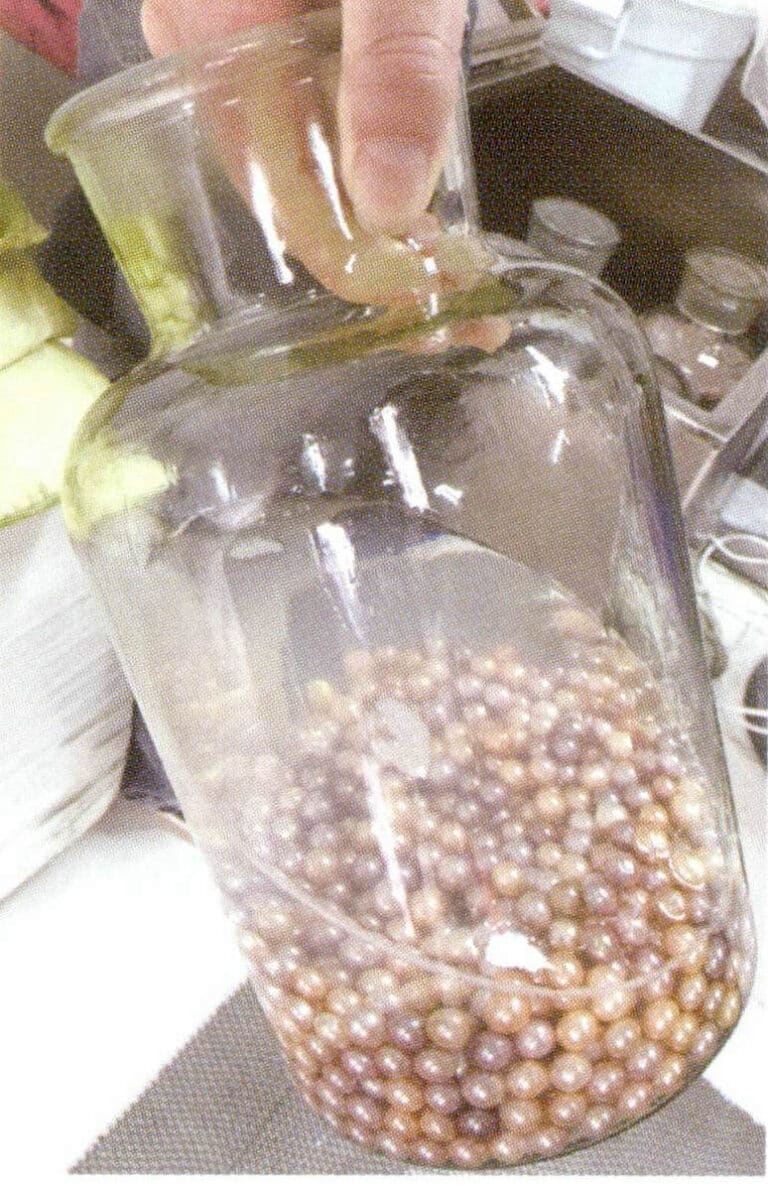
1-5-31 ábra A gyöngyszín megőrzése (1)
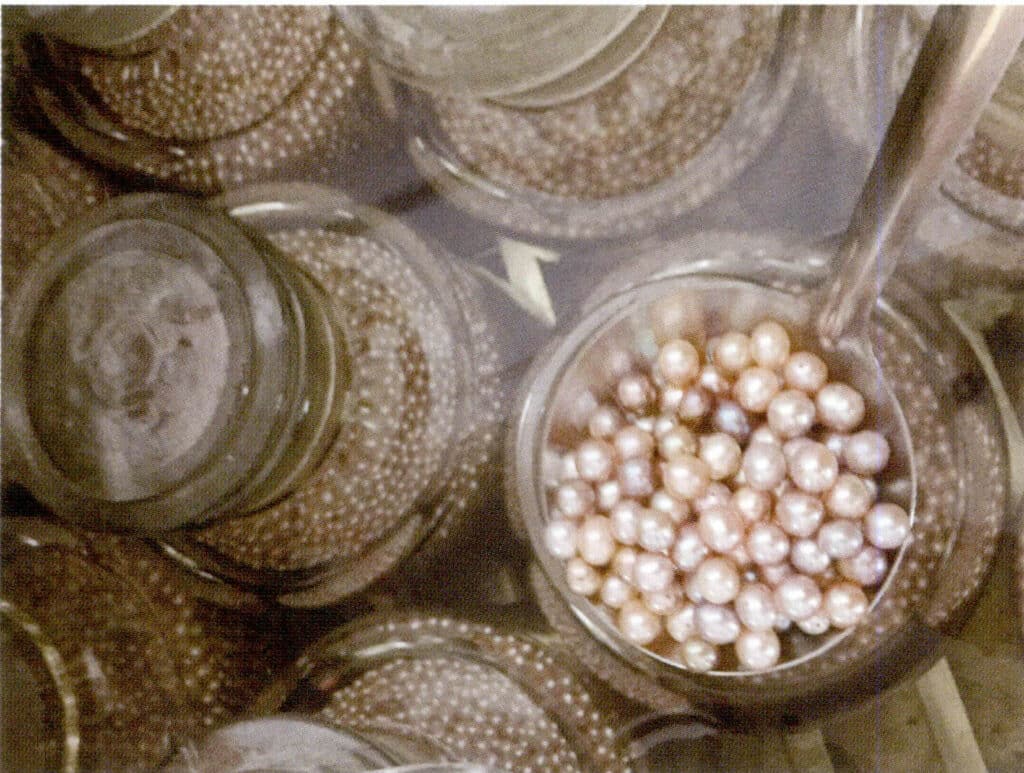
1-5-34. ábra A gyöngyszín megőrzése (4)
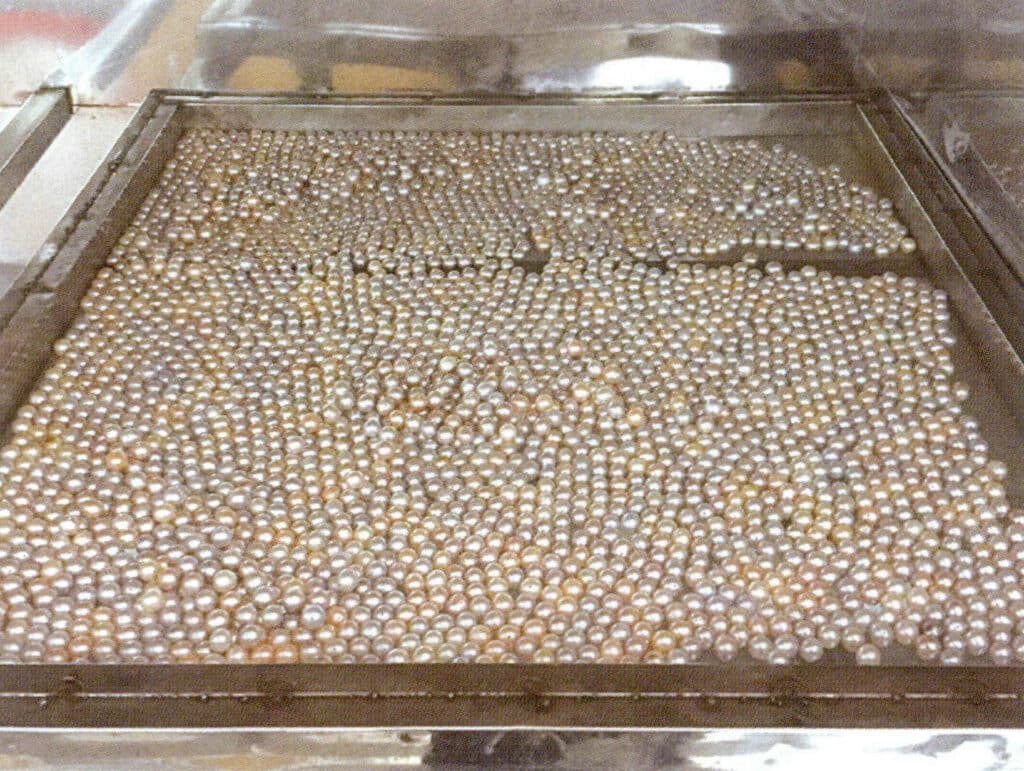
1-5-35. ábra Szárítás a színtartósítás után
(4) Fényezés
A polírozás, más néven mázolás a végső folyamat a fehérítési és színmegőrzési technikák befejezése után. A jó polírozás fokozhatja a fehérítés és a fogfehérítés hatását.
A különböző gyártók polírozóanyagai némileg eltérnek egymástól. A leggyakoribb polírozó anyagok közé tartozik a jádefa mag és viasz; sima dióhéj és viasz; kis bambusz zöld háromszög alakú darabok, fadarabok, dióhéj, cserzett báránybőr kis darabjai stb., amelyeket folyékony viaszba áztatnak a nedvesség eltávolítása érdekében; kis bambuszdarabok, kis kövek és paraffin; vannak olyan anyagok is, mint a fűrészpor, durva só és diatómaföld. A különböző gyártók polírozó anyagait az 1-5-36. és 1-5-37. ábra mutatja.
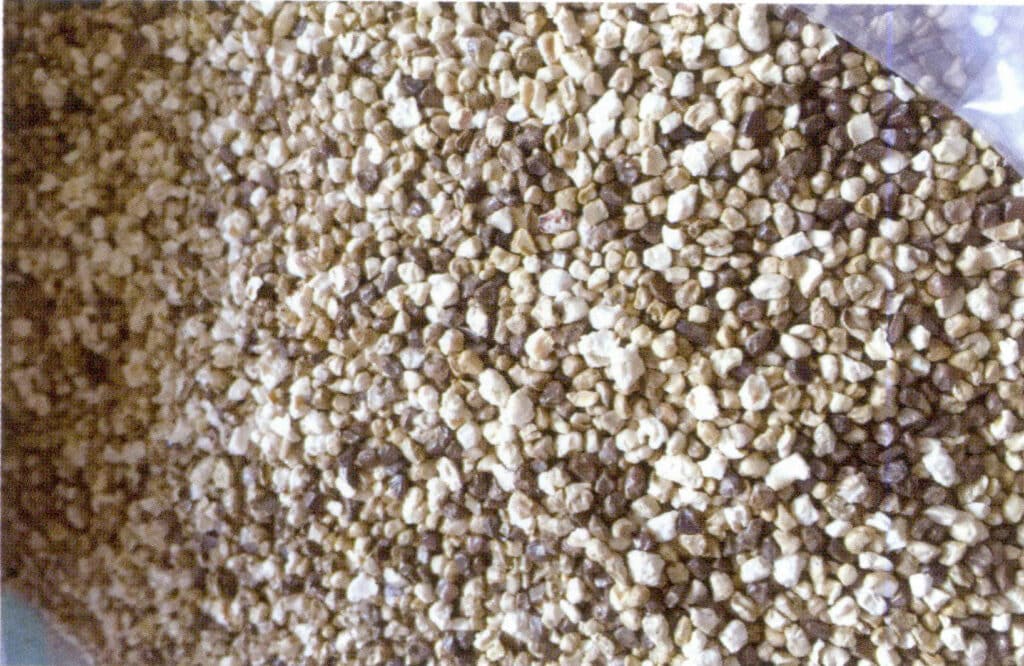
1-5-36. ábra Polírozott anyag

1-5-37. ábra Polírozott anyag 2
Helyezze a polírozó anyagot a polírozógépbe, és tegye a fehérített, fehérített, festett és napon szárított gyöngyöket is a polírozógépbe, hogy együtt forogjanak, és polírozzák a gyöngyréteg felületét a gyöngyök simaságának és csillogásának fokozása érdekében, amint az 1-5-38. és 1-5-39. ábrán látható.

1-5-38. ábra Gyöngyök csiszolása 1

1-5-39. ábra Gyöngyök csiszolása 2
2. Festés
A tengervízi és édesvízi gyöngyök korlátozott természetes színei miatt nem tudják kielégíteni a piaci és dekorációs igényeket. A gyöngyök színének megváltoztatására szolgáló módszerek közül a festés viszonylag a legegyszerűbb, és ezért a legszélesebb körben alkalmazott. A festéssel a világos színeket szerves vagy szervetlen festékekkel lehet elmélyíteni, és a fehér gyöngyöket különböző színekre festeni. A festés különböző típusú gyöngyökre alkalmazható.
(1) Festési módszer
Az előfeldolgozás után a gyöngyöket speciális kémiai színezőoldatokba lehet áztatni. Különböző színű festékek használatával a gyöngyök különböző színekben színezhetők.
Ha hideg kálium-permanganátot használnak festékként, akkor barnára festhetik a gyöngyöket; kobalt (Co) sók és más festékek használatával a tengervíz gyöngyök szürkére festhetők, hogy utánozzák a szürke japán tengervízben tenyésztett gyöngyök természetes színét. Más szervetlen vagy szerves színezékek is használhatók a gyöngyök különböző színű festésére. A különböző színű festett gyöngyöket az 1-5-40-1-5-49. ábrák mutatják.

1-5-40. ábra Festett édesvízi tenyésztett gyöngyök és gyöngyházkagylók
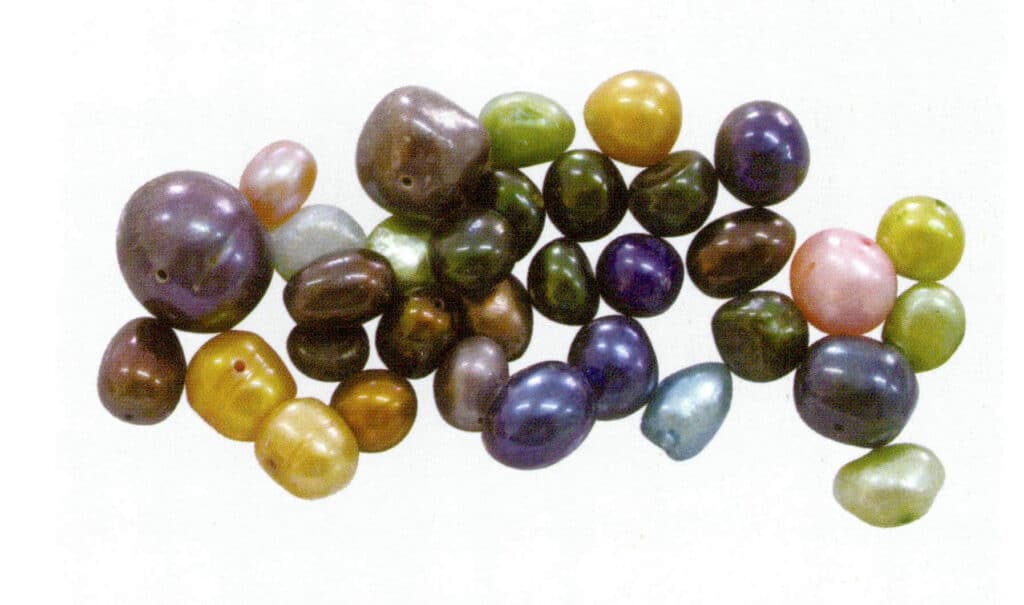
1-5-41. ábra Festett édesvízi tenyésztett gyöngyök (1)

1-5-42. ábra Festett édesvízi tenyésztett gyöngyök (2)

1-5-43. ábra Festett édesvízi tenyésztett gyöngyök (3)
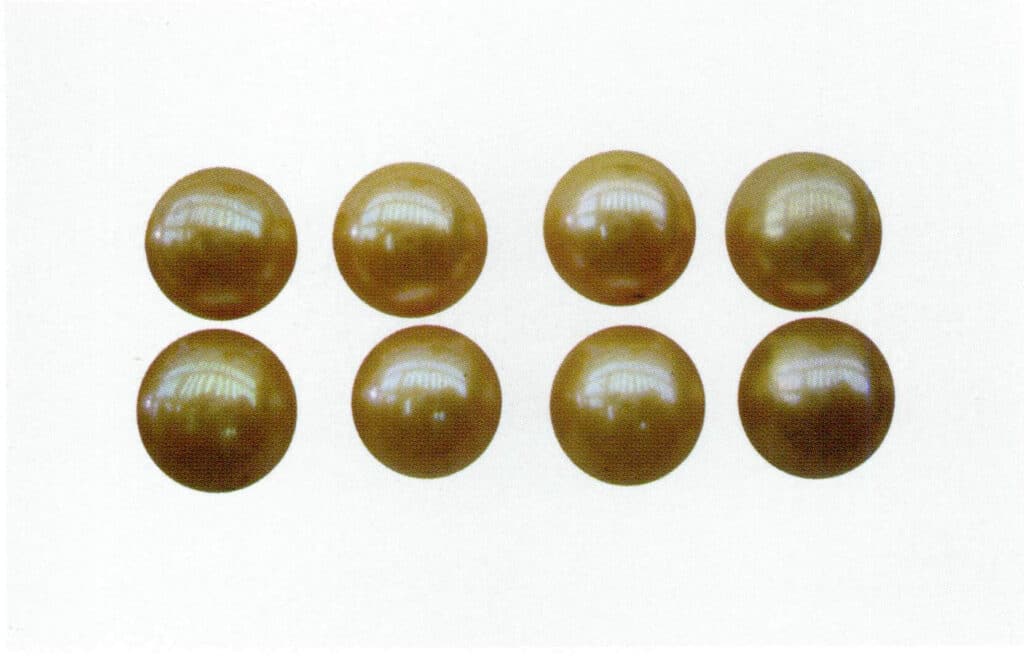
1-5-44. ábra Festett édesvízi tenyésztett gyöngyök (4)

1-5-45. ábra Festett déltengeri akvakultúra-gyöngyök

1-5-46. ábra Kínai tengervízben tenyésztett gyöngyök festése (1)

1-5-47. ábra Festett kínai tengeri akvakultúra-gyöngyök (2)

1-5-48. ábra Festett japán tengervízben tenyésztett gyöngyök (1)
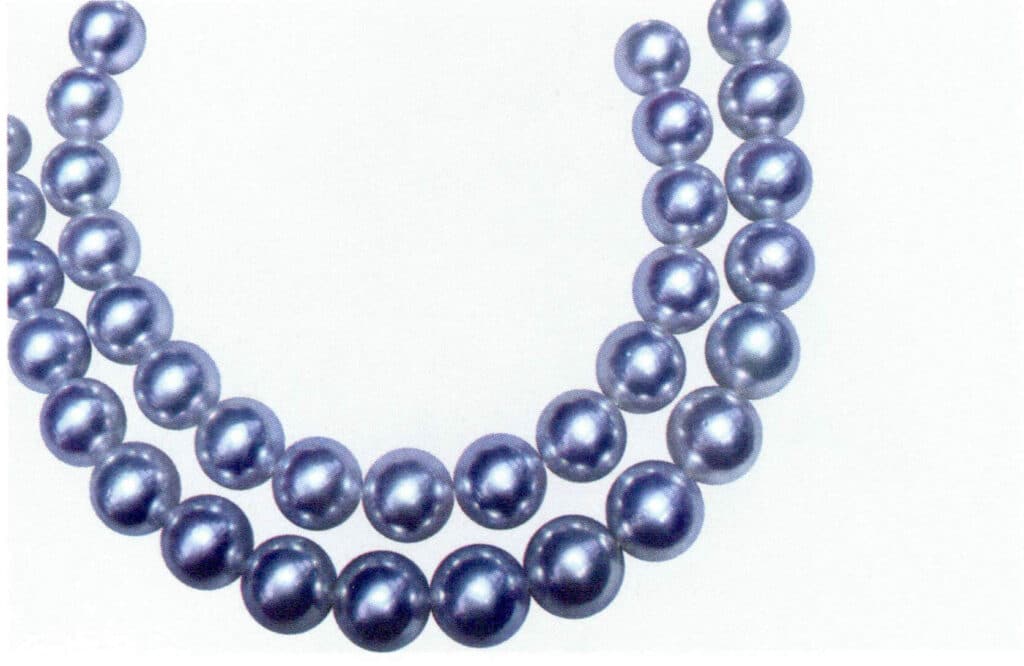
1-5-49. ábra Festett japán tengeri tenyésztett gyöngyök (2)
Ahhoz, hogy a festék a gyöngyházréteg résein keresztül bejuthasson a belsejébe, a gyöngyöt elő lehet fúrni, és a festéket a lyukakba lehet fecskendezni a színezéshez.
A piacon a leggyakoribb típus a festett fekete gyöngy, amelyet ezüstsókkal kezelnek, hogy a gyöngyréteget teljesen átlátszatlan tiszta feketére fessék. A gyöngyöket általában híg ezüstnitrát- és ammóniaoldatba áztatják, majd a mintákat napfényre helyezik vagy kénhidrogéngázban redukálják, hogy feketévé váljanak. A festett fekete gyöngyök fény és hő hatására stabilak. Egyes gyöngyöknél több festési folyamatra van szükség a kívánt hatás eléréséhez. A gyöngyök fekete színezésének kezelését az 1-5-50-1-5-55. ábrák mutatják.
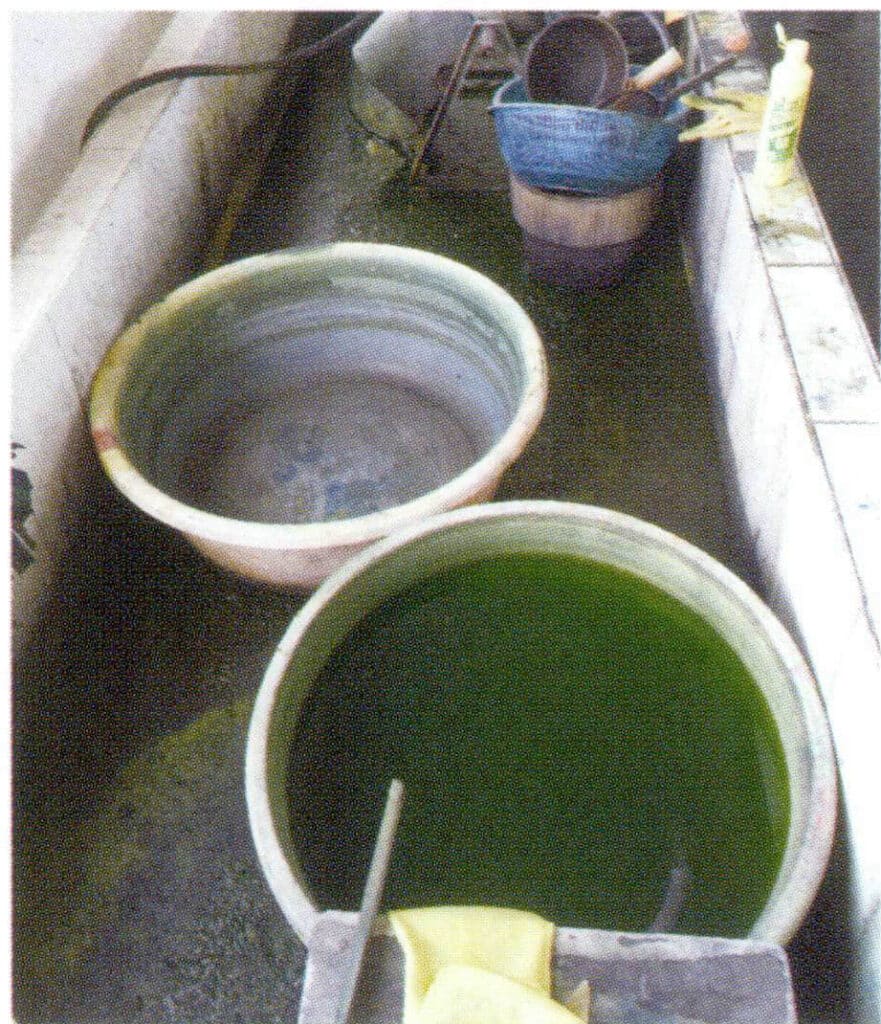
1-5-50. ábra Tengeri tenyésztett gyöngyök festésére szolgáló műhely
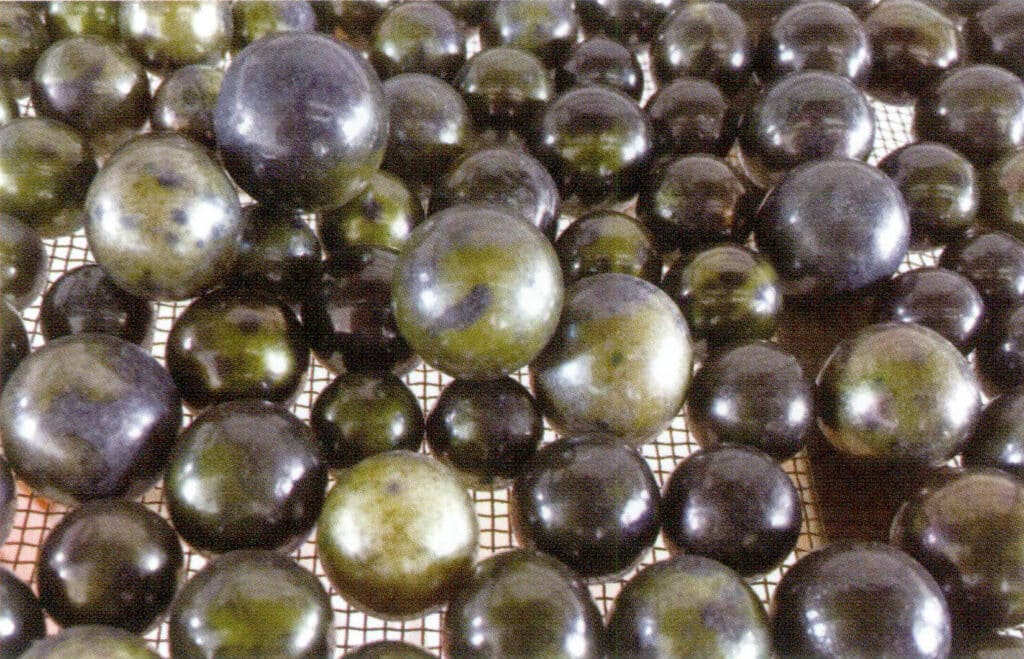
1-5-51. ábra Szárított tengervízben tenyésztett gyöngyök az első festés után

1-5-52. ábra Tengeri tenyésztésű gyöngyök másodlagos festés után
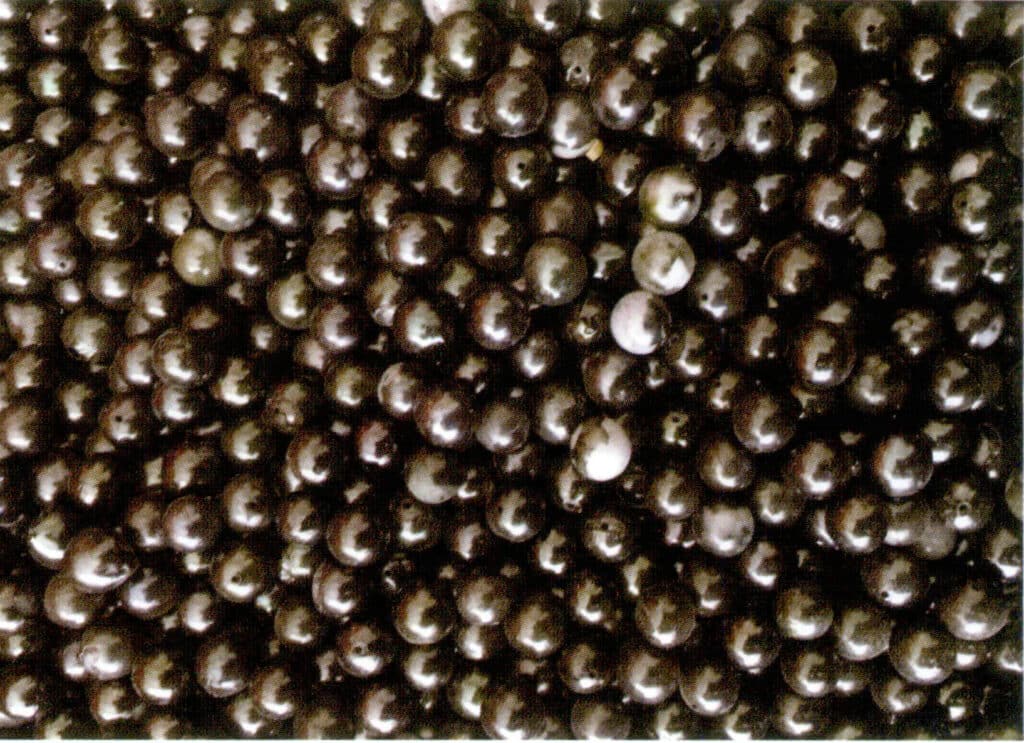
1-5-53. ábra Befejezett festett tengervízből tenyésztett gyöngyök
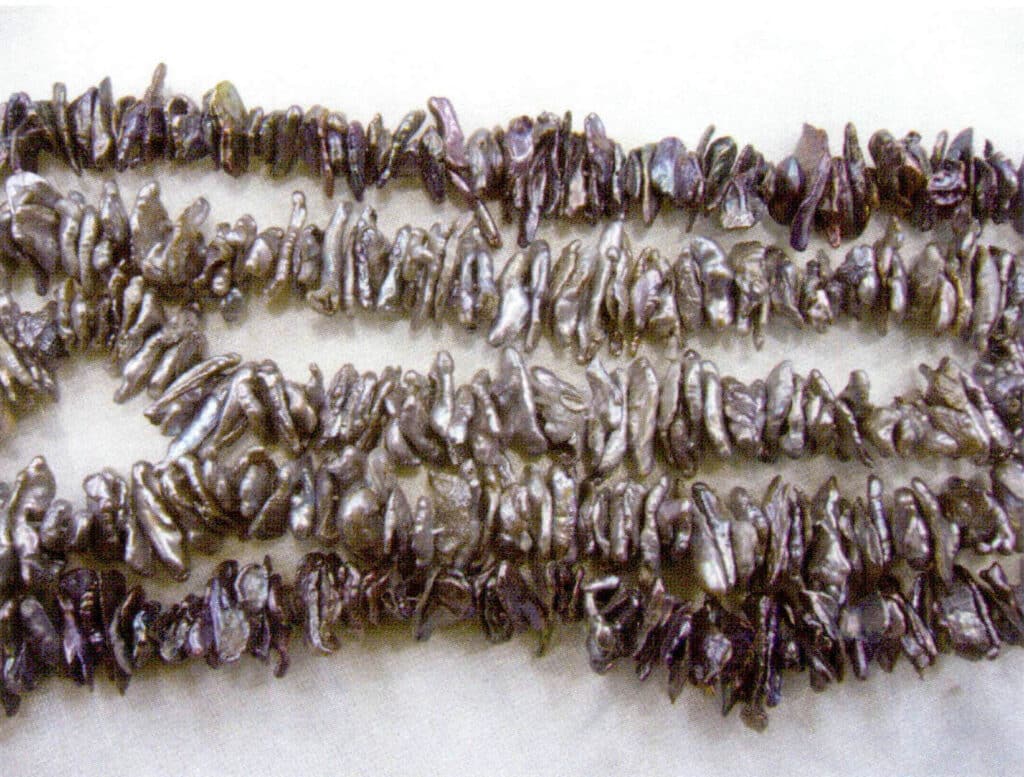
1-5-54. ábra Festett édesvízi tenyésztett gyöngyök (1)
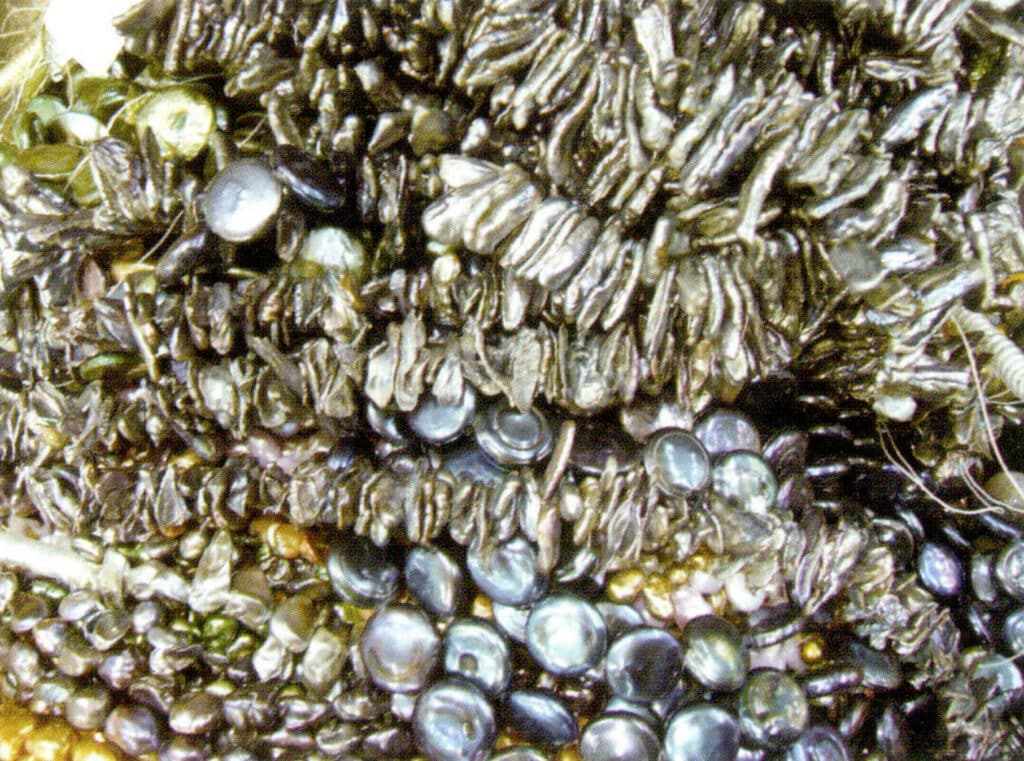
1-5-55. ábra Festett édesvízi tenyésztett gyöngyök (2)
(2) Azonosítási jellemzők
- Szabad szemmel és nagyított ellenőrzés A gyöngyfestéshez használt nyersanyagok általában gyenge fúrású, fényű vagy színű gyöngyök, és a festés előtti fúrás megkönnyíti a festék diffúzióját. A fekete kivételével azonban más színek esetében általában nehéz elérni az egységes színt a teljes gyöngyrétegen, amint az az 1-5-56. és 1-5-57. ábrán látható.

1-5-56. ábra Festett édesvízi tenyésztett gyöngyök keresztmetszete (1)
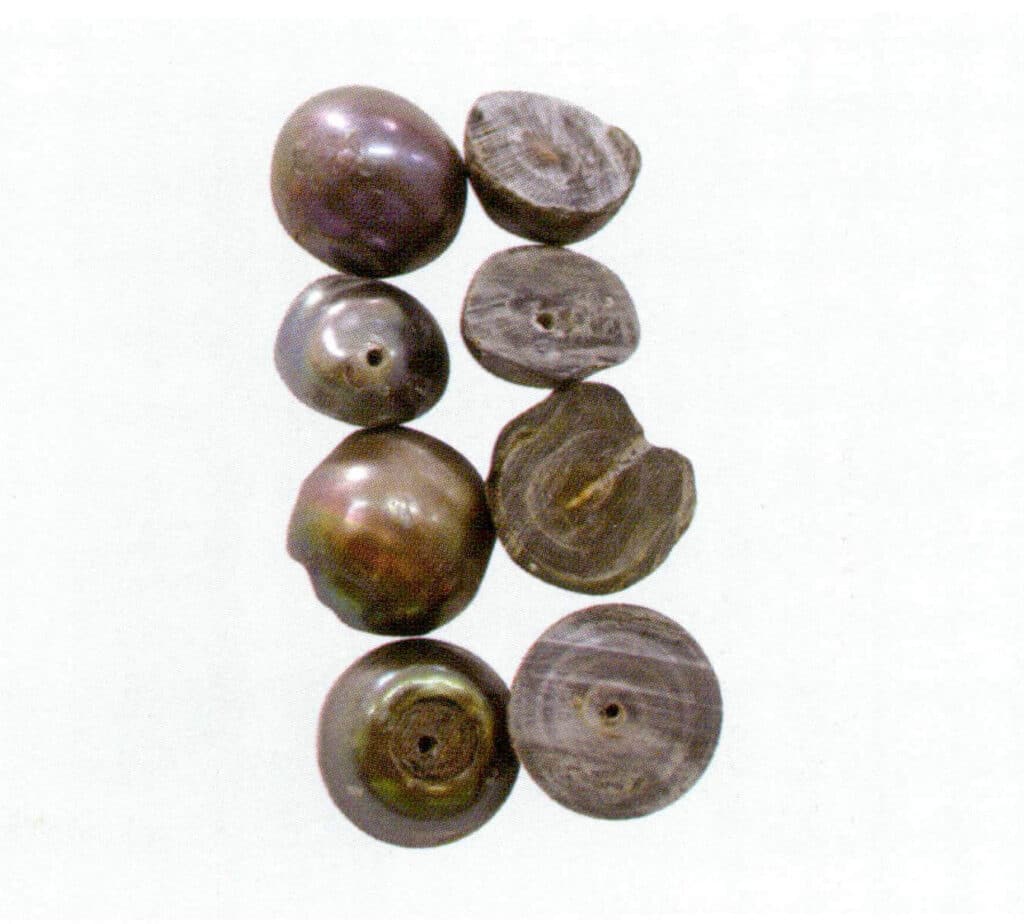
1-5-57. ábra Festett édesvízi tenyésztett gyöngyök keresztmetszete (II)
A festett gyöngyök egyik legfontosabb azonosítási jellemzője a fúrt lyuk jellemzői. A festék ugyanis általában a fúrás mentén szivárog be, így könnyen felhalmozódik ezen a területen. Ezenkívül a felszíni hibás gödröknél is lerakódik a színezőanyag, amely sötétebb színű, mint a gyöngy egyéb sima rétegeinek színe.
A festett gyöngyök nagyított vizsgálata színfoltokat és pontszerű kiválásokat mutat a felületen; a gyöngyházréteg gyakran korrodált, korróziós jeleket, finom ráncokat és természetellenes foltokat vagy port mutat, és előfordulhat a gyöngyházréteg leválása is.
A festett fekete gyöngyök általában tiszta feketék, egyenletes színűek, gyenge csillogásúak, természetellenes felhangokkal és kísérő színekkel rendelkeznek, és gyakran abnormális fémes csillogást vagy felhangokat mutatnak. A kémiai kezelés nyomai gyakran láthatók a fúrt lyukak közelében, a lyukak körül gyakran sárgulás vagy más, a többi területtől eltérő szín jelenik meg.
A festett gyöngyök szabad szemmel és nagyítással megfigyelt azonosító jellemzőit az 1-5-58-1-5-69. ábrák mutatják.
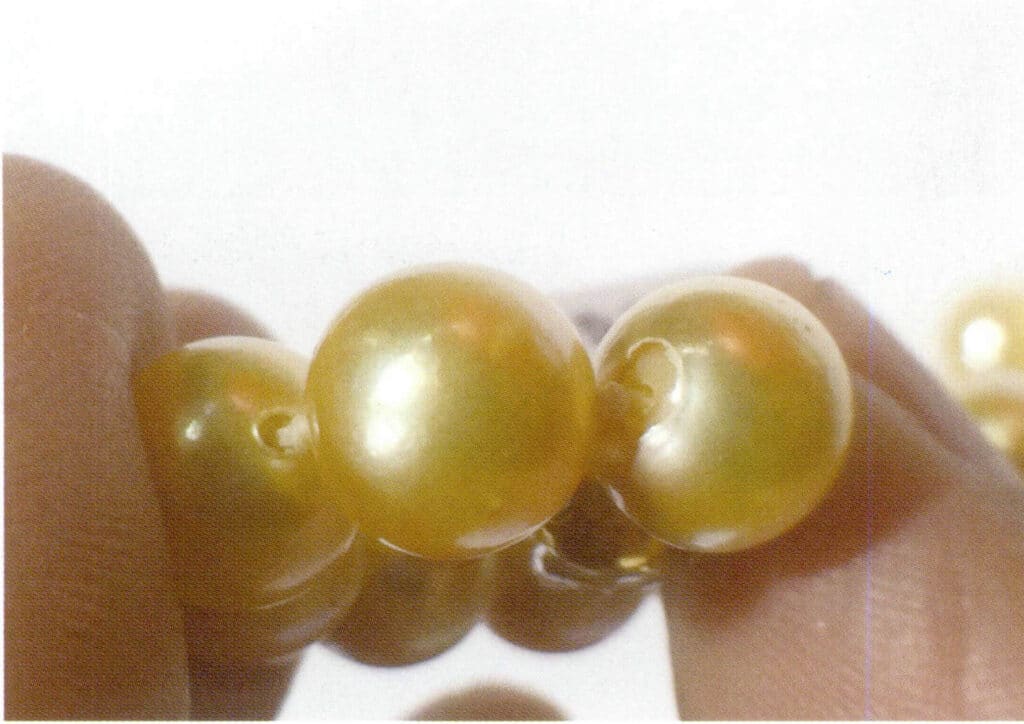
1-5-58. ábra A festett tengervízből származó tenyésztett gyöngyök fúrási helyének jellemzői (1)

1-5-59. ábra A festett tengervízben tenyésztett gyöngyök fúrási furatainak jellemzői (II)
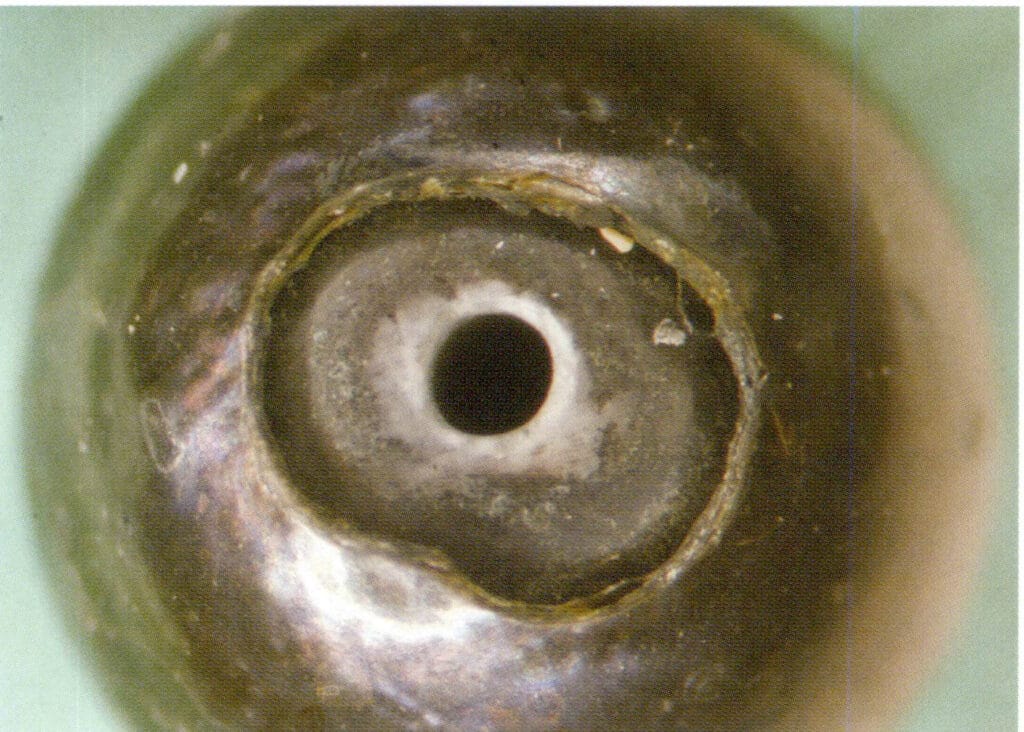
1-5-60. ábra A festett tengervízben tenyésztett gyöngyök fúrási területének jellemzői (mikroszkóp alatt)
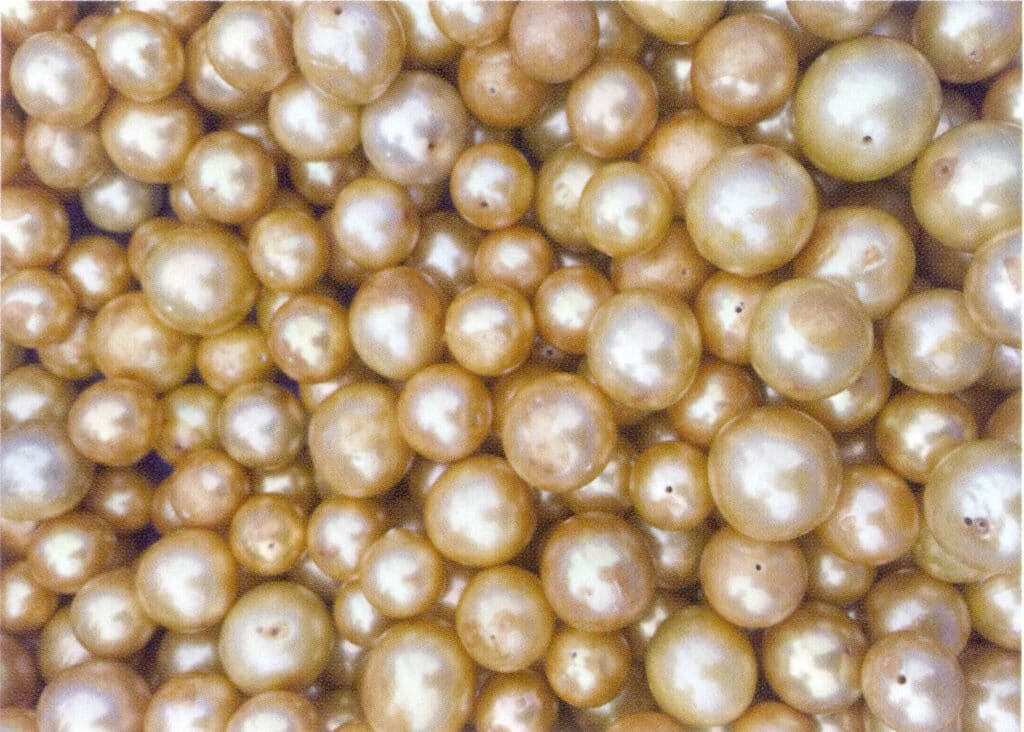
1-5-61. ábra A festett édesvízi tenyésztett gyöngyök színe a fúrt lyukaknál és a hibáknál elmélyül.
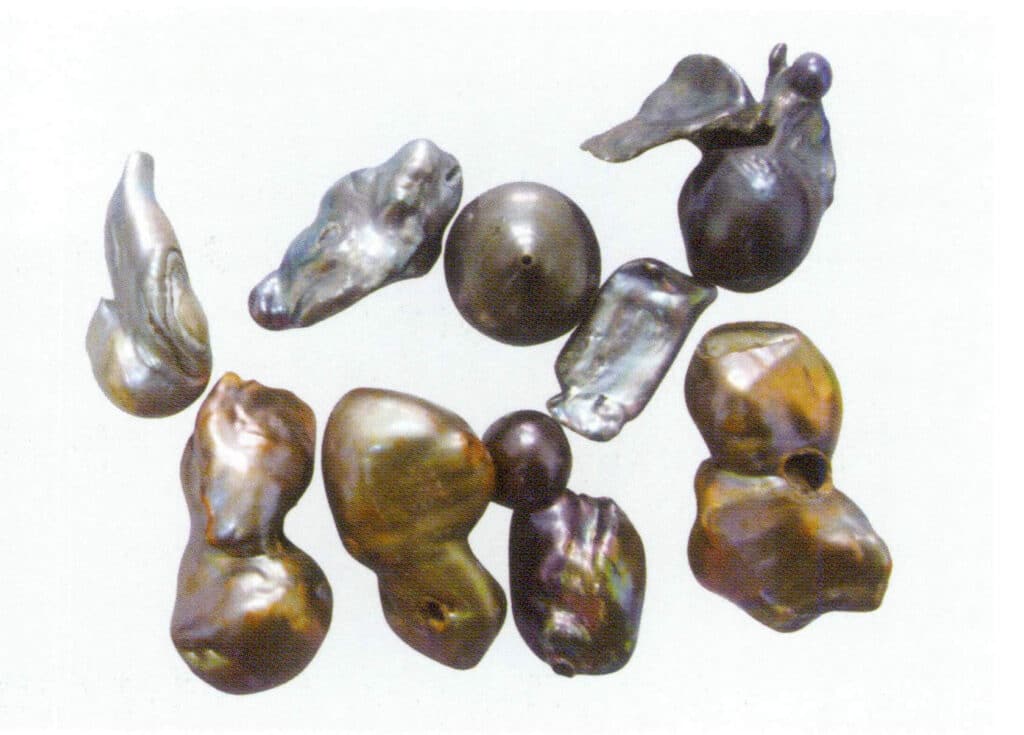
1-5-62. ábra A fekete színűre festett édesvízi tenyésztett gyöngyök csillogása és kísérő színei
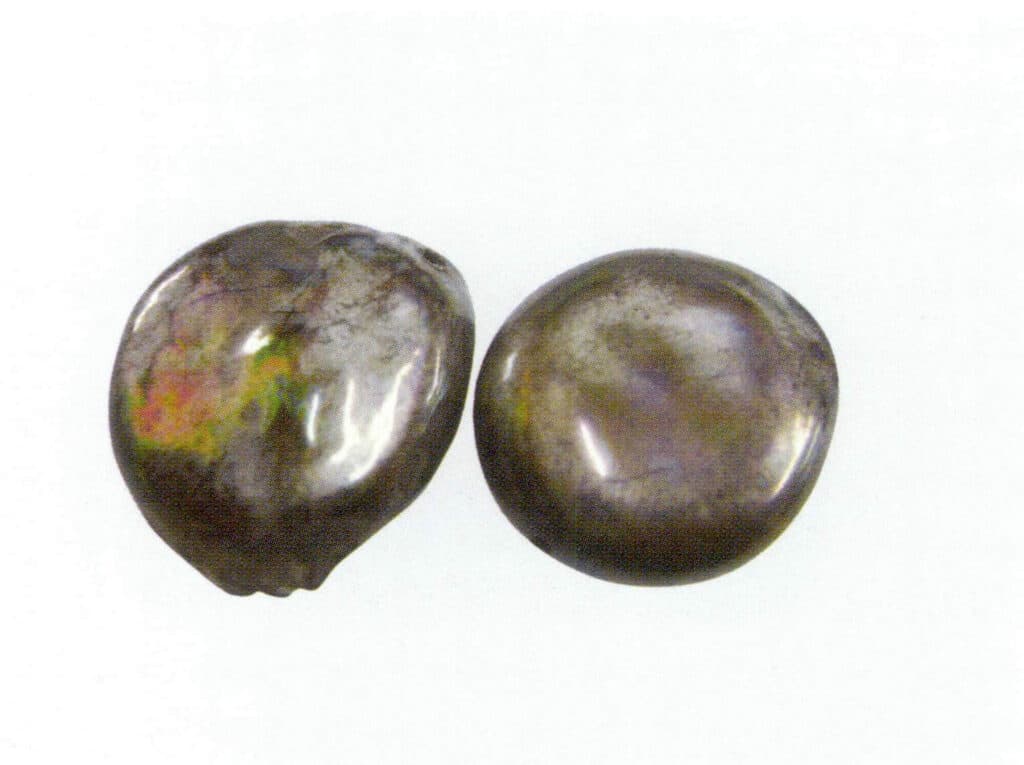
1-5-63. ábra Fekete színezett édesvízi tenyésztett gyöngyök fémes csillogása c
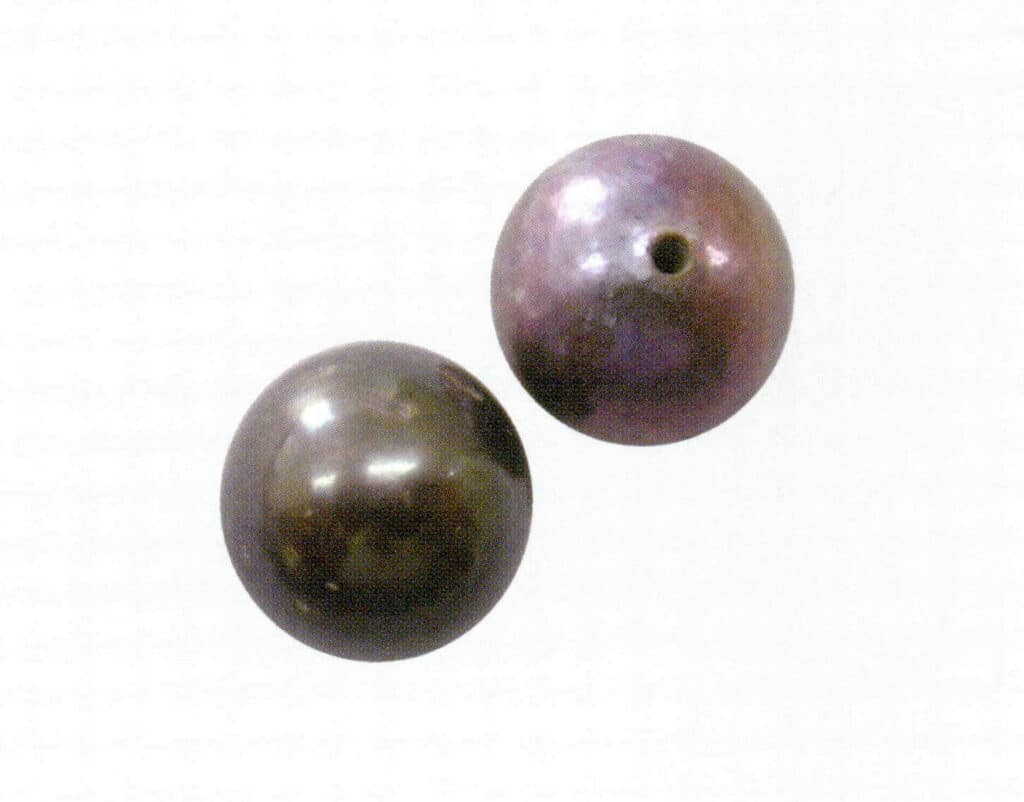
1-5-64. ábra Természetellenes foltok a feketére festett édesvízi tenyésztett gyöngyök felületén

1-5-65. ábra A korrózió jelei a feketére festett édesvízi tenyésztett gyöngyök felületén, beleértve a gyöngyházréteg leválását is.

1-5-66. ábra A nem édesvízi tenyésztett gyöngyök gyakori színei (1)
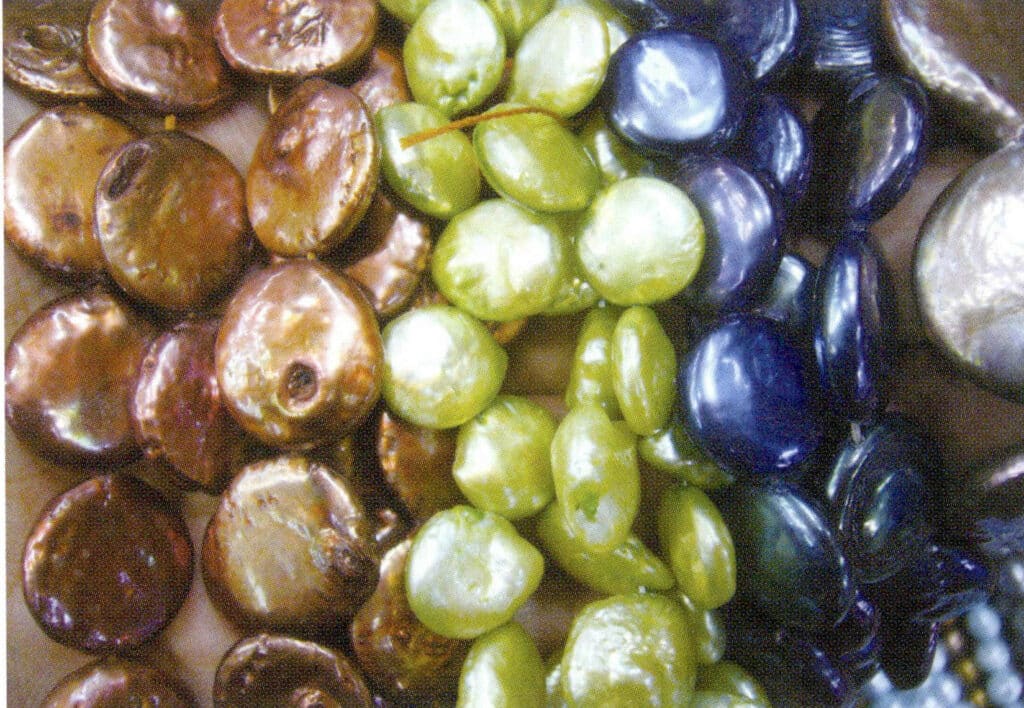
1-5-67. ábra A nem édesvízi tenyésztett gyöngyök gyakori színei (II)
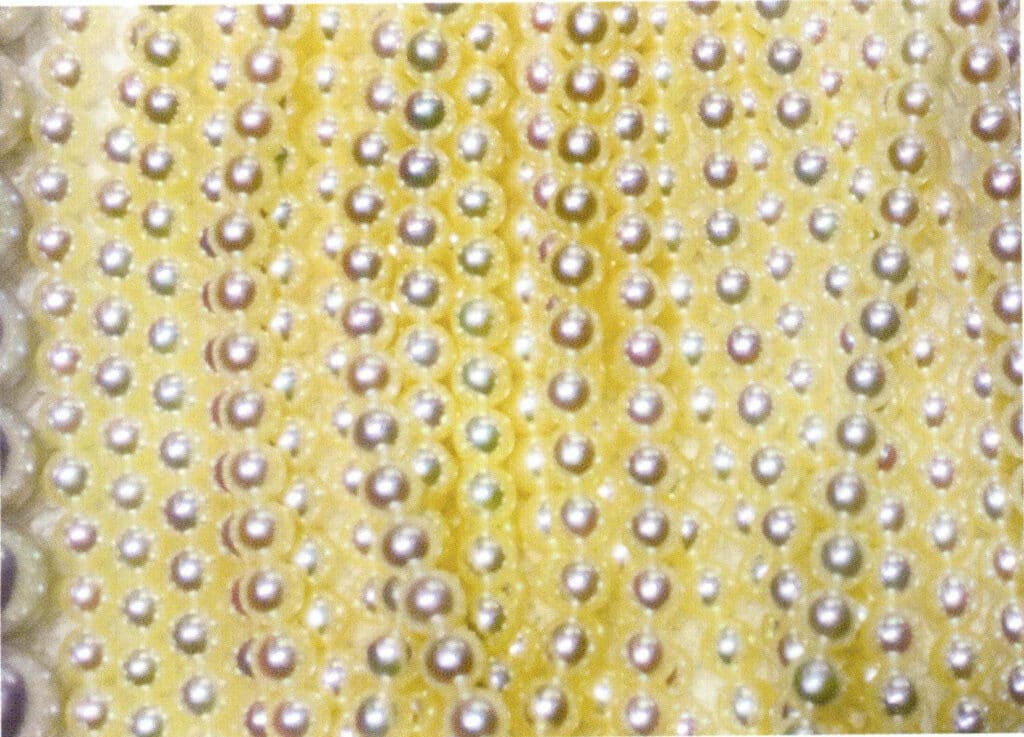
Az 1-5-68. ábra a nem japán tengervízben tenyésztett gyöngyök gyakori színeit mutatja.
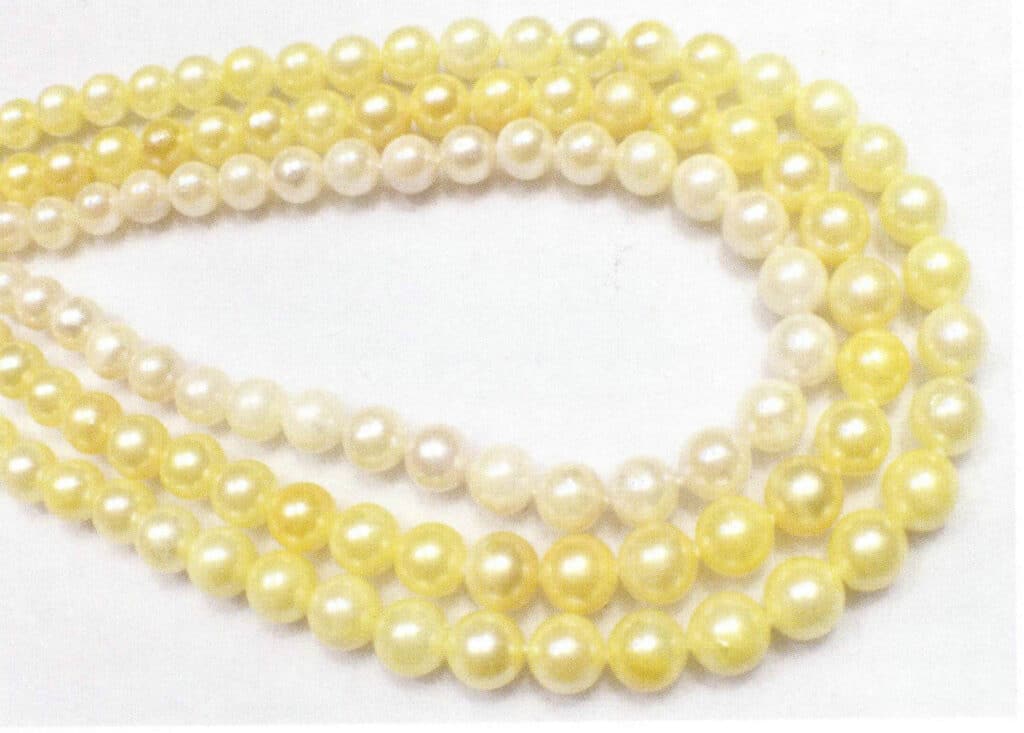
1-5-69. ábra A nem kínai tengervízben tenyésztett gyöngyök gyakori színei (a fehér kivételével)
- Hosszú hullámú ultraibolya fényben a természetes fekete gyöngyök sötétvörös-barna és vörös fluoreszcenciát mutathatnak, míg a festett fekete gyöngyök fluoreszcenciája inaktív vagy sötétzöld.
- Fényképészeti módszer
(1)A röntgenfotózás olyan anyagokat használ, mint a gyöngymag, a szerves anyag és az aragonit, amelyek a röntgensugarak számára különböző mértékben átlátszóak. Azt a tulajdonságot, hogy az ezüst nem engedi át a röntgensugarakat, a különböző színek megkülönböztetésére használják a röntgenfotó-filmeken: a gyöngy a természetes fekete gyöngy röntgenfotó-filmeken látható. A réteg, a keményfehérje és a mag között egy jól elkülönülő összekötő sáv létezik; az ezüstsókkal kezelt festett gyöngyöknél az ezüst általában a gyöngyházréteg és a mag közötti szerves keményfehérje-rétegben rakódik le, így a fényképen csak fehér csíkok jelennek meg.
(2) Az infravörös fényképezési módszer a természetes fekete gyöngyök és a festett fekete gyöngyök eltérő infravörös fényvisszaverő tulajdonságait használja ki. A film kékes képet mutat a természetes gyöngyök esetében, míg a festett fekete gyöngyök kékes-zöldtől sárgáig terjedő képet mutatnak.
- Mikrokárosodás azonosítása: Híg sósavba vagy acetonba mártott vattakoronggal törölje át a nem feltűnő területeket. A természetes gyöngyök nem veszítik el a színüket, míg a festett gyöngyök fekete foltokat hagynak. A fúrás helyén kaparáskor a természetes fekete gyöngyök fehér port, míg a festett fekete gyöngyök fekete port termelnek.
- Raman-spektroszkópia Bár a különböző festési eljárásokkal kezelt fekete gyöngyöknek különböző Raman-spektrum-csúcsai vannak, általában nagyon erős kalcit-csúcsok vannak az 1084 cm-es hőmérséklet közelében.-1, közepes intenzitású csúcsok 702 cm-nél-1, és festékcsúcsok stb.
3. Besugárzás
(1) Módszer
A gyöngysugaras kezelés általában az 1960 óta létező Y-sugárzási módszert alkalmazza. Az Y-sugárzási módszerben használt sugárforrás a következő 60Co, 100Ci-nek megfelelő intenzitással (1Ci = 3,7 x 1010 Bq), kb. 1 cm-es sugárzási távolság és 20 perces besugárzási idő.
Az édesvízi tenyésztett gyöngyök fekete és ezüstszürke testszínű gyöngyökké válhatnak, amelyeket besugárzás után élénk színek, például zöld, kék és vörös színűek kísérnek. A tengervízi gyöngyök gyöngyházrétege nem változtatja meg a színét besugárzás után, de a mag színe elmélyül, ha édesvízi kagylóhéjat használnak gyöngymagként.
A besugárzás dózisának és idejének megfelelőnek kell lennie. Ha a dózis vagy az idő nem elegendő, a gyöngyök csak szürkék lesznek, és nem érik el az ideális fekete színt. Általában a besugárzás dózisa és ideje pozitívan korrelál a gyöngyminta színének elmélyülésével; azonban, ha egy bizonyos pontot túllépünk, vagyis ha a dózis túl magas és az idő túl hosszú, a besugárzott gyöngyök csillogása gyengülni fog. Még a gyöngyházréteg is lepereghet.
Besugárzás után a gyöngyök ultraibolya fényben és napfényben is stabilak. Ha a besugárzott gyöngyöket külön-külön napfénynek és ultraibolya fénynek teszik ki, a színük néhány óra elteltével sem változik észrevehetően. A besugárzott gyöngyök színe az általános körülmények közötti több mint hat hónapos tárolás után is változatlan marad.
(2) Azonosítási jellemzők
Mivel a tengervizes gyöngyök nem alkalmasak a besugárzással történő színváltoztatásra, általában az édesvízi, nem magoncolt tenyésztett gyöngyöket kezelik, lásd az 1-5-70. és az 1-5-71. ábrát.

1-5-70 ábra Besugárzott édesvízi tenyésztett gyöngyök
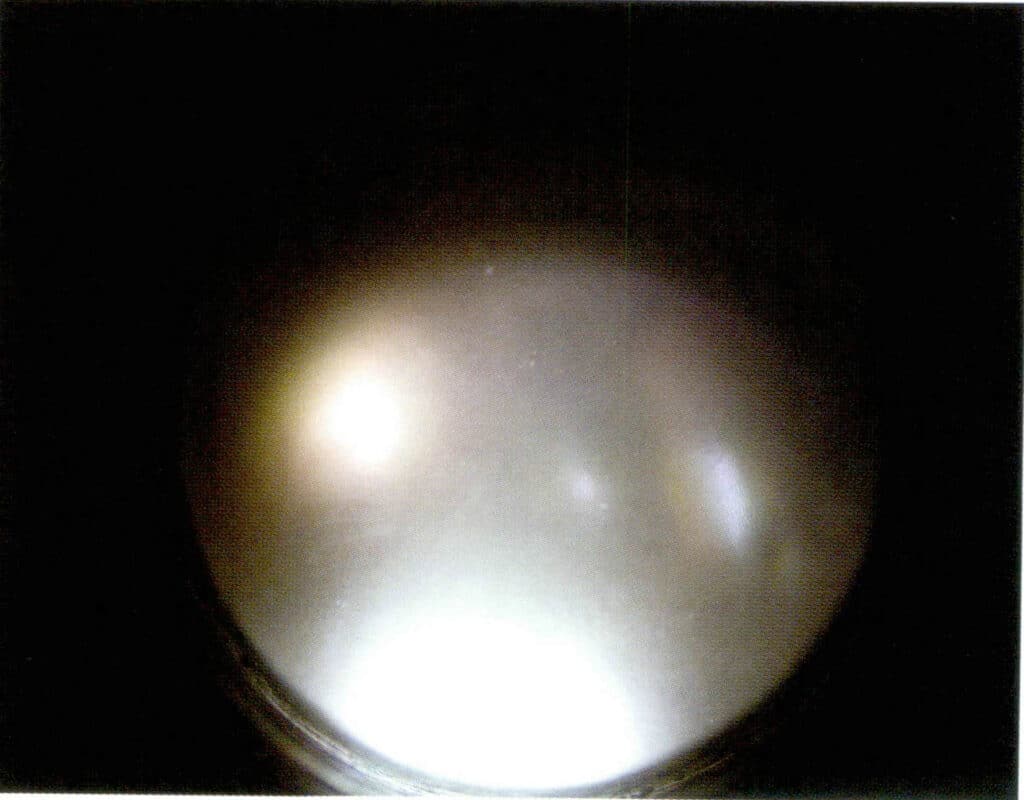
1-5-71. ábra Besugárzott édesvízi tenyésztett gyöngyök (mikroszkóp alatt)
Az azonosító jellemzők a következők:
(a) A nagyított vizsgálat a tenyésztett gyöngyökhöz hasonló.
(b) Fluoreszcens jellemzők Hosszú hullámú ultraibolya fényben az Y-sugárzással kezelt édesvízi tenyésztett gyöngyök rendkívül erős zöld fluoreszcenciát mutatnak; két ismeretlen forrásból származó, a piacról vásárolt, besugárzott édesvízi tenyésztett gyöngy szintén erős zöld fluoreszcenciát bocsát ki, valamivel gyengébben, mint az Y-sugárzással kezelt édesvízi tenyésztett gyöngyök. A besugárzott tengervízi gyöngyök közepes vagy erős kék-fehér fluoreszcenciát mutatnak; a természetes fekete gyöngyök általában vörös vagy barnásvörös fluoreszcenciát bocsátanak ki. Rövidhullámú ultraibolya fényben a besugárzott gyöngyök közepes vagy gyenge zöld fluoreszcenciát mutatnak, míg a természetes fekete gyöngyök általában nem bocsátanak ki fényt.
(c) Katódsugaras lumineszcencia jellemzők Katódsugárzás alatt a besugárzott gyöngyök szerkezete durvábbnak tűnik, rosszabb átlátszósággal, csökkent csillogással és az előbbiekhez képest feltűnően "száraz" megjelenéssel; néhány gyöngyön felületi repedések és egyéb sérülések láthatók. A festett, besugárzott fekete gyöngyök katódlumineszcenciája hasonló a színtelen, besugárzott gyöngyökéhez, de a lumineszcenciájuk egyenetlen, ami belső repedésekről árulkodik. Ezenkívül nagyobb sérült területek jelennek meg a felszínen. A piacról vásárolt, ismeretlen forrásból besugárzott édesvízi gyöngyök katódlumineszcenciája egyértelműbben mutatja a belső repedéseket, hasonlóan a fent említett festett besugárzott fekete gyöngyök katódlumineszcenciájához. A tengervizes gyöngyök esetében a besugárzott gyöngyök rétegei katódsugárzás alatt nem vagy csak gyenge kék-fehér fényt bocsátanak ki, míg a szabadon hagyott fekete héjrészek zöld fényt bocsátanak ki; a természetes fekete gyöngyök katódsugárzás alatt nem bocsátanak ki fényt.
(d) Infravörös és Raman spektrális jellemzők A besugárzott gyöngyök infravörös spektruma nem mutat jelentős különbséget az édesvízi tenyésztett gyöngyökhöz képest, de vannak különbségek a természetes fekete gyöngyökhöz képest.
A Raman-spektrum különbséget mutat a festett és a természetes fekete tenyésztett gyöngyök között. A besugárzott gyöngyök Raman-csúcsai könnyen azonosíthatók, az erős fluoreszcencia miatt a csúcsok helyzete túl magasan van, általában csak egy gyengített 1083cm -1 kalcitcsúcs; a festett és besugárzott fekete gyöngyök Raman-csúcsai hasonlóak az általában besugárzott édesvízi tenyésztett gyöngyökéhez. A természetes fekete gyöngyök a kalcitcsúcson kívül általában számos kísérő csúcsot mutatnak, mint például 1168,54cm-1, 1262.85cm-1, 1472.23cm-1,1563.34cm-1, 1604.89cm-1 és így tovább.
(e) Mikrokárosodási vizsgálat: A mikrokárosodás azonosítása során egy kis késsel kaparja le a port a nem feltűnő területeken, mivel a por mennyisége nagyon kicsi; a besugárzott gyöngyök pora ugyanolyan, mint a természetes, és fehérnek is látszik. Néha a festett fekete gyöngyökből és a festett plusz besugárzott fekete gyöngyökből származó mikropor is lehet fehér.
(f) A tahiti fekete gyöngyök másik jellemzője a nukleált tengervízgyöngy. Általában a tengervízgyöngyök színváltoztató hatása nem ideális. Ezért, ha az édesvízi gyöngyök a tahiti fekete gyöngyök megjelenését mutatják, ez a besugárzási kezelés egyik segédazonosítási kritériumaként szolgálhat.
4. Hőkezelés
A hőkezelési eljárás az 1990-es években kezdett megjelenni, főként a világosabb színű aranyszínű déltengeri gyöngyökre. A hőkezelési eljárás konkrét részleteit bizalmasan kezelik.
This process mainly targets un-drilled pearls. After drilling, the color inside the pearl hole is noticeably lighter than the surface. The diagnostic identification feature is the ultraviolet-visible spectroscopic characteristics. Naturally colored golden South Sea pearls have a strong absorption peak at 330-385nm, and the deeper the color, the stronger the peak, while heat-treated pearls are the same as naturally colored white South Sea pearls, showing no characteristic absorption peaks in this range.
5. Fading
Fading treatment, also known as bleaching, mainly refers to Tahitian black pearls. Tahitian black pearls can be bleached through an undisclosed process to fade to a chocolate color.
The color tone of pearls treated with this fading process is difficult to control, making it hard to ensure that each pearl has the same tone, see Figure 1-5-72 to Figure 1-5-75.
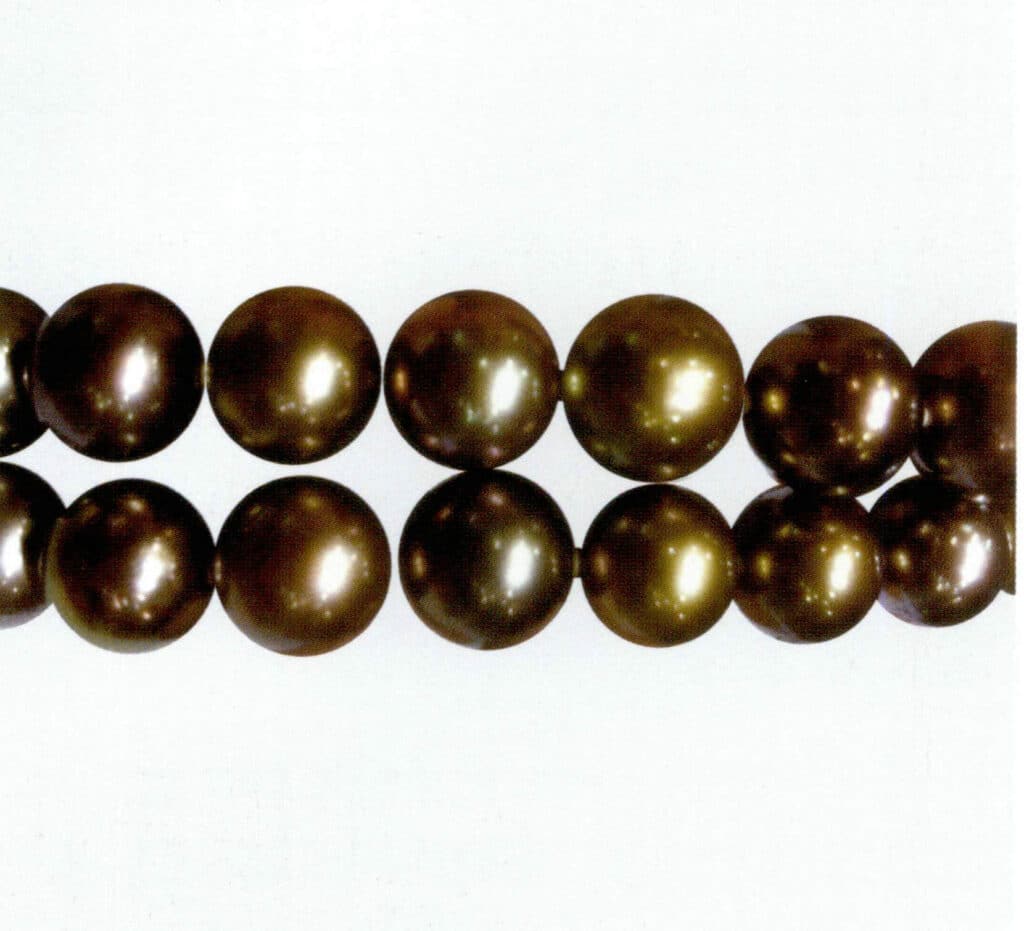
Figure 1-5-72 Fading treatment of seawater cultured pearls 1
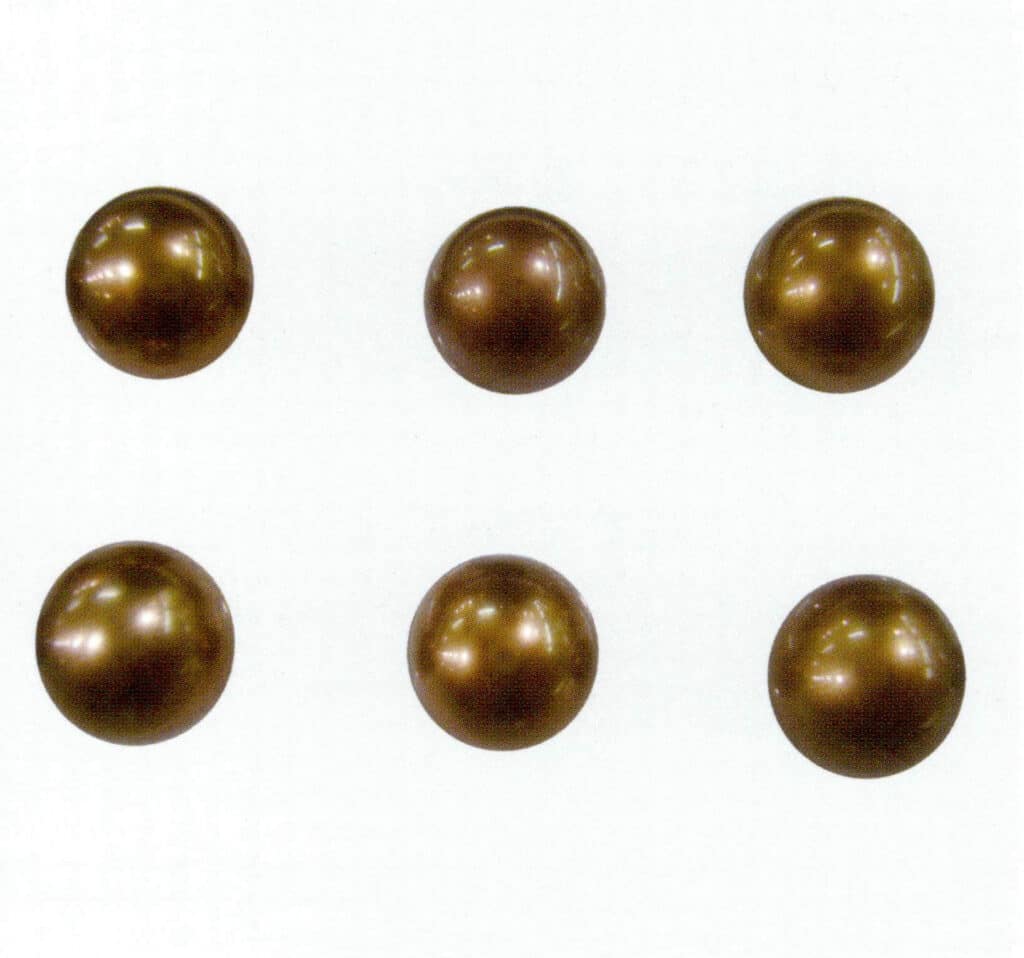
Figure 1-5-73 Fading treatment of seawater cultured pearls 2
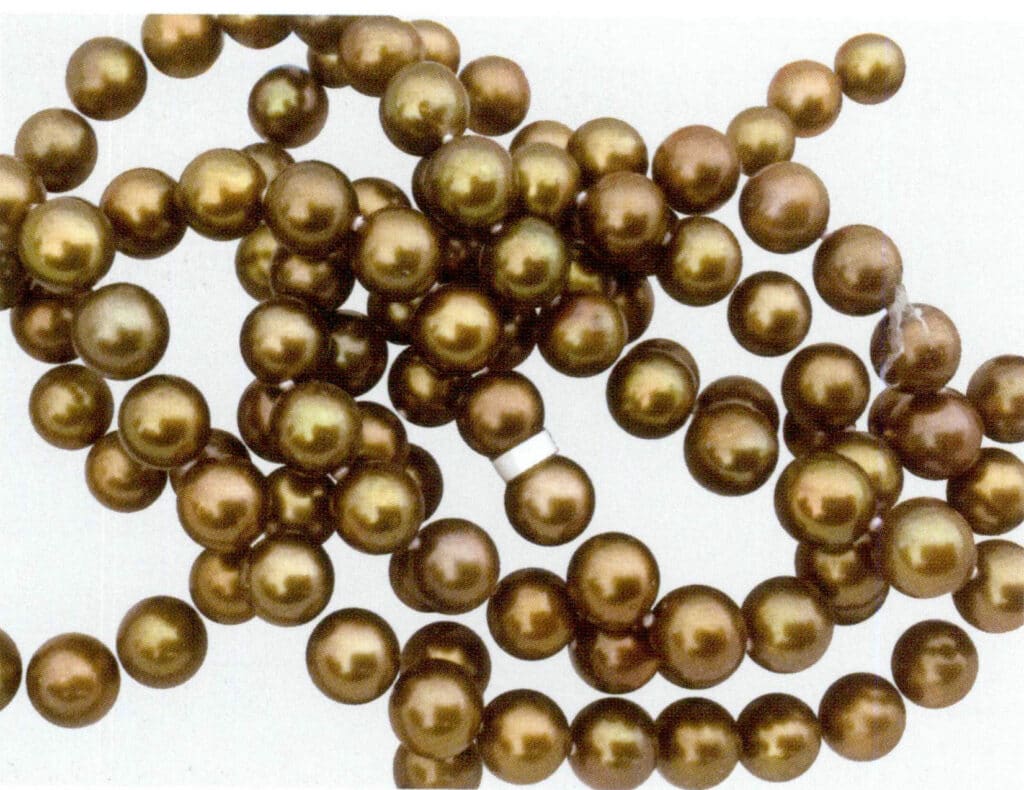
Figure 1-5-74 Fading treatment of seawater cultured pearls 3
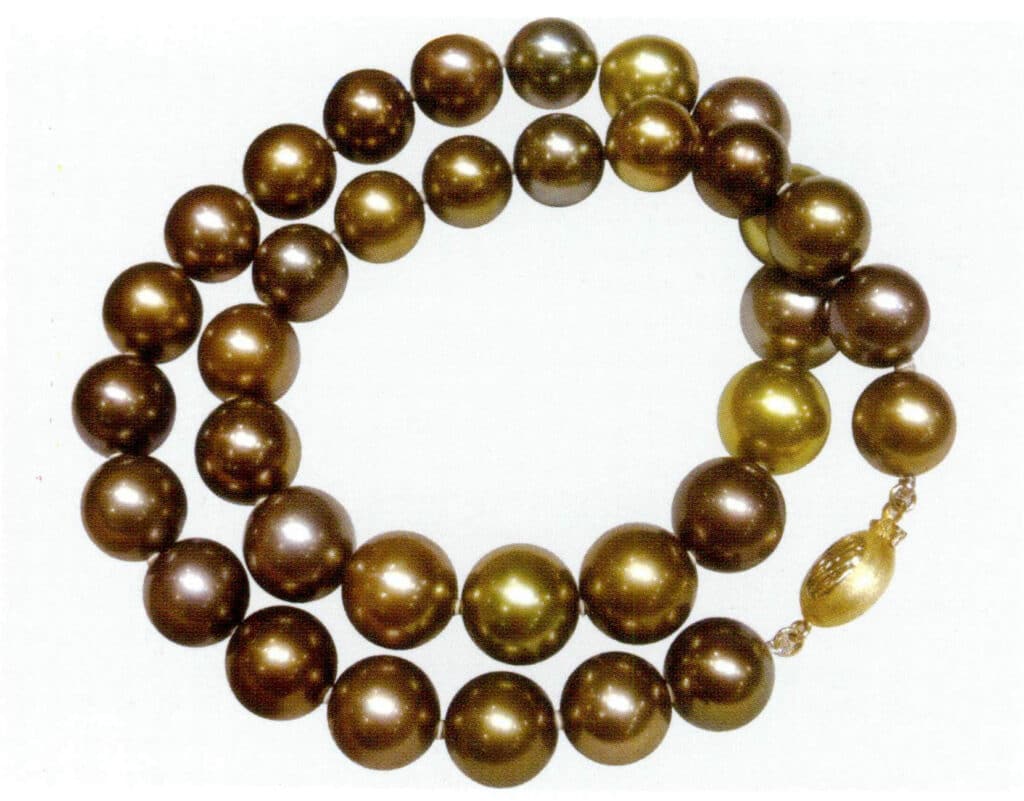
Figure 1-5-75 Fading treatment of seawater cultured pearls4
6. Film Coating
Such methods are mainly applied to low-quality freshwater non-nucleated pearls and are not widely seen in the market and laboratories.
(1) Polymer Coating
A thicker layer of colorless polymer (mainly plastic) is applied to the surface of low-luster black nucleated cultivated pearls from the Taqi Dike; freshwater pearls can also be coated with a thick film and cut into small facets.
During identification, it can be found that the luster of the pearl does not come from the surface like natural pearls but from beneath the polymer layer. The color of the pearl also varies in tone when observed from the top and the side.
Additionally, bubbles trapped in the colorless plastic layer, uneven surfaces, scratches on the covering layer, sharp objects that can leave marks on its surface, and other “dressing” characteristics can all serve as identification criteria.
(2) Coated Silica Pearls
A layer of polydimethylsiloxane is applied to the surface of the pearl to improve its luster.
The surface of the pearl is particularly glossy and has a some sticky feel when touched. Upon magnified inspection, the edges of the pearl’s layered crystals are difficult to see, and sometimes, the colorless covering layer and surface scratches are visible.
( 3 ) “Electroplated” Pearls
The surface of the pearls is “electroplated” with a layer of Ti-rich material to improve their luster. This treatment is mainly applied to white freshwater pearls. The luster intensity of the treated pearls is generally positively correlated with the Ti content.
Azonosítási jellemzők: The luster of “electroplated” coated pearls is generally stronger than that of white freshwater pearls and conventional brightening bleached pearls (Figure 1-5-76), with a relative density comparable to freshwater pearls; the ultraviolet fluorescence of white “electroplated” coated freshwater pearls is mostly light blue, weaker than that of conventional brightening bleached freshwater pearls. Under microscopic observation, the surface of white “electroplated” freshwater pearls may show scratches and patchy wear (Figure 1-5-77). Trace element testing shows high Ti levels, differing from ordinary cultured pearls.

Figure 1-5-76 Untreated pearls (left) and coated treated pearls (right)
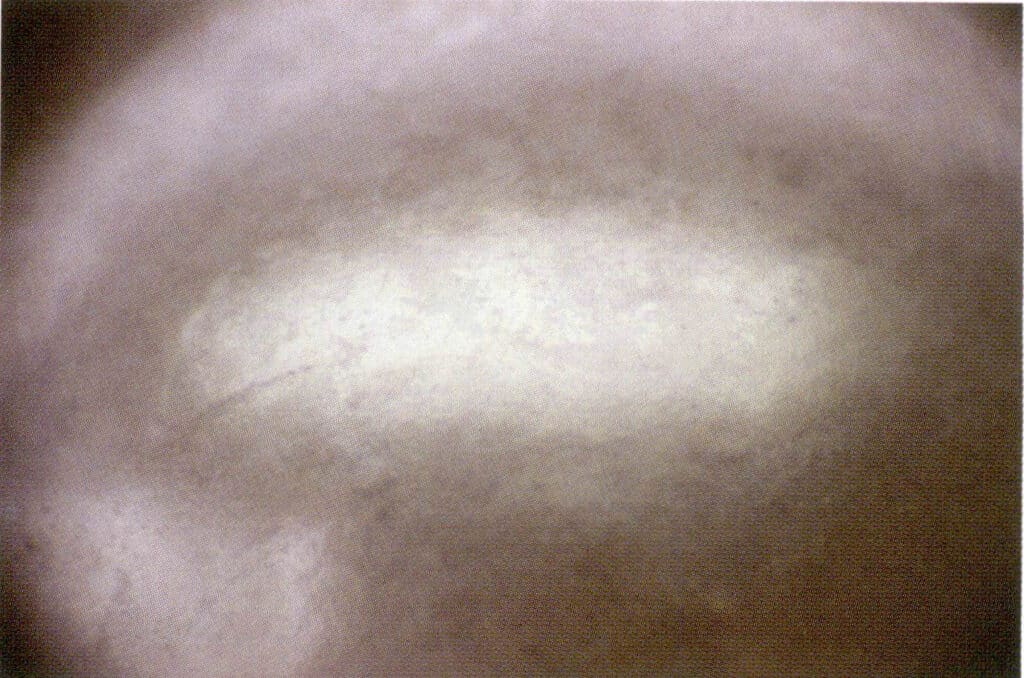
Figure 1-5-77 Scratches on the surface of coated pearls (under microscope)
7. Peeling
Currently, this method is rarely used abroad and is not used domestically.
Peeling treatment involves carefully removing the unattractive outer layer of the pearl with extremely fine tools, hoping to find a better layer underneath. This operation is difficult, and sometimes, one peeling can lead to another peeling until no pearl layer remains. This
method is often used for pearls that have been worn for a long time and have yellowed skin or damaged outer layers.
Peeling treatment is mainly used for natural pearls and seawater cultured pearls, primarily due to their high value, and the difficulty of peeling is not as great as that of freshwater cultured pearls. This may be related to the single-layer thickness of seawater cultured pearls (about 0.3-0.6µm ) being thicker than that of freshwater cultured pearls (about 0.2-0.4µm) and having little variation in thickness.
8. Surface Crack Filling
This type of processing technology is not widely seen in the market or laboratories.
The tiny cracks on the surface of the pearl must be healed promptly to ensure the luster and beauty of the pearl’s appearance. The specific method is to soak the pearl in hot olive oil, using the oil’s penetration to gradually “heal” the cracks on the pearl’s surface, then raise the temperature to 150℃, resulting in a deep brown color on the pearl’s surface.
9. Wax Filling
Wax is mainly used for freshwater cultured pearls with holes on the surface, and wax is used to seal the holes, as seen in Figures 1-5-78 and 1-5-79.
Differences in luster between the wax and the pearl layer can be observed during identification.

Figure 1-5-78 Pearls with holes awaiting treatment
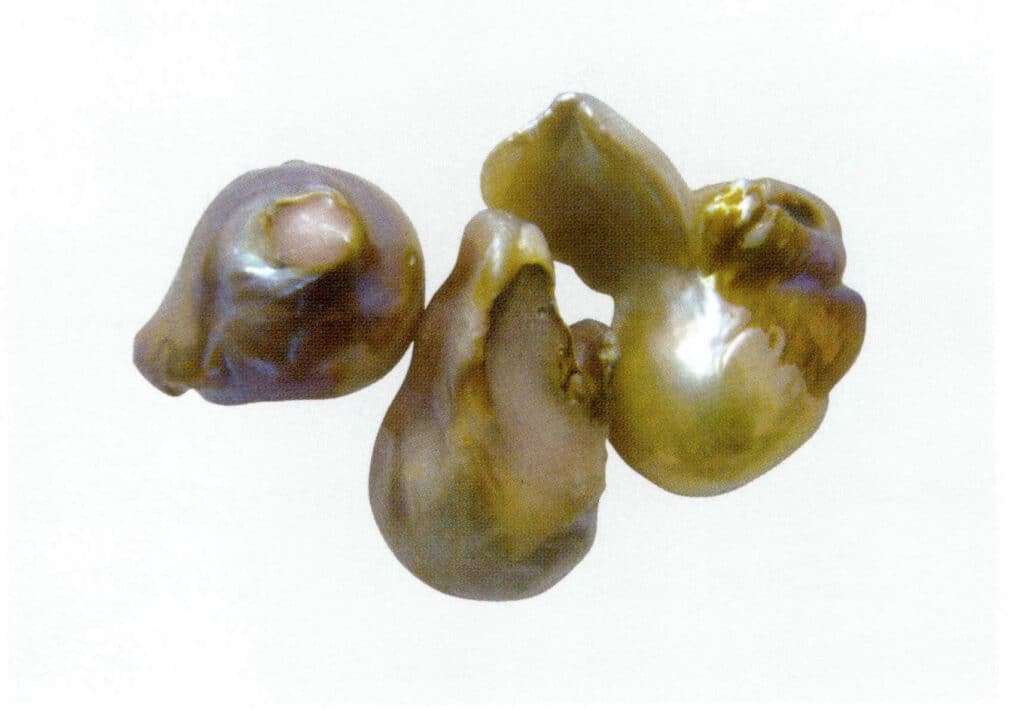
Figure 1-5-79 Freshwater nucleated pearls treated with wax
10. Nucleated pearl dyeing
Seawater pearls can also have their nuclei dyed, achieving a colorful pearl effect visually through the thin white layer of the pearl.
In addition, the outer mantle implanted during nucleation can also be dyed to intervene in the color of the pearl layer. Colored outer mantles of black-lipped and gold-lipped oysters can also be implanted, showing silver-gray or light golden yellow through the thin layer of the pearl, but the pearl layer remains white, see Figure 1-5-80 and Figure 1-5-81.
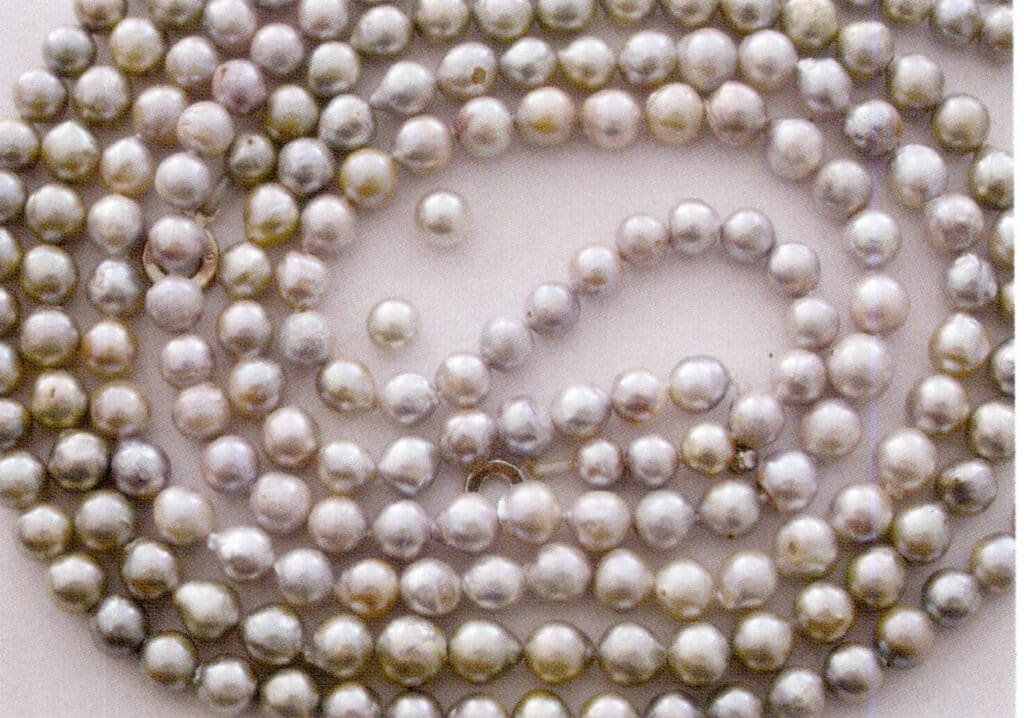
Figure 1-5-80 Gray treated pearls
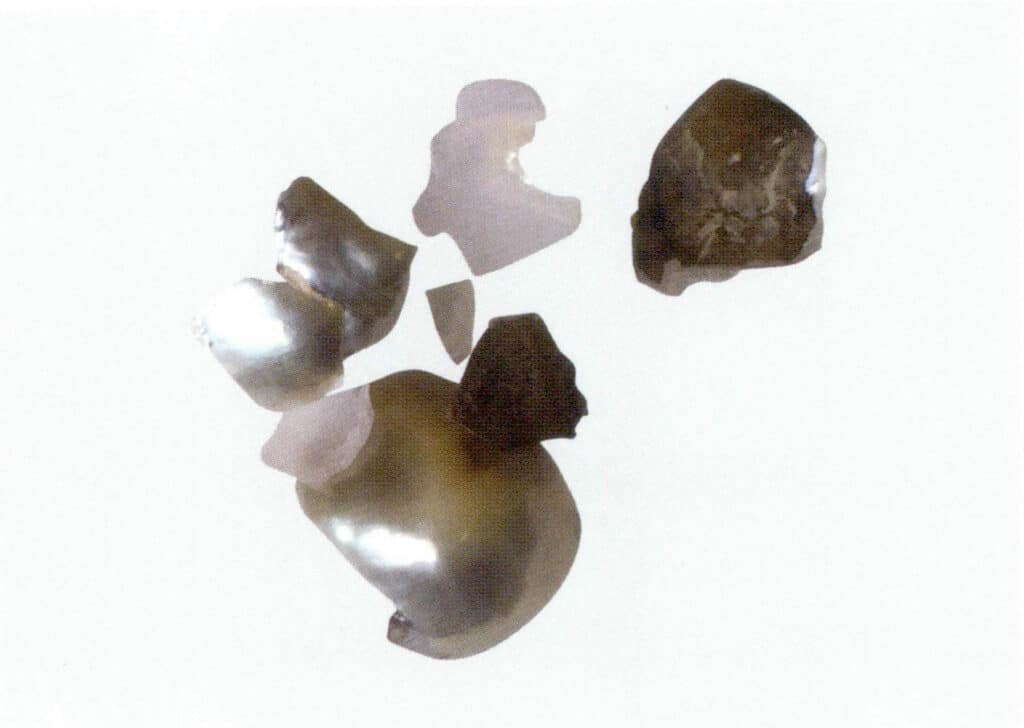
Figure 1-5-81 The color of the inner and outer mother-of-pearl layers is inconsistent
11. Splicing
Mabe pearls are the most common two-layer, or three-layer spliced pearls.
Since the semi-spherical and other shapes of the Mabe pearl nucleus are not inserted into the outer membrane of the mother shell but are glued to the inner shell of the mollusk, the pearl layer of the Mabe pearl is relatively thin, and the nucleus of the Mabe pearl is very easy to separate from the pearl layer covering it. Therefore, it must be spliced before it can be used as jewelry.
Semi-spherical and semi-oval Mabe pearls are generally three-layer spliced. The outer or upper part is the cultured pearl layer, the middle is filled with wax or shell material, and the bottom is glued with the pearl layer of the bead-producing shell. Patterns that are flatter, such as images, are generally two-layer spliced.
During identification, a clear boundary can be seen from the side, with differences in color, luster, etc. In addition, the shape of the assembled pearls is also the most important identification feature: they are semi-circular, semi-elliptical, etc., with larger sizes and flatter bottoms; the setting form of assembled pearl jewelry is mainly bezel setting, which is different from bead setting. See Figures 1-5-82 to 1-5-91.
In addition, there will also be inlaid shells with pearls, which combine shell pearls and mother-of-pearl with shells.

Figure 1-5-82 Cultured shell and Mabe pearl (1)
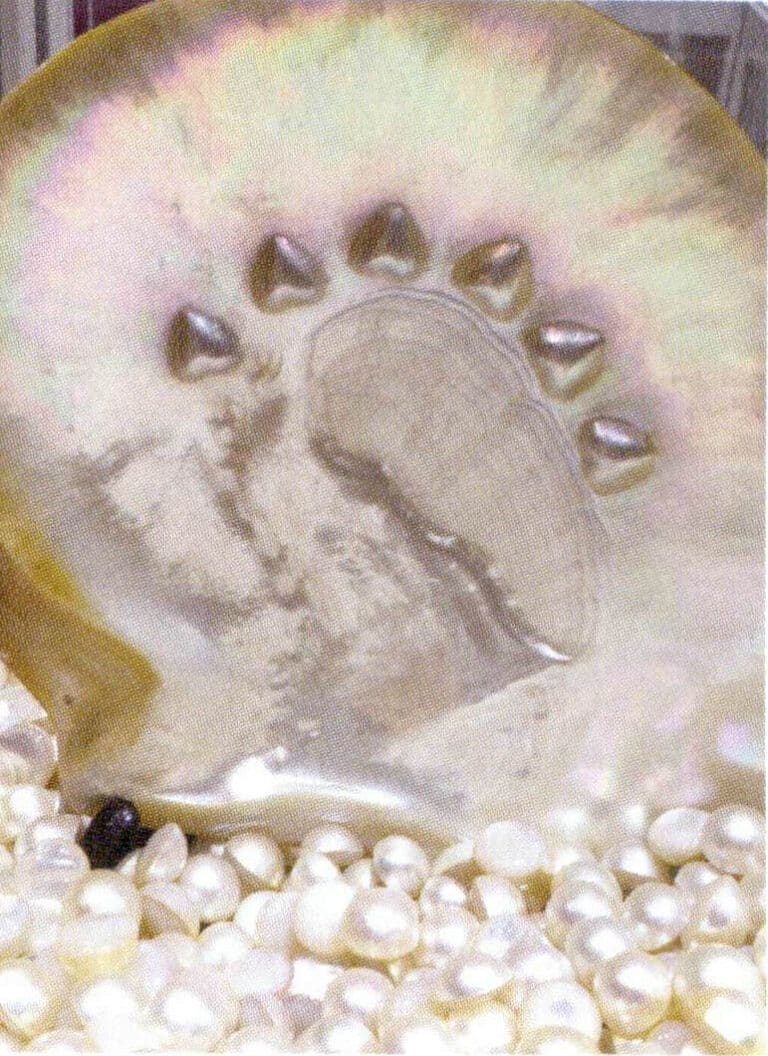
Figure 1-5-83 Cultured Zhu Pearls and Mabe Pearls (2)
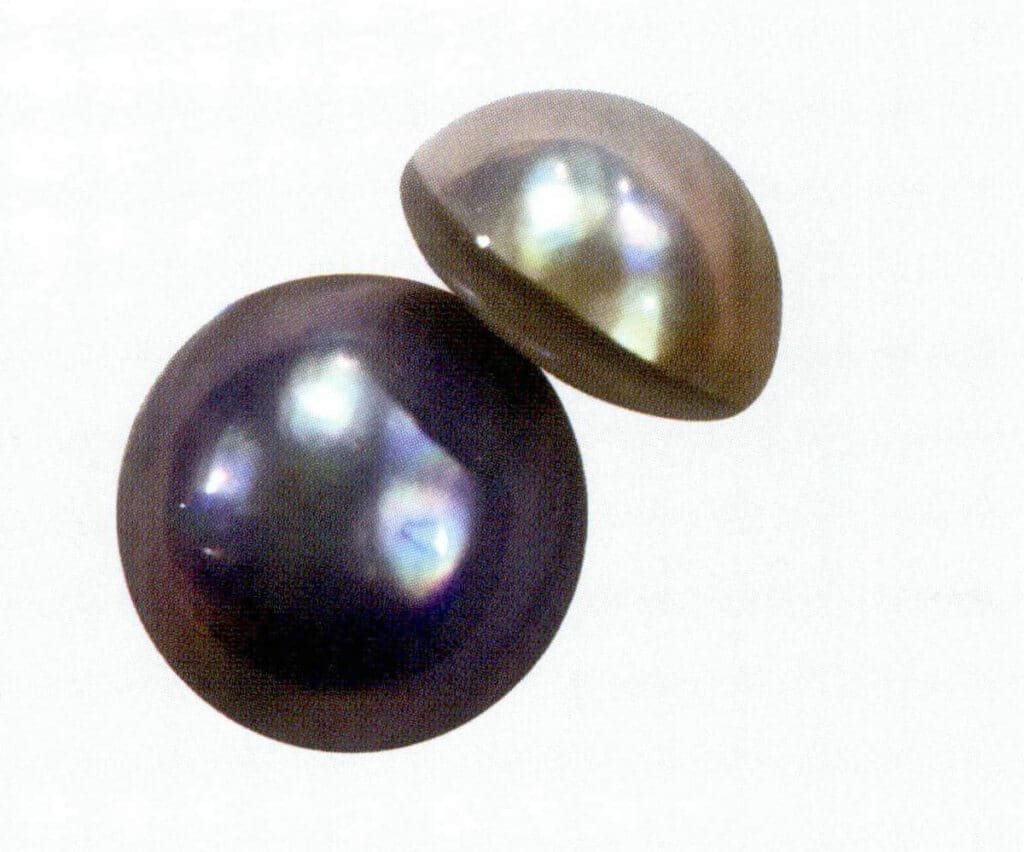
Figure 1-5-84 Three-layer assembled Mabe pearl (1)
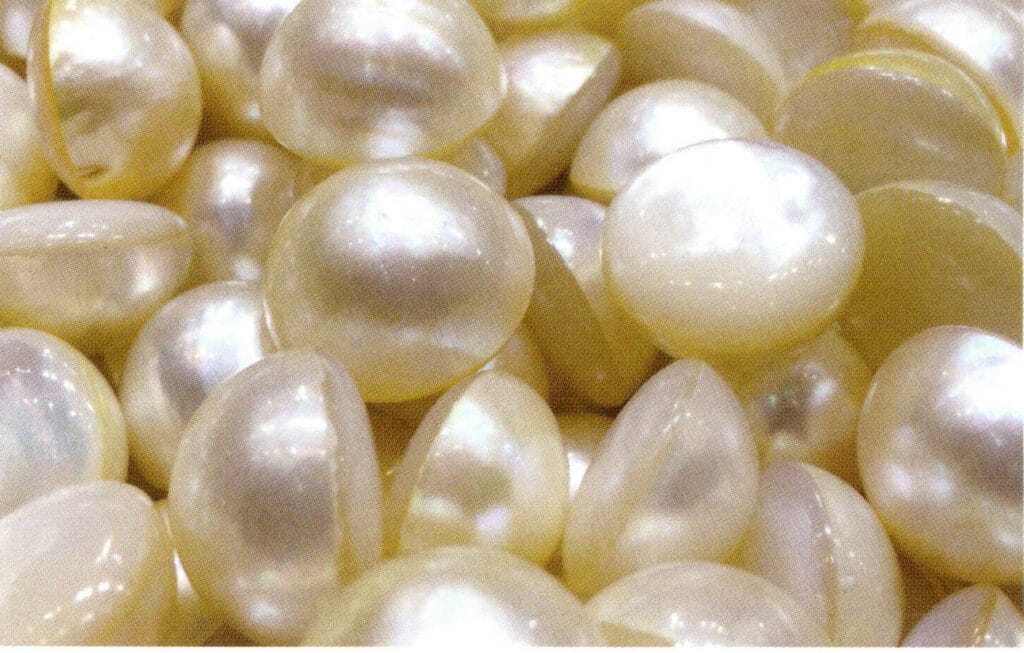
Figure 1-5-85 Three-layer Assembled Mabe Pearls (2)
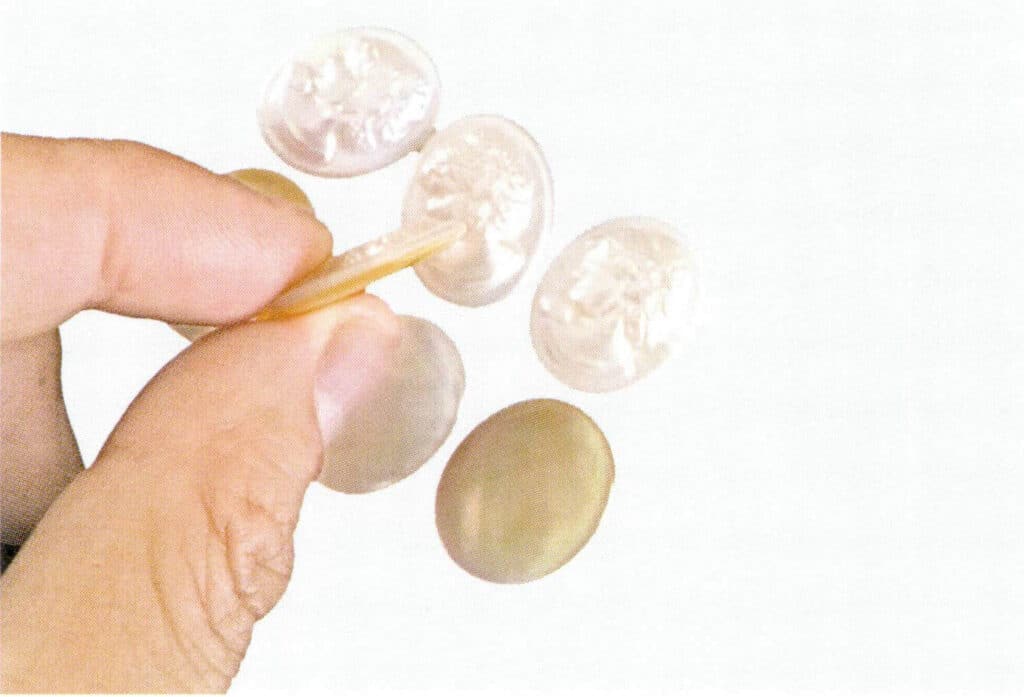
Figure 1-5-86 Two-layer assembled portrait Mabe pearl
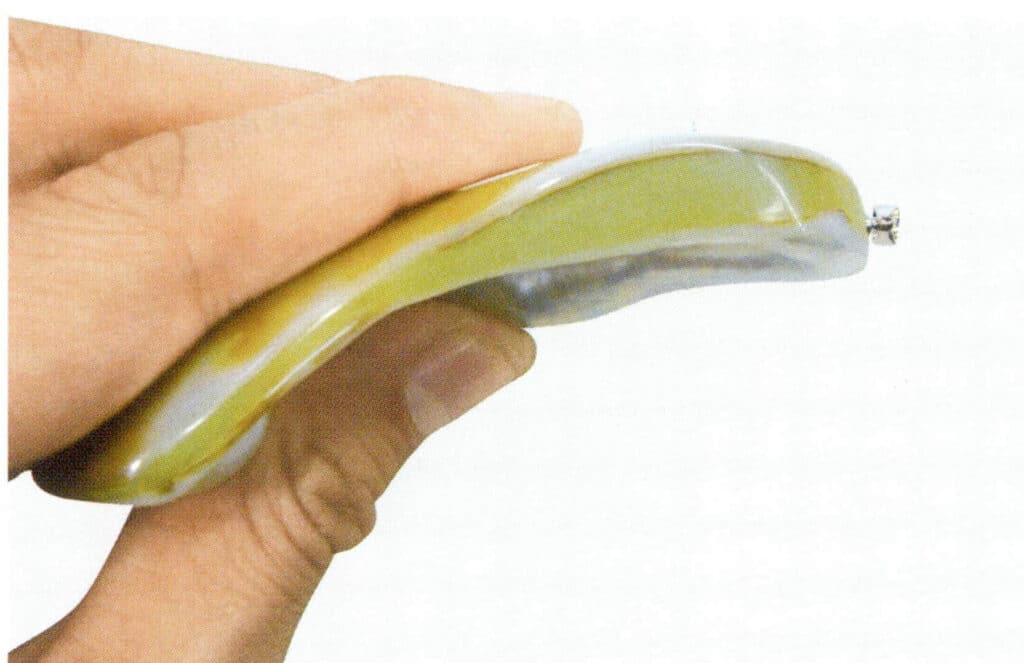
Figure 1-5-87 Side View of Three-layer Assembled Mabe Pearls

Figure 1-5-88 Front view of three-layer assembled Mabe pearl

Figure 1-5-89 Back View of Three-layer Assembled Mabe Pearls
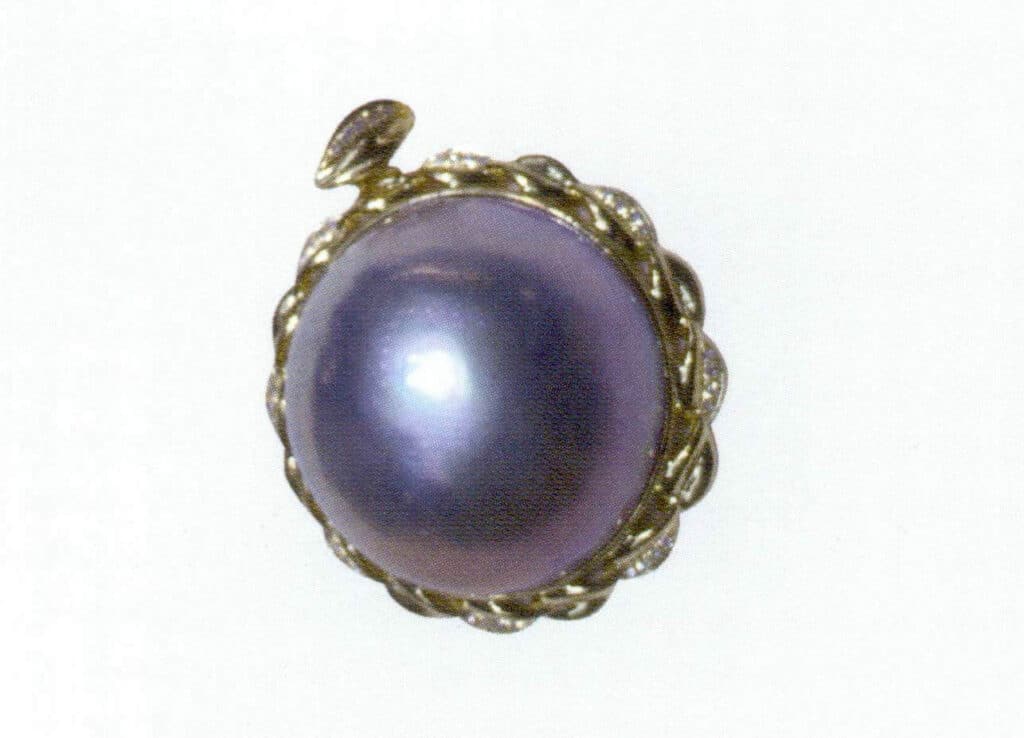
Figure 1-5-90 Mabe Pearls with Bezel Setting
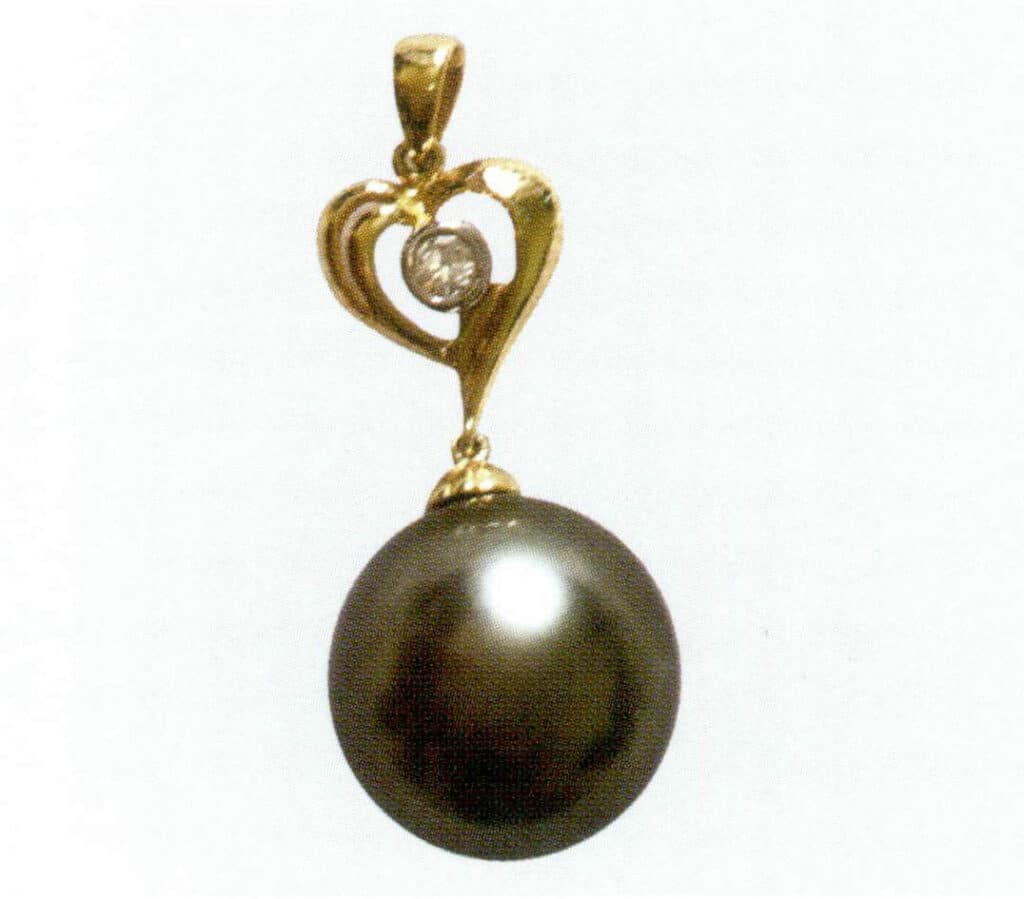
Figure 1-5-91 Inlay with Pearls
12. Carving and Inlay
The carving of pearls includes faceting, inlaying, and other techniques.
Faceting refers to polishing facets on the pearl layer; see Figure 1-5-92 and Figure 1-5-93.
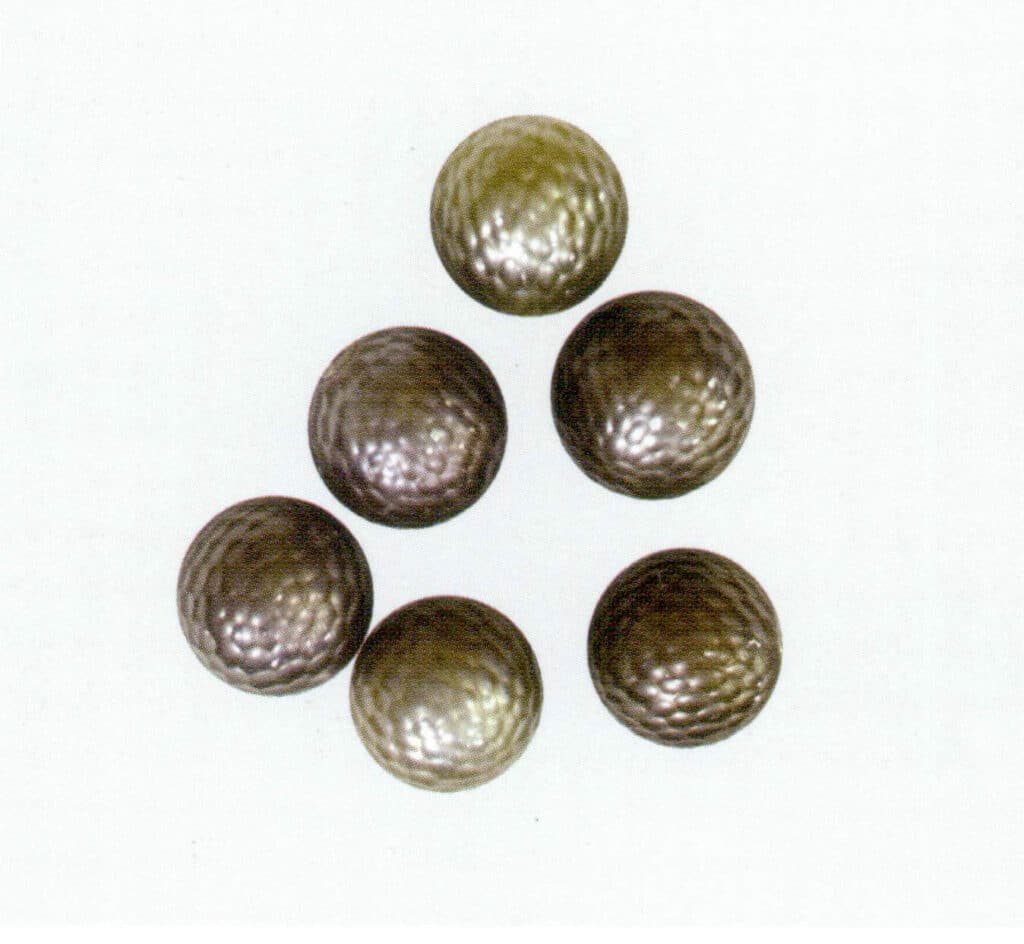
Figure 1-5-92 Faceted Pearl (1)
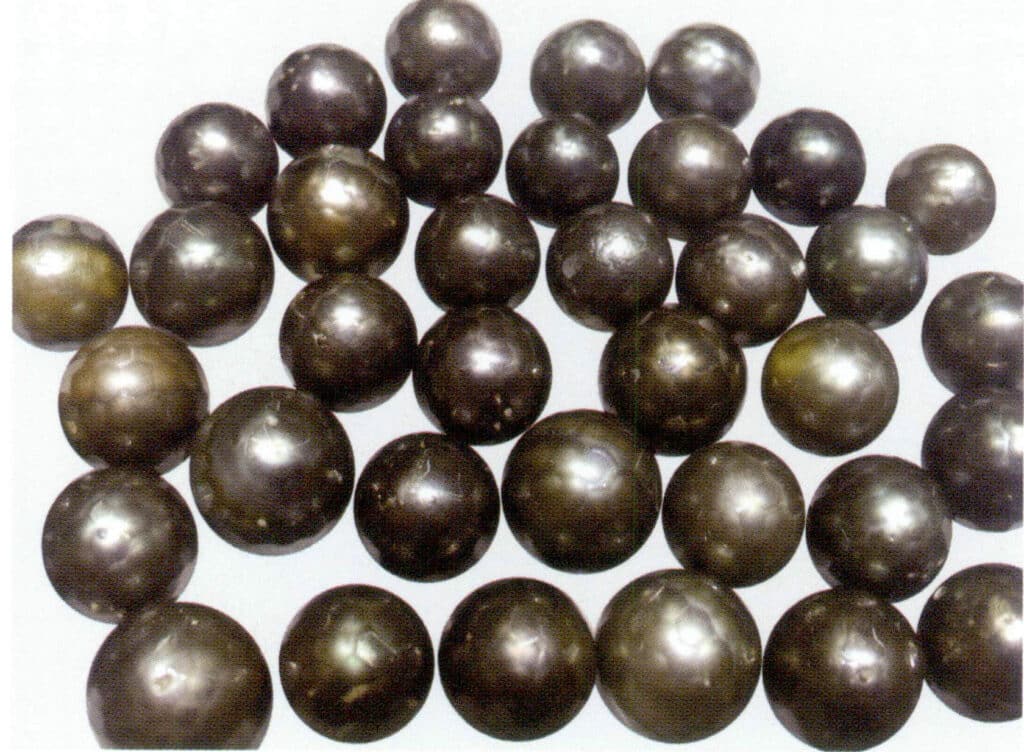
Figure 1-5-93 Faceted Pearl (2)
Carving refers to engraving a specific pattern on the pearl layer. The nucleus used to cultivate pearls can also be replaced with colored gemstones. After the pearls have grown, the carving is done on the surface of the pearls, allowing the colors of the internal colored gemstones to emerge from the hollow patterns, creating a special visual effect. See Figure 1-5-94 and Figure 1-5-95.
Inlaying refers to polishing the depressions in the pearl layer and then inlaying gemstones.

Figure 1-5-93 Faceted Pearl 1
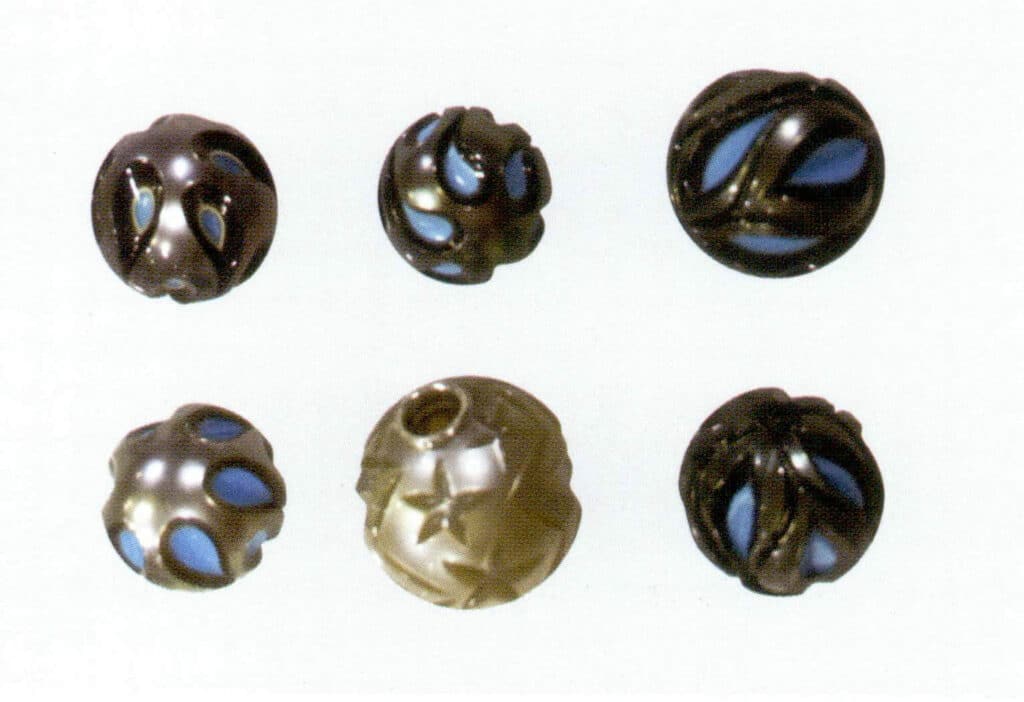
Figure 1-5-95 Carved Pearls 2
Section II Identification of Pearls
For the identification of pearls, the first step is to determine whether it is a pearl or a faux pearl; once confirmed as a pearl, it is necessary to identify whether it is a natural pearl or a cultured pearl; for cultured pearls, it must be determined whether they are saltwater cultured pearls or freshwater cultured pearls and whether they have undergone dyeing or other enhancement treatments.
1. Distinguishing Pearls from Faux Pearls
Imitation pearls have a long history. The pearls that are part of the adornments on the clothing of Queen Elizabeth I of England are imitation pearls. Artificial imitation pearls are made with a core of plastic, glass, or shell beads, coated with a layer of “pearl liquid” to achieve an appearance similar to real pearls.
(1) Glass core imitation pearls
For imitation pearls with a glass core, see Figure 1-6-1.
The glass core imitation pearls produced by the Spanish company Majorica are the most famous in this category. Majorica pearls are made by applying a special bioluminescent coating with an iridescent sheen to the glass bead core, followed by a protective layer.
Majorica pearls have a strong luster, with a distinct rainbow color on the smooth surface. They feel warm and smooth to the touch, and when pricked with a needle at the drilled hole, they can flake off in pieces; they have a low refractive index of only 1.48; under a microscope, they do not exhibit the characteristic growth spiral lines of real pearls, only uneven edges; when lightly scraped with a tooth, they feel smooth. In X-ray photographs, Majorica pearls appear opaque.
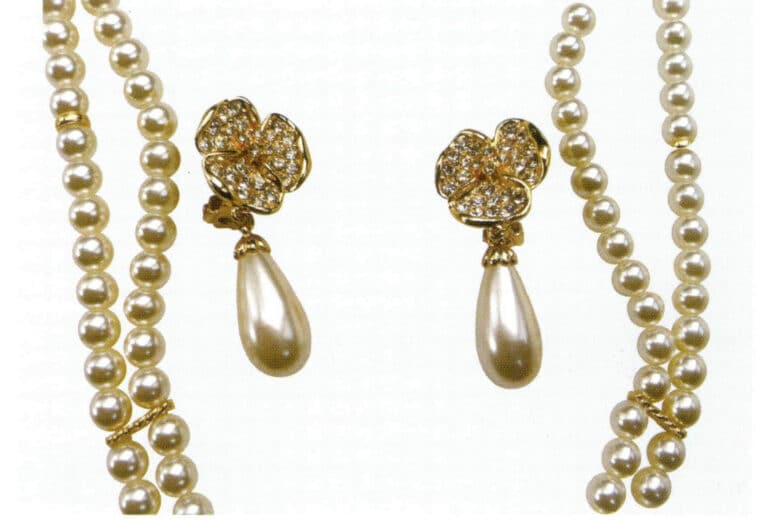
(2) Plastic core imitation pearl
For imitation pearls with a plastic core, see Figure 1-6-2.
Upon careful observation, its color is monotonous and dull, its size is uniform, and it has good roundness. There are depressions at the drilling points, and it feels light with a warm sensation.
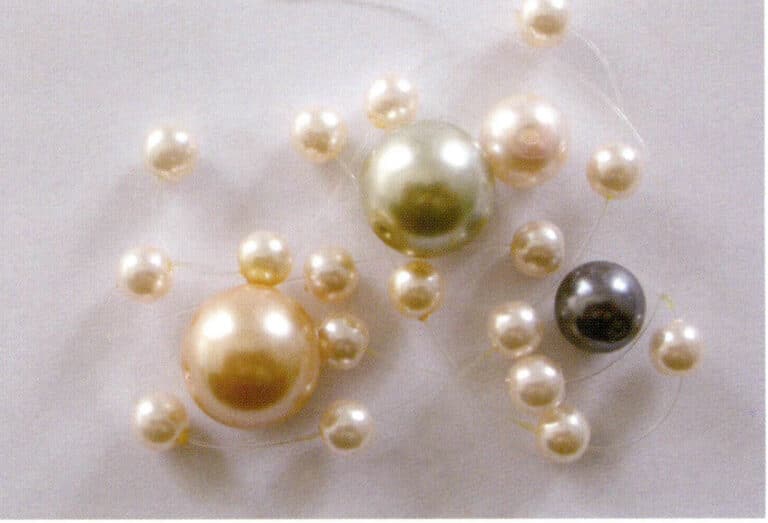
(3) Shell core imitation pearl
For imitation pearls with a shell core, see Figure 1-6-3.
This imitation pearl is made by applying extremely fine synthetic resin along with some tiny crystals, layer by layer, onto small round balls made from shells (the nucleus used for cultured seawater pearls), creating an effect similar to that of cultured seawater pearls. Shell pearls appear very close to cultured seawater pearls in appearance, and they are large and round, with excellent luster, making it easy for people to mistake them for high-quality pearls.
The main difference between shell nucleus imitation pearls and real pearls is that when observed under magnification, the unique growth spiral lines on the surface of real pearls cannot be seen, and instead, it resembles the surface of an eggshell; under transmitted light, the stripes of the inner nucleus and the “pearl layer” membrane attached to it can be seen.
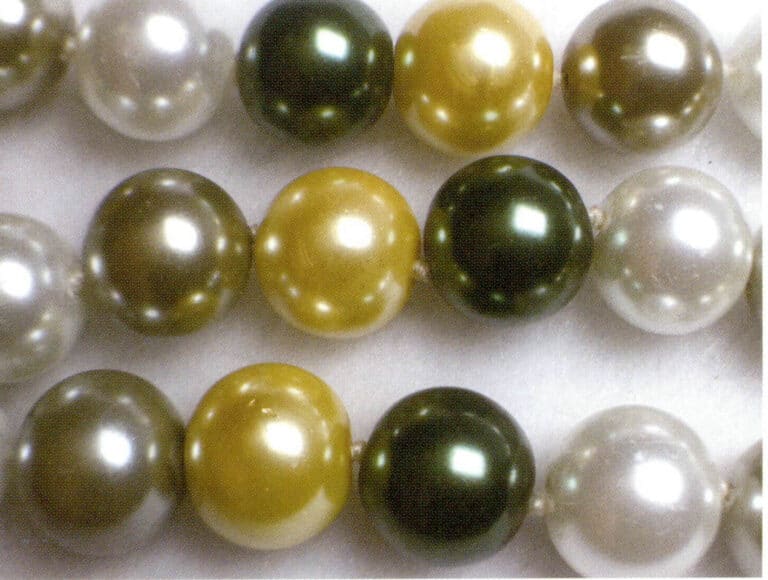
(4) Identification features of pearls and imitation pearls
The identification features of pearls and imitation pearls can be found in Table 1-6-1 and Figures 1-6-4 to 1-6-17.
Table 1-6-1 Identification features of pearls and imitation pearls
| Jellemzők | Gyöngyszem | Imitation pearl |
|---|---|---|
| Színes | White, pink, orange, purple, black, golden yellow, gray | Különböző színek |
| Shape | Round, teardrop, oval, irregular, connected irregular, cabochon | Usually regular round and teardrop shapes |
| Hand¬held weight | Moderate | Glass core: Heavy |
| Hand¬held weight | Moderate | Plastic core: Light |
| Hand¬held weight | Moderate | Shell core: Similar to pearls |
| Drilling | Smooth; visible nucleus in the pearl | Wrinkled |
| Felületi jellemzők | Smooth; may have pits, no shiny spots, growth lines, wrinkles, and other growth defects | Surface similar to eggshell; scratches |
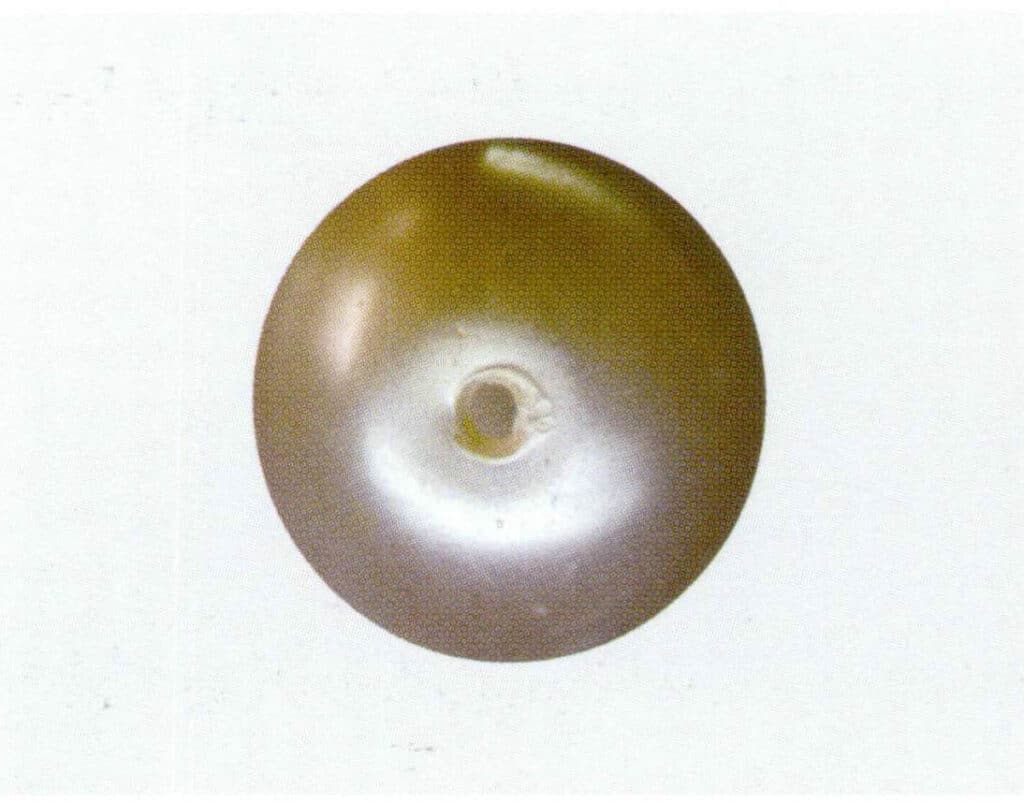
Figure 1-6-4 Surface characteristics and drilling of imitation pearls (1)

Figure 1-6-5 Surface characteristics and drilling of imitation pearls (2)
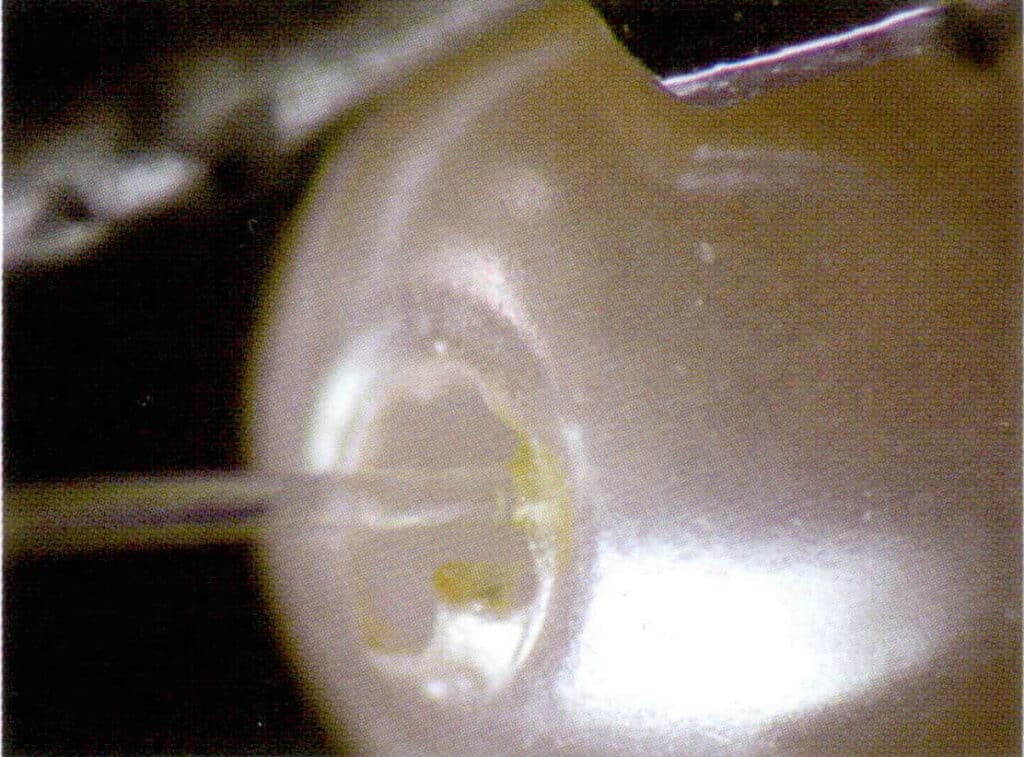
Figure 1-6-6 Surface characteristics and drilling of imitation pearls (3)
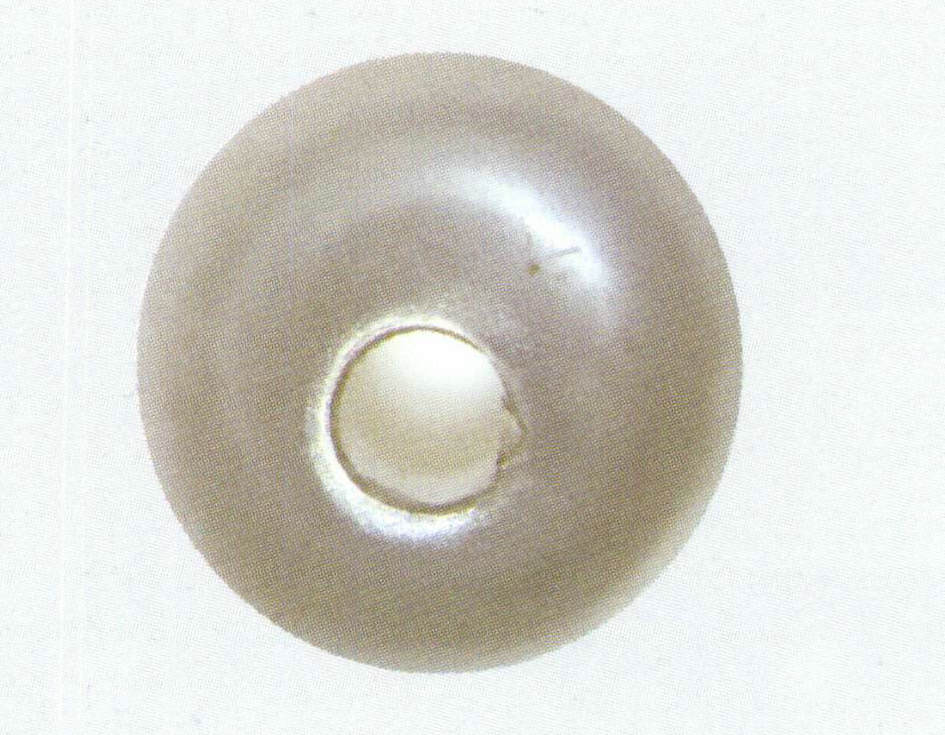
Figure 1-6-7 Drilling of imitation pearls (1)
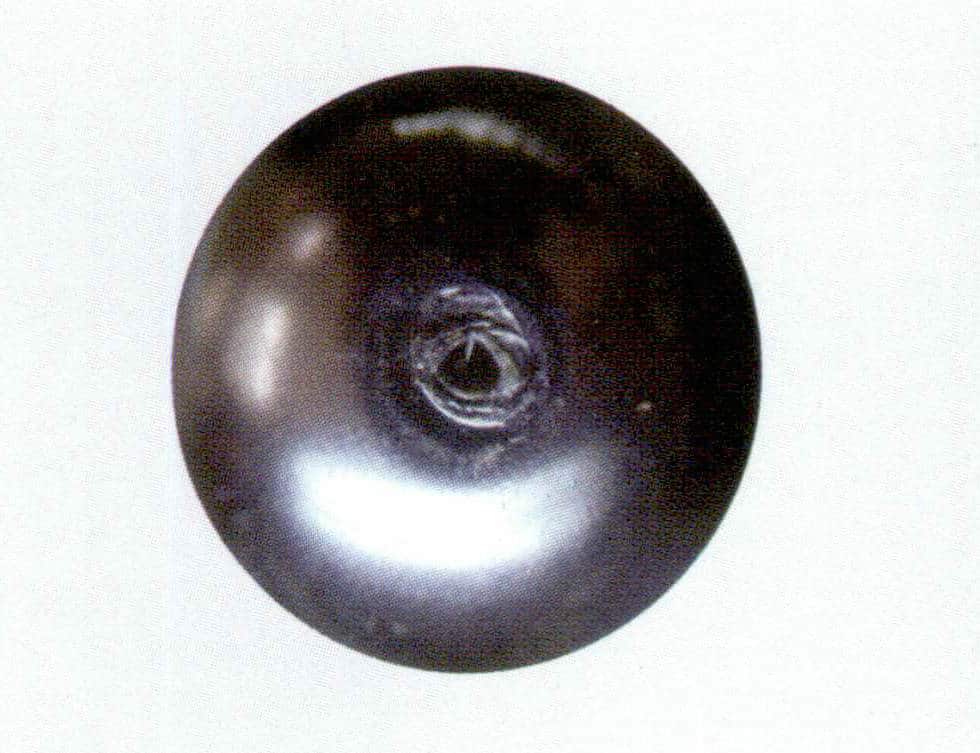
Figure 1-6-8 Drilling of imitation pearls (2)
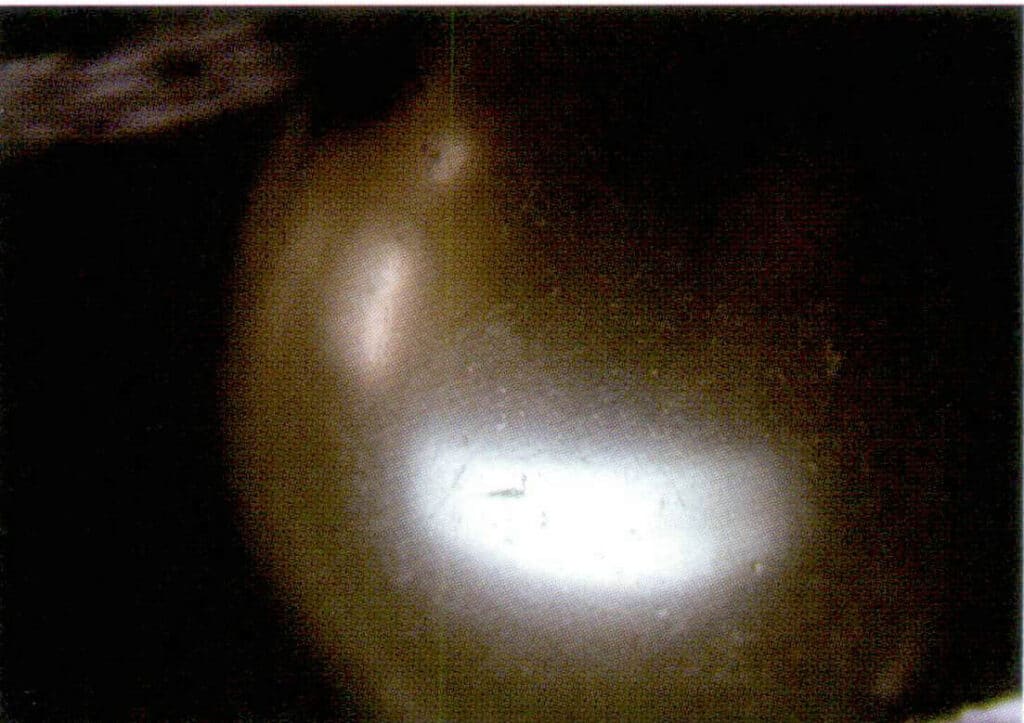
Figure 1-6-9 Surface characteristics of imitation pearls (1)
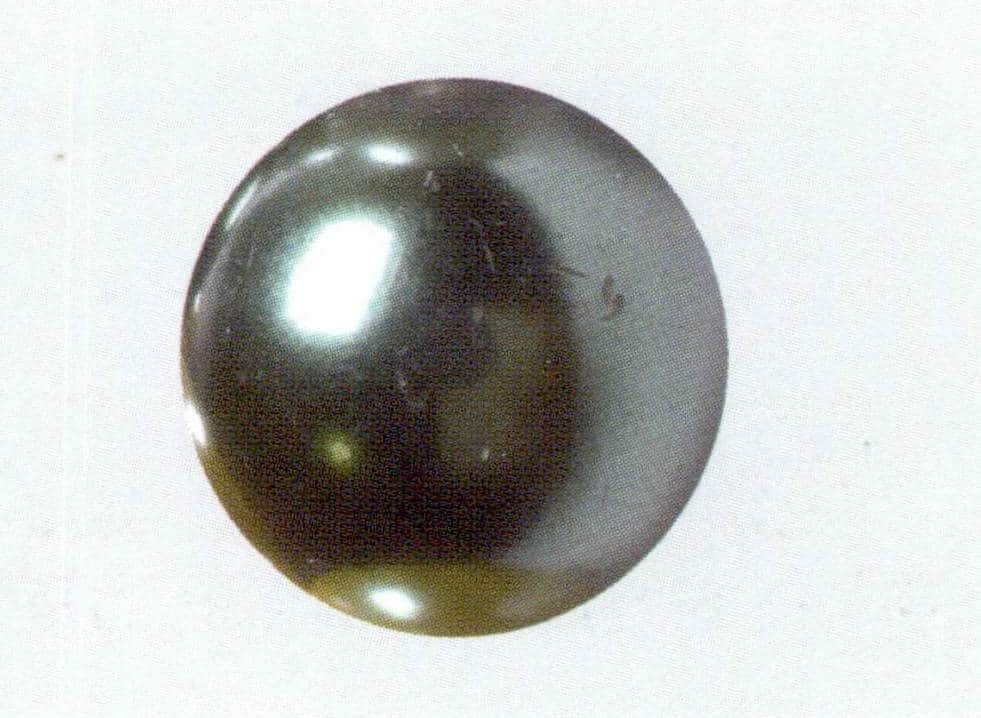
Figure 1-6-10 Surface characteristics of imitation pearls 2
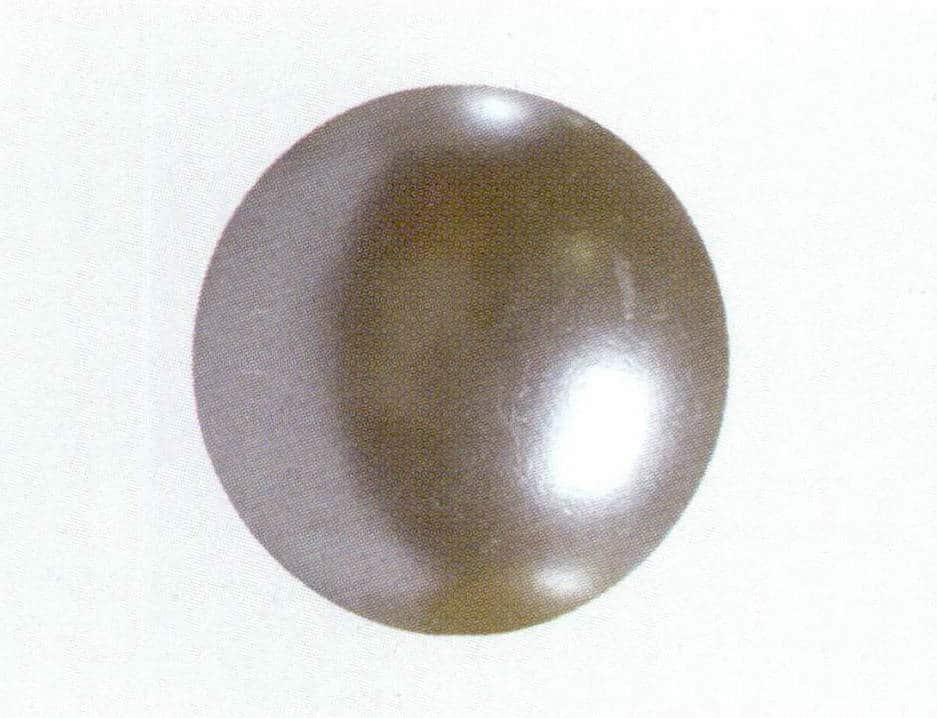
Figure 1-6-11 Surface characteristics of imitation pearls 3
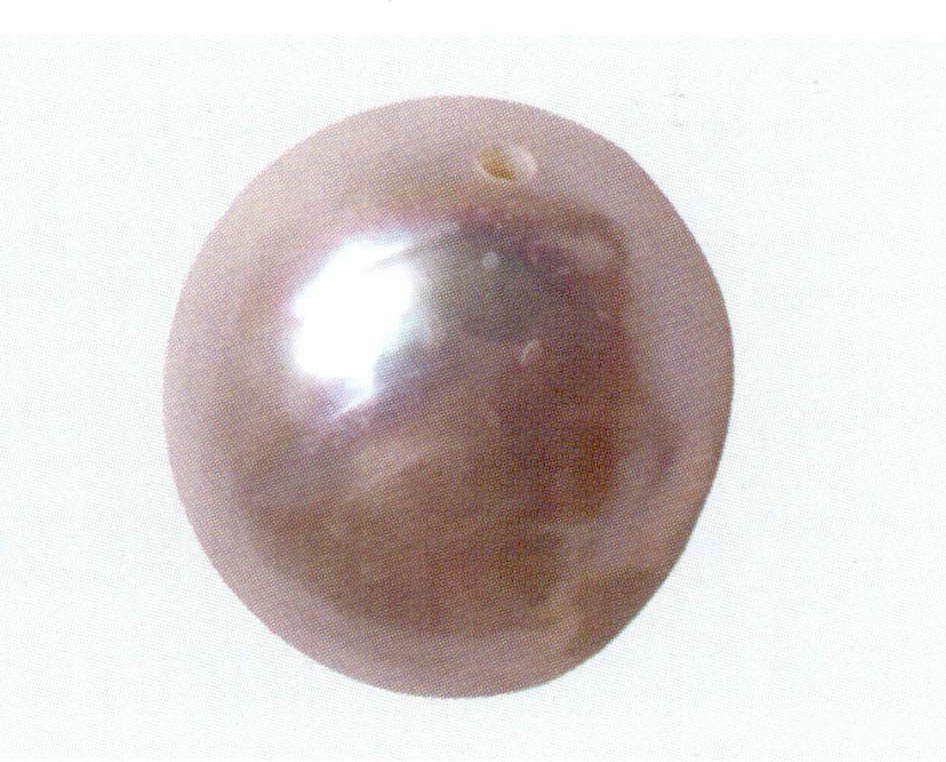
Figure 1-6-12 Surface characteristics of non-nucleated freshwater cultured pearls
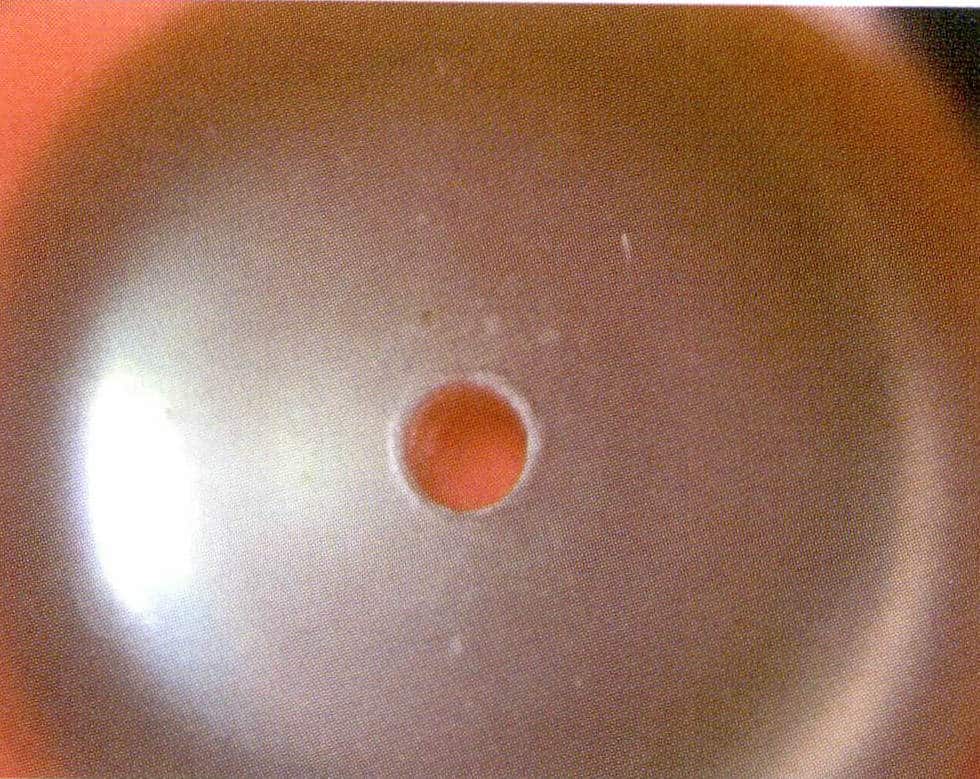
Figure 1-6-13 Drilling characteristics of freshwater cultured pearls (microscopic observation)

Figure 1-6-14 Drilling characteristics of seawater cultured pearls
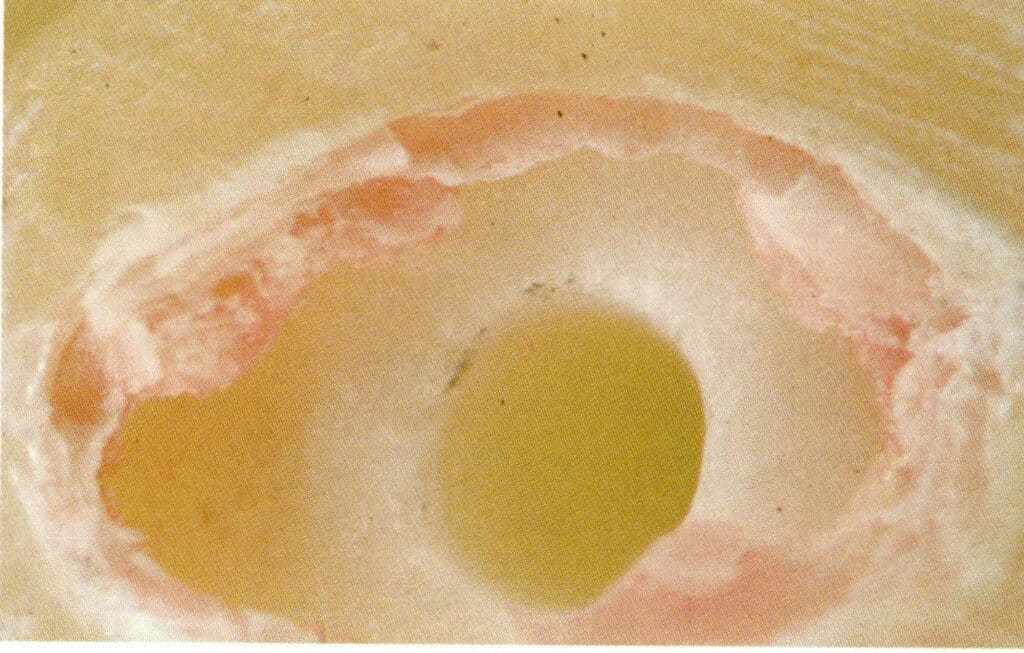
Figure 1-6-15 Drilling characteristics of seawater cultured pearls (microscopic observation)
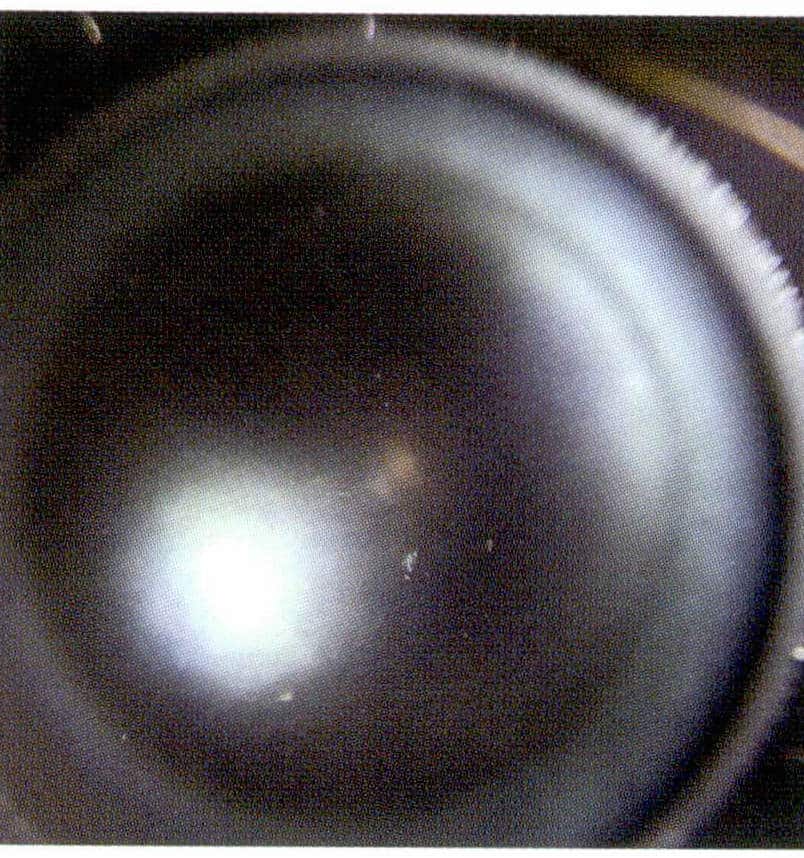
Figure 1-6-16 Smooth surface of seawater cultured pearls (microscopic observation)
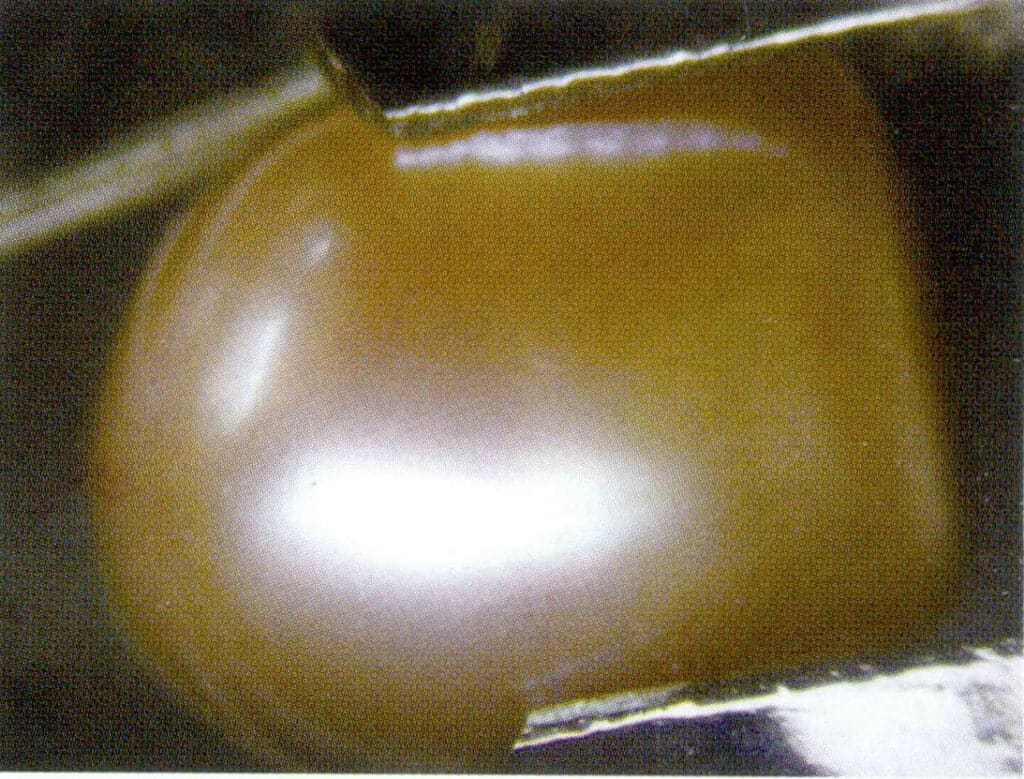
Figure 1-6-17 The smooth surface of freshwater cultured pearls (microscopic observation)
2. Identification of natural pearls and cultured pearls
The traditional methods for distinguishing between natural and cultured pearls mainly involve determining whether there is a nucleus, X-ray diffraction, and X radiography (see Figures 1-6-18 and 1-6-19).
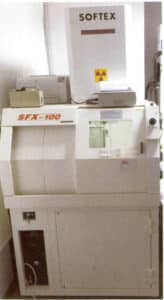
Figure 1-6-18 X-ray radiography (GIT Laboratory, Thailand)
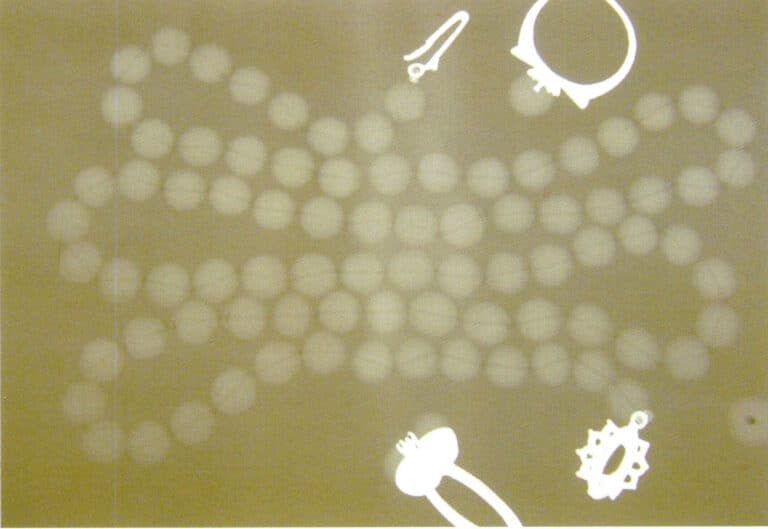
Figure 1-6-19 X-ray observation of pearl jewelry
In recent years, X-ray microtomography technology (or X-ray-uCT ), also known as X-ray tomography, has been developed, allowing for clearer observation of the interiors of natural pearls, cultured pearls, and nucleated freshwater pearls compared to traditional X radiography. In the center of nucleated freshwater cultured pearls, curled voids left by the mantle absorption can be seen. In contrast, such voids are rarely found inside natural pearls, which generally exhibit concentric growth structures from the center. The instruments and images of X-ray microtomography of pearls are shown in Figures 1-6-20 to 1-6-23.

Figure 1-6-20 X-ray micro-CT scanner (Mainz University, Germany)

Figure 1-6-21 X-ray micro-tomography (local)
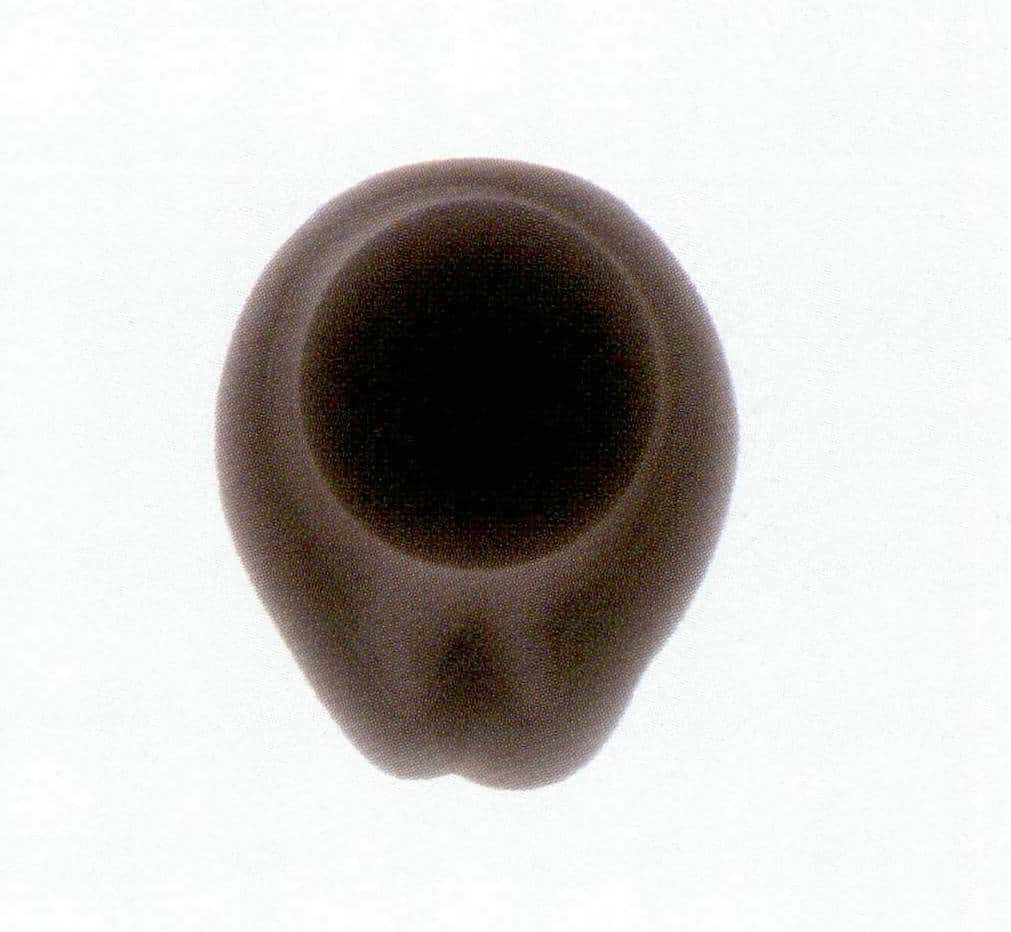
Figure 1-6-22 X-ray tomography observing seawater cultured pearls

Figure 1-6-23 X-ray tomography observing non-nucleated freshwater cultured pearls
Copywrite @ Sobling.Jewelry - Egyedi ékszergyártó, OEM és ODM ékszergyár
Neutron scattering imaging technology can also better observe the interiors of pearls.
Since the main mineral component of pearls is calcium carbonate, many natural pearls are set in antique jewelry with a history of several hundred years, while non-nucleated cultured pearls have only a history of a few decades. Pearls can be dated using an ultra-sensitive accelerator mass spectrometer (AMS). A gem laboratory in Switzerland successfully used this technology to identify pearls from a shipwreck that are 970 years old, with an error range of 3 years.
The distinguishing features of natural and cultured pearls are shown in Table 1-6-2.
Table 1-6-2 The distinguishing features of natural and cultured pearls
| Azonosítási jellemzők | Természetes gyöngyök | Cultivation of Pearls |
|---|---|---|
| Nucleus and Water Body | Nucleus-free | Nucleus-free freshwater cultured pearls: Nucleus-free, as the outer membrane often leaves gaps at the center of the pearl. |
| Nucleus and Water Body | Nucleus-free | Nucleated freshwater cultured pearls: Nucleated |
| Nucleus and Water Area | Nucleus-free | Seawater Cultivated Pearl: With Nucleus |
| Relatív sűrűség | Natural Seawater Pearl: 2.61 ~ 2.85 | Sea water cultured pearls: 2.72 ~ 2.78 |
| Relatív sűrűség | Natural freshwater pearls: 2.66 ~ 2.78, Rarely exceeds 2.74 | Freshwater cultured pearls: lower than most natural freshwater pearls |
| Törésmutató | 1.530 ~ 1.685 | 1.500 ~ 1.685, mostly 1.53 ~ 1.56 |
| Ultraibolya fény | Black: Long wave, weak to moderate, red, orange-red other colors: none too strong, light blue, yellow, green, pink, etc. | None to strong, light blue, yellow, green, pink |
| Naked eye identification | Shape mostly irregular; texture fine, structure uniform; pearl layer thick, mostly | Mostly round; pearl layer thin, relatively good transparency |
| Nagyításos ellenőrzés | Concentric radiating layered structure; surface growth texture | Nucleated cultured pearls: with a nucleated layered structure, the nacre layer presents a thin concentric radiating structure, with fine surface textures; the nucleus can present parallel layering, and the nucleus shows a whitish cold light |
| Röntgenfelvétel | The structure shows concentric layering from the center to the shell, with the film displaying alternating light and dark ring patterns or arc shapes near the center | Nucleated cultured pearls: The boundary between the nucleus on the base and the pearl layer is distinct. |
| Röntgenfelvétel | The structure shows concentric layering from the center to the shell, with the film displaying alternating light and dark ring patterns or arc shapes near the center | Non-nucleated cultured pearls: Present a hollow or irregular void at the core, and an external concentric layered structure. |
| X Diffraction | Six-fold symmetric diffraction image | Four-fold symmetric diffraction image; special directions present a six-fold symmetric diffraction image |
| X-ray computed tomography | Concentric radiating layered structure starting from the core | Irregular voids or cavities left by the curled outer membrane visible inside freshwater non-nucleated pearls |
| Neutron scanning and imaging | Concentric radiating layered structure starting from the core | Irregular voids or cavities left by the curled outer membrane visible inside freshwater non-nucleated pearls |
| Carbon isotope dating | Often lasts for hundreds of years | From a few years to several decades |
3. Identification of freshwater cultured pearls and seawater cultured pearls
Freshwater and seawater cultured pearls can be easily distinguished by the naked eye based on color, size, shape, and nucleus characteristics.
Both freshwater cultured pearls with nuclei and seawater cultured pearls with nuclei have freshwater shell nuclei and exhibit the same nucleus characteristics. Naked-eye, microscopic observation, and Raman spectroscopy can distinguish nucleated pearls from white ones. For white nucleated pearls, Raman spectroscopy makes it difficult to differentiate whether they are seawater or freshwater cultured pearls. However, they can be distinguished through trace elements, cathodoluminescence, and other characteristics.
The distinguishing features of freshwater and seawater cultured pearls are shown in Tables 1-6-3, 1-6-4, and Figures 1-6-24 to 1-6-28.

Figure 1-6-24 Freshwater non-nucleated cultured pearls

Figure 1-6-25 Freshwater nucleated cultured pearls

Figure 1-6-26 Seawater nucleated cultured pearls
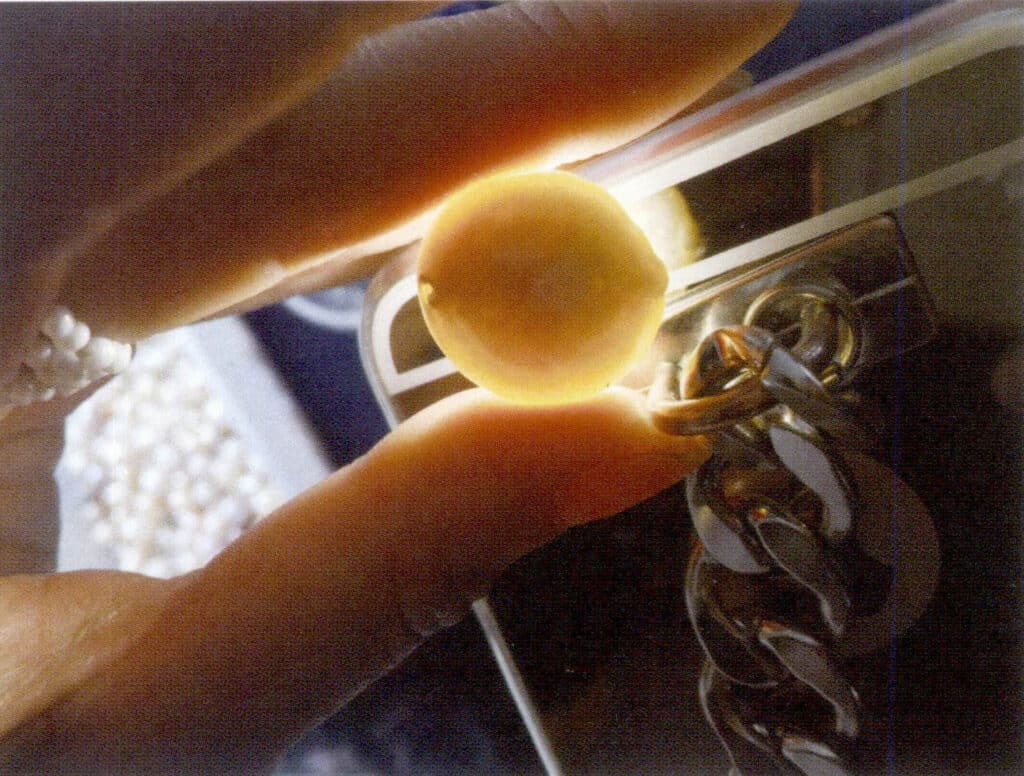
Figure 1-6-27 Transmission light observation of nucleated cultured pearls' nuclei
Table 1-6-3 Identification characteristics of Freshwater cultured pearls and seawater beautiful cultured pearls
| Jellemzők | Freshwater cultured pearls | Seawater Cultivated Pearls | |
|---|---|---|---|
| Jellemzők | Nucleolus-free freshwater cultured pearls | Nucleated freshwater cultured pearls | Seawater Cultivated Pearls |
| Színes | White, pink, orange, purple | White, pink, orange, purple, occasionally bronze | White, black, gray, light yellow to golden yellow |
| Size | Commonly 3 to 15mm | Commonly 11 to 17mm | Common 5 -17mm |
| Shape and size | Round, teardrop, oval, button shape, irregular, connected irregular shapes, etc. | Round, flat button-shaped, bar ¬shaped, cross-shaped, or other irregular shapes; some may have protrusions resembling "tails." | Below 9mm is round, above 13mm visible irregular shapes |
| Pearl hole observation | Nucleus-free | Nucleated | Nucleated |
| Strong transmitted light observation | Partia lly visible concentric ring structure | The visible core part shows a layered structure of the core | The visible core part shows a layered structure of the core |
| Cathood luminescence | Yellow green to green light | Yellow-green to green light | Non-luminescent |
| Radiographic | Nucleus-free | Nucleated | Nucleated |
| X Ray leigh scattering spectrum | Rich in Mn, poor in Mg, Sr, Fe and others | Rich in Mn, poor in Mg, Sr, Fe and others | Poor in Mn, rich in Mg, Sr, Fe, etc. |
| Raman-spektroszkópia | Pink, orange, and purple freshwater pearls generally exhibit 1132cm-1 and 1528cm-1 organic vibration peaks | Do not exhibit 1132cm-1 and 1528cm-1 organic vibration peaks | |
Table 1-6-4 Comparison of Raman vibration spectrum peaks of nucleated freshwater pearls and seawater cultured pearls (Unit:cm-1)
| Sample | Aragonite | Organic peak | ||
|---|---|---|---|---|
| Sample | V1 | V4 | Lattice mode | Organic peak |
| Nucleated freshwater pearl (white) | 1089 | 702,705 | 141,152,161,179,190,209,216 | - |
| Natural freshwater pearls (orange, purple) | 1089 | 702,705 | 141,152,161,179,190,209,216,272,283 | 1132,1528 |
| Cultured seawater pearls (white) | 1087 | 702,705 | 141,152,179,190,206,272,283 | - |
4. Identification of natural color pearls and treated black pearls
The Tahitian black pearl is “a cultured pearl with a natural color.” The most common enhancement method for Freshwater cultured pearls is to dye them black to mimic Tahitian black pearls. Freshwater cultured pearls irradiated with y rays can also exhibit similar appearance characteristics to Tahitian black pearls. Additionally, dyed and irradiated Freshwater cultured pearls are occasionally seen. The identification features of these four types of black pearls are shown in Table 1-6-5 and Figures 1-6-29 to 1-6-35.
Table 1-6-5 Comparison of the basic characteristics of four types of black pearls
| Jellemzők | Tahitian black pearl | Y Freshwater cultured pearl | Dyed freshwater black pearl | Dyed irradiated black pearls |
|---|---|---|---|---|
| Pearl type | Seawater Cultivated Pearls | Mainly freshwater cultured pearls without nuclei | Freshwater cultured pearls | Freshwater cultured pearls |
| Coloration mechanism | Organic pigment porphyrin coloration | Changes in trace elements, calcite, and organic matter and their combinations | Dyes have a some binding force with kaolinite and keratin. | The dual effects of dyeing and irradiation. |
| Naked eye observation. | Black to silver-gray, generally deep blue¬black with slight rainbow-like luster or with a bronze tint. | Black and silver-gray as the base colors, with bright accompanying colors such as green, blue, and red | Metallic luster, pure black, uniform color, halo effect, accompanying colors are unnatural | Accompanying colors can be brighter than irradiated freshwater pearls |
| Trace powder | Fehér | Light brown | Grayish brown | Gray-brown |
| Mikroszkópos megfigyelés | The surface is fine and smooth, or has growth textures | The surface is delicate and smooth, with occasional visible micro¬damage. Under strong transmitted light, black layered structures may sometimes be seen | Visible surface color spots, dot-like precipitates, or traces of surface nacre corrosion, and fine wrinkles | Visible surface localized layer peeling |
| Ultraviolet Fluorescence (long wave) | Dark reddish-brown, or strong reflection only visible on the surface | Strong green fluorescence | Fluorescent inert to medium intensity green fluorescence | Strong green fluorescence, uneven fluorescence - |
| Ultraviolet Fluorescence (short wave ) | General tendency | Weak to medium green fluorescence | General tendency | Weak to medium green fluorescence |
| cathode luminescence | Non-luminescent | Strong green light emission | Yellow green to strong green light emission | Strong green light emission |
| Raman-spektroszkópia | Extremely strong peaks, porphyrin and other organic pigment peaks | The spectral lines are too high due to strong light, and are generally seen only in the attenuated 1083cm-1 aragonite peak. | Extremely strong calcite 702.50cm-1 | Generally only weak 1083cm-1 is observed |
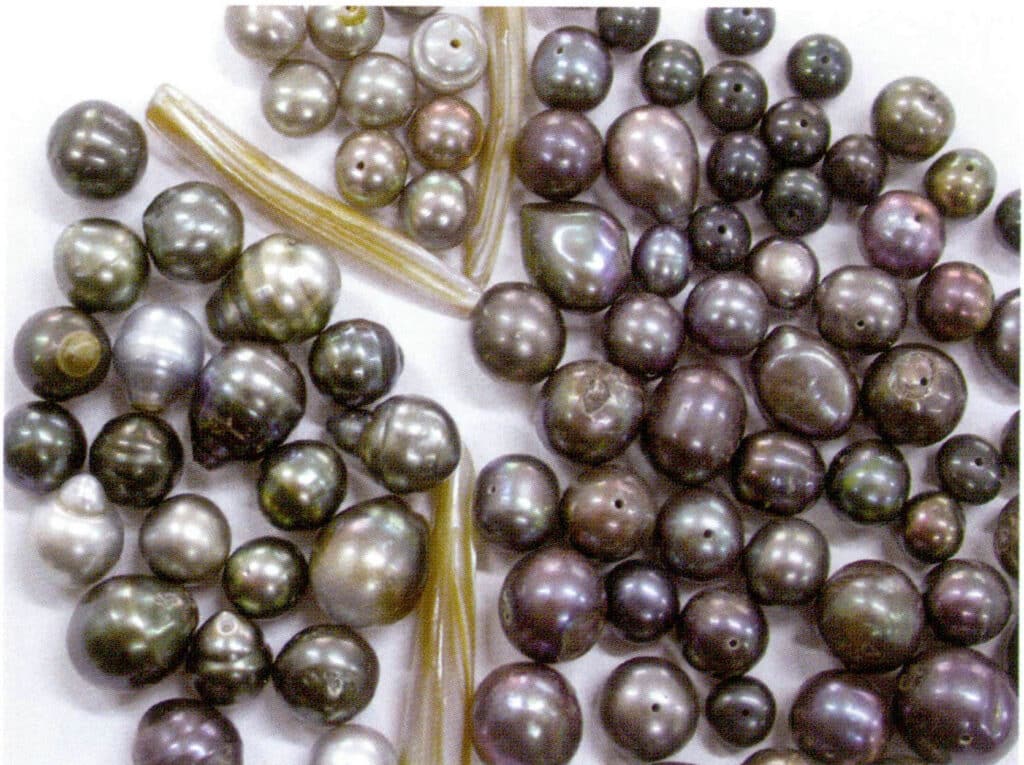
Figure 1-6-29 irradiated freshwater cultured pearls (top), Taqi black pearls (left), and dyed freshwater cultured pearls (right)
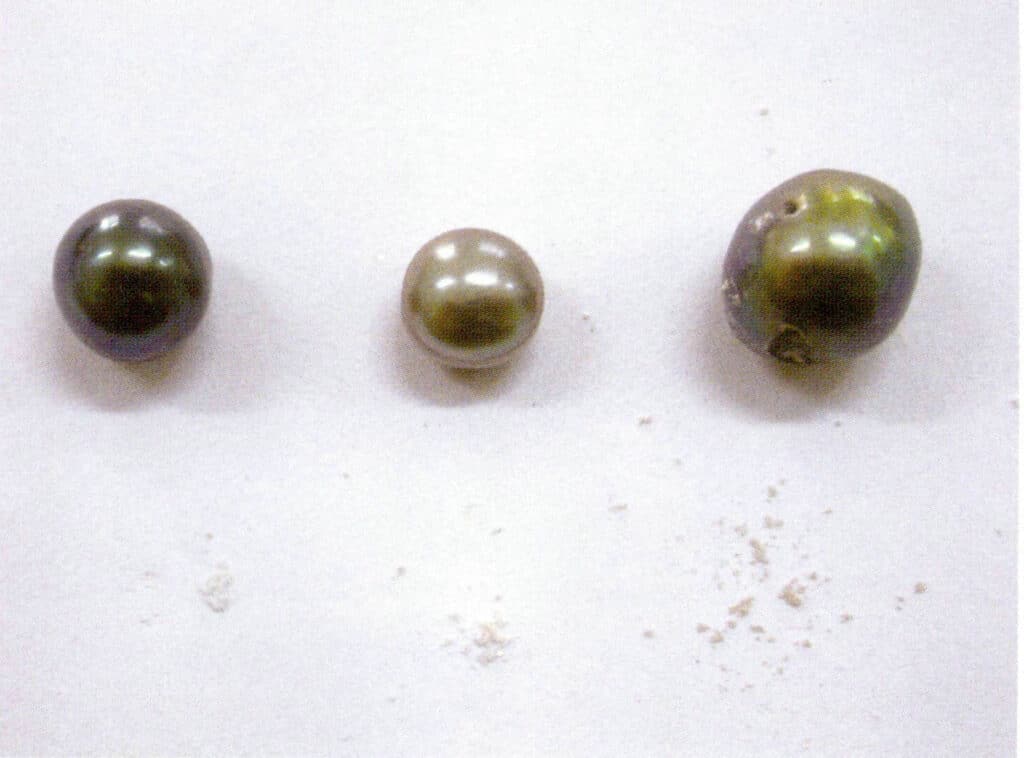
Figure 1-6-30 Taixi black pearl (left), irradiated freshwater cultured pearl (middle), dyed freshwater cultured pearl (right) and its powder

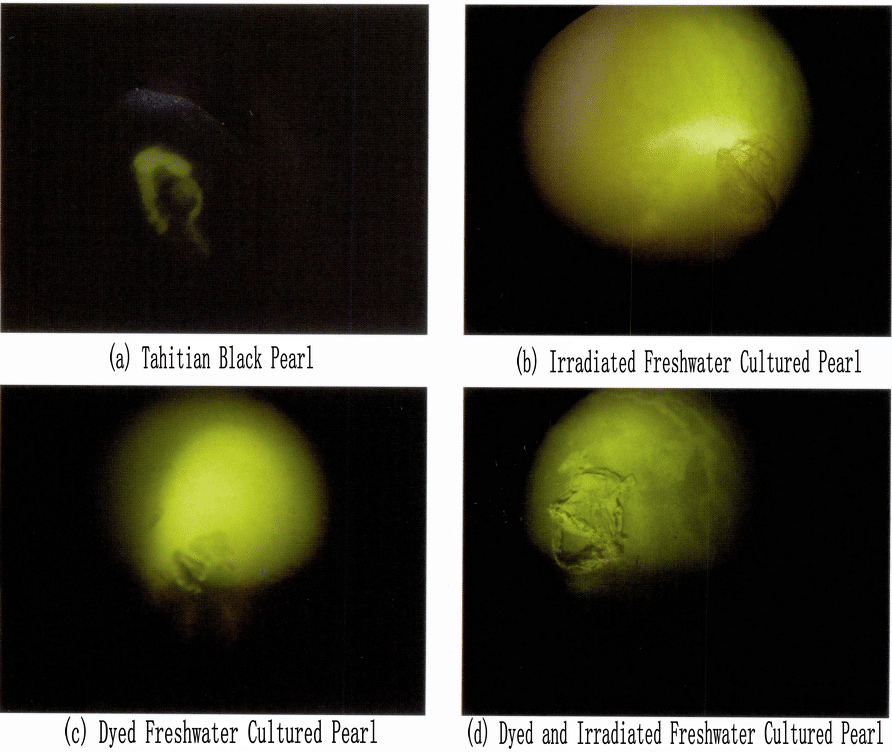
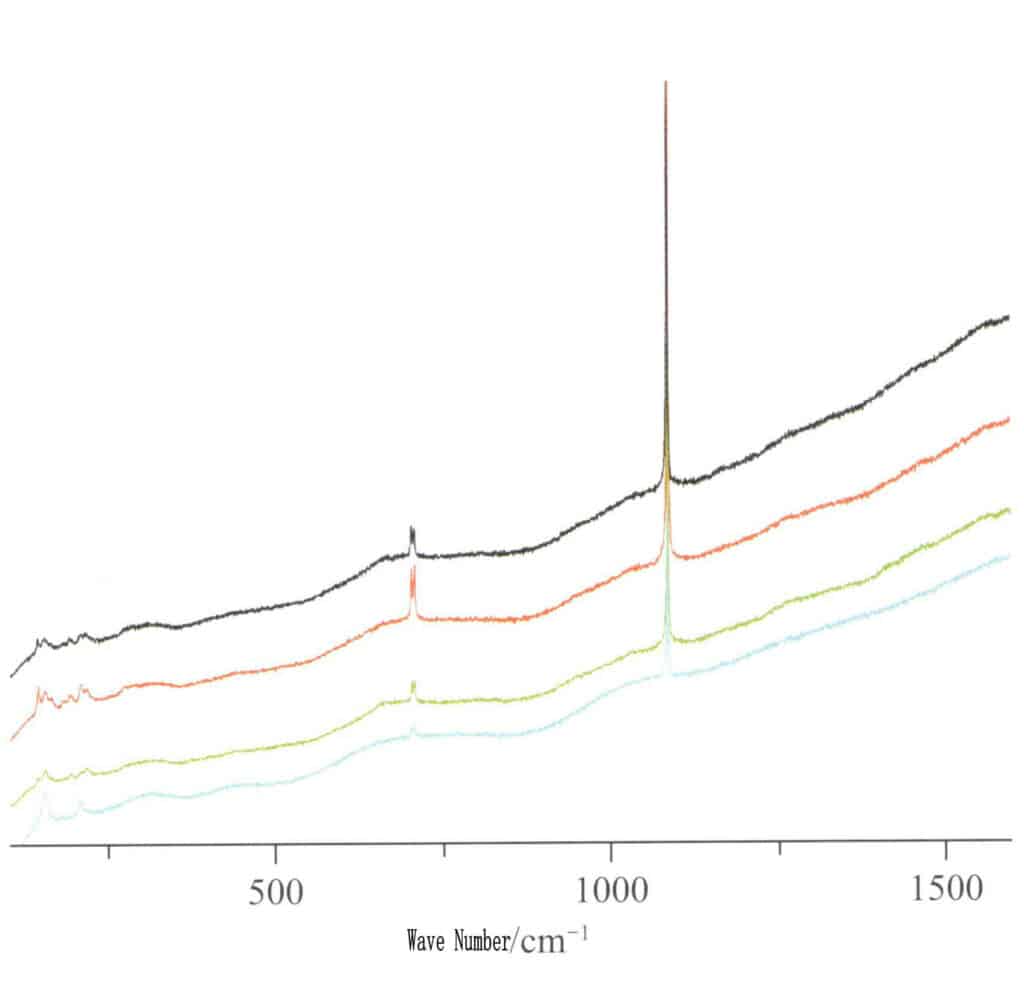
Figure 1-6-33 Raman spectral characteristics of Taqi black pearls
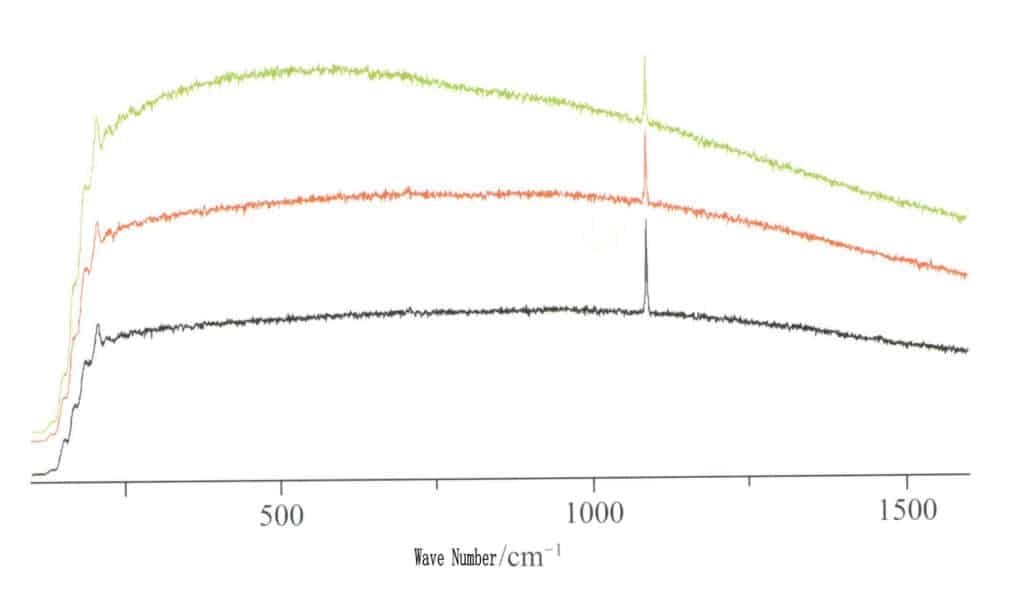
Figure 1-6-35 Raman spectral characteristics of irradiated freshwater cultured pearls
Section III Quality Evaluation of Pearls
Before evaluating the quality of pearls, it is necessary to determine the type of pearl and whether it has undergone any optimization treatment. For pearls of the same size and quality, natural pearls are far more valuable than cultured pearls, and seawater pearls are more valuable than freshwater pearls.
After determining the type of pearl, the quality can then be evaluated. In the commercial field, standards such as A to AAA or D-A are sometimes used. Still, the quality evaluation of pearls does not have an internationally recognized grading system and standard samples like diamonds do, so the 3A or D-A standards of different laboratories and commercial enterprises may vary. Even the standards of the same institution may differ. To establish a globally accepted evaluation standard, it is necessary to create reference samples to determine the grading factors for cultured pearl quality, known as master pearls. The difficulty in establishing pearl reference samples is that pearls are organic gemstones, and their color and luster may change slightly over time due to differences in post-harvest processing, storage conditions, and other factors.
The quality evaluation factors of pearls include luster, color, shape, size, thickness of the nacre layer, surface defects, etc., which are mainly determined by the composition and structure of the pearls; for cultured pearls, the type of mother-of-pearl, growth conditions, cultivation techniques, and post-harvest optimization technology level all have a some impact. The evaluation factors of pearls are shown in Figure 1-7-1 and Table 1-7-1.

Table 1-7-1 Quality evaluation of pearls
| Értékelési tényezők | Minőségi értékelési tartalom |
|---|---|
| Típusok | Under the same quality conditions, natural pearls have the highest value, followed by seawater cultured pearls, freshwater cultured pearls with nuclei, and freshwater cultured pearls without nuclei. |
| Luster | The stronger, the better; the reflected light should be particularly bright, sharp, and uniform, with a surface like a mirror, and a very clear image is the best. |
| Surface smoothness | The fewer pits, grooves, spots, protrusions, and blemishes on the surface of the pearl, the better; it is best if the surface appears smooth and delicate to the naked eye, making it extremely difficult to observe any blemishes. |
| Színes | Among yellows, a bright, rich, and saturated golden yellow is preferred; among blacks, a greenish undertone is preferred; among whites, a pinkish undertone is preferred; for colors like pink, orange, and purple, a rich and vibrant color is preferred |
| Shape | Generally, a perfect circle is preferred, with a diameter difference percentage of <= 1.0% being the |
| Size | The larger, the higher the value. |
| Pearl layer thickness | A pearl layer thickness of >= 0.6mm for nucleated pearls is ideal; the thicker, the better; if too thin, the pearl layer is prone to falling off. |
| Compatibility of jewelry | Quality factors such as shape, luster, and smoothness are consistent; color and size are harmonious and aesthetically pleasing, or show a gradual change; the holes should be centered and straight for the best result. |
| Place of Origin | Golden South Sea pearls: origins such as Australia and the Philippines are generally superior to those from Myanmar; black Tahitian pearls: origins such as Tahiti are generally superior to those from the Gulf of Mexico. |
When conducting quality evaluations, the main method is visual observation, placing the pearls against a non-reflective white or gray background, and some pearls can also be placed against a black background; the distance from the eyes to the pearls is 20-50cm, which can be adjusted according to personal observation habits, but should not be too close to the pearls and the light source; the light source is generally north-facing sunlight or daylight lamps with a color temperature of 5500-7200K. The size and roundness of the pearls are often measured using a pearl caliper (also known as a “thickness gauge”). The methods for evaluating pearl quality factors are shown in Figure 1-7-2.
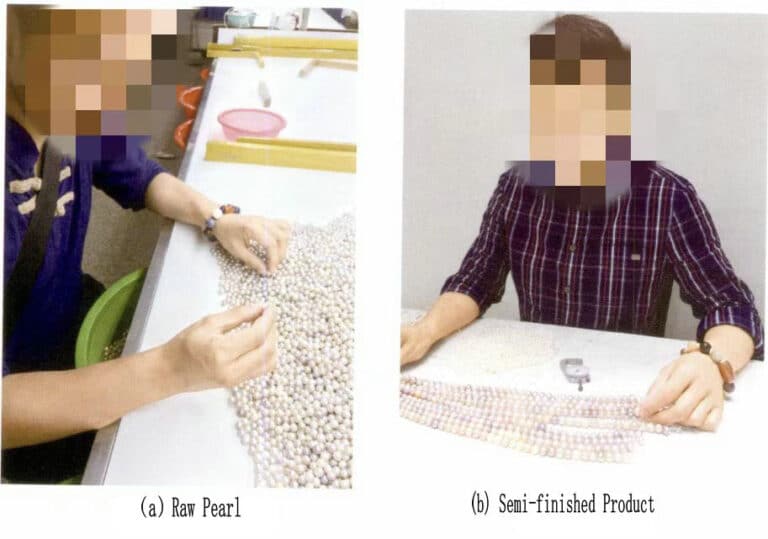
1. Types
The Classification of types of pearls has a significant impact on their value, as shown in Figure 1-7-3. The value of natural pearls is much higher than that of cultured pearls. Even though many natural pearls may have inferior luster, shape, and size compared to cultured pearls, their rarity, history, and emotional value far exceed that of cultured pearls. Therefore, natural pearl jewelry currently holds the highest auction prices for pearls. For natural pearls, the older the history, the higher the historical value; if they are worn or collected by historical figures, their value can increase significantly.
Under the same size and quality conditions, the value of saltwater cultured pearls is generally higher than that of freshwater pearls, and the value of round-nucleated pearls is higher than that of non-nucleated pearls.
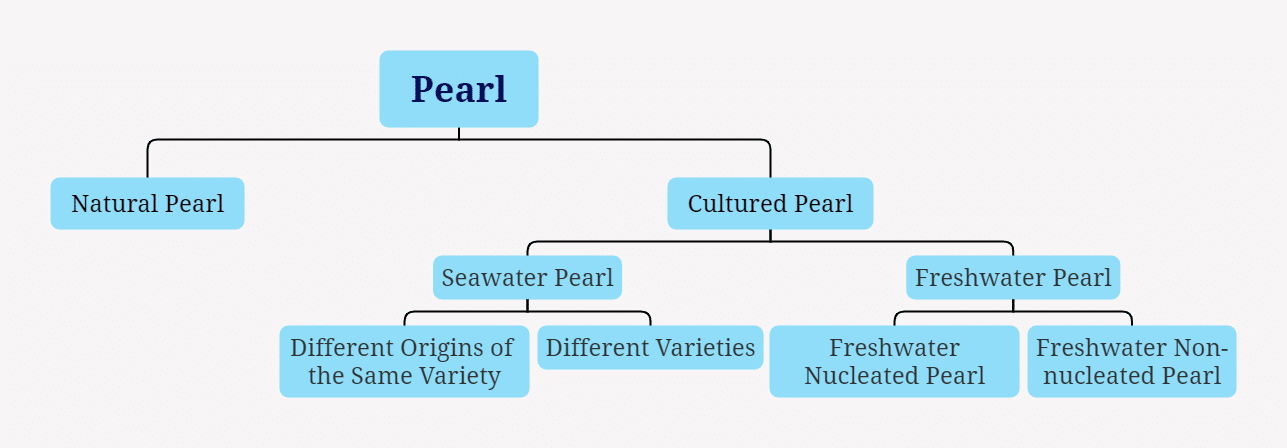
2. Luster
The luster of pearls is one of the most important characteristics that make pearls beautiful. Thus, luster occupies a very important position in evaluating pearl quality. The luster of a pearl refers to the intensity of light reflected from the cultured pearl’s surface and the image’s clarity.
The strength of pearl luster is observed with the naked eye, and there is no clear quantitative standard between its strengths. The common levels of pearl luster strength internationally can be seen in Table 1-7-2 and Figures 1-7-4 and 1-7-15.
Table 1-7-2 Classification of common pearl luster levels.
| Gloss level | Quality requirements |
|---|---|
| Extremely strong | The reflected light is very bright, sharp and uniform, and the image is very clear, similar to a mirror-like reflection |
| erős | The reflected light is bright, the surface can see the object's image, and the image is moderately clear |
| Medium | The reflected light is not bright; the surface can reflect objects, but the image is dark, weak, and blurry. |
| Weak | The reflected light is entirely diffuse; the surface has a dull sheen and almost no reflection. |
| No light. | Milky or chalky appearance, with almost no reflection on the surface |
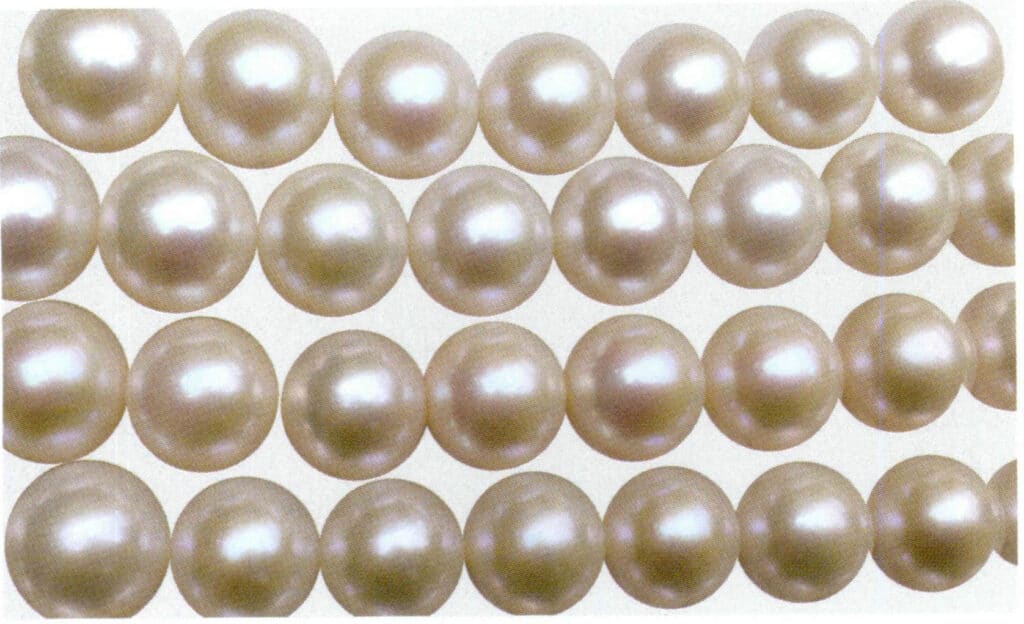
Figure 1-7-4 Medium to Strong Luster (South Sea Pearl)
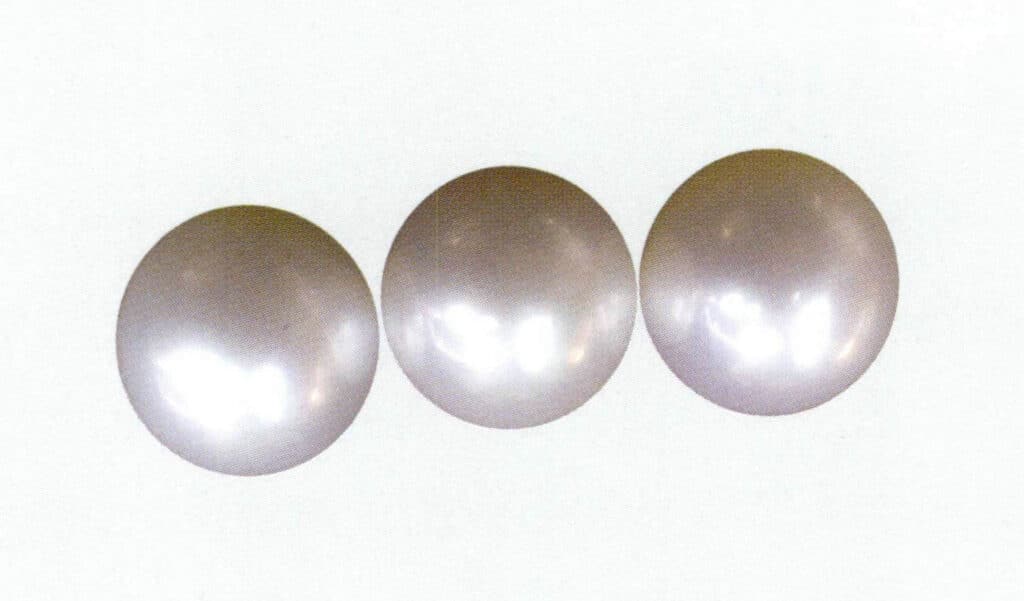
Figure 1-7-5 Strong luster increasing from left to right (South Sea Pearl)

Figure 1-7-6 Extremely Strong Luster (South Sea Pearl)
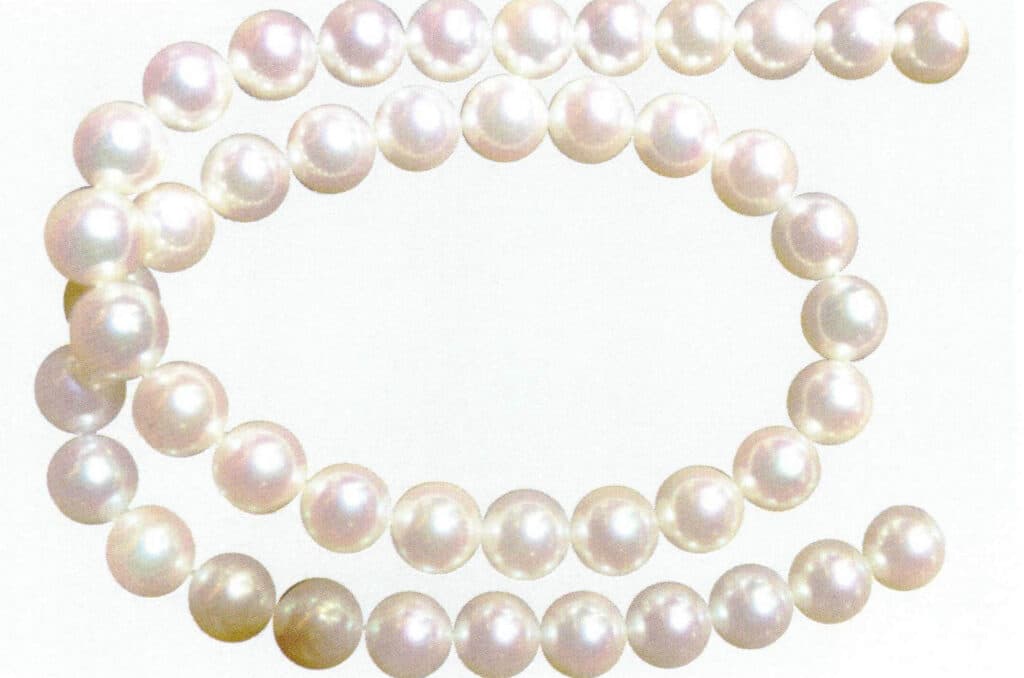
Figure 1-7-7 Very High Luster (Akoya Pearls)
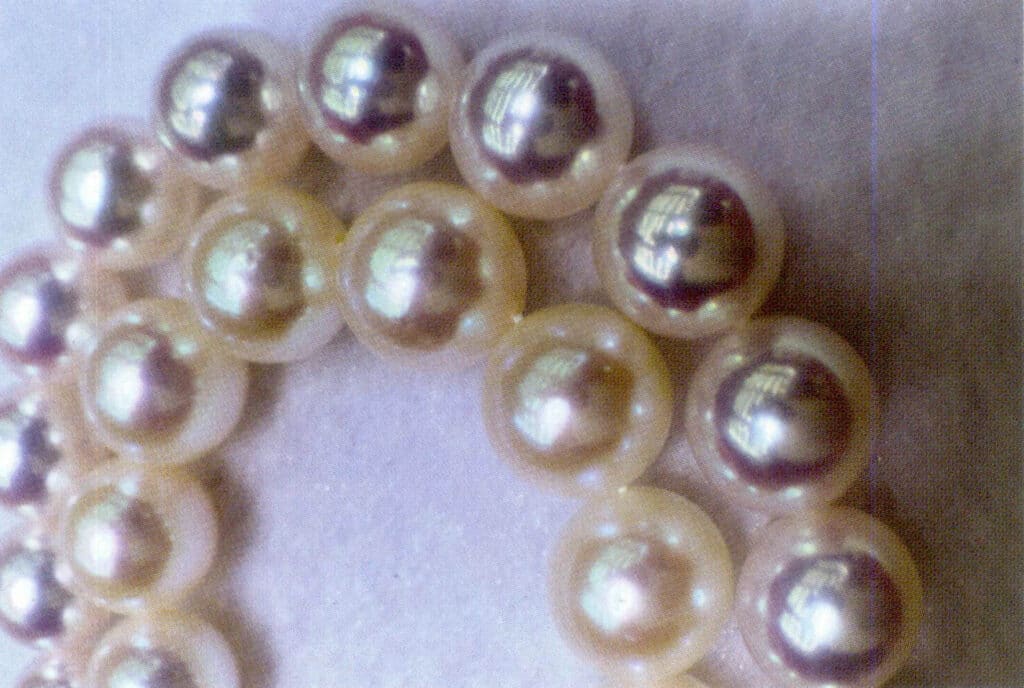
Figure 1-7-8 Slightly Different Extremely Strong Luster (Akoya Pearl)
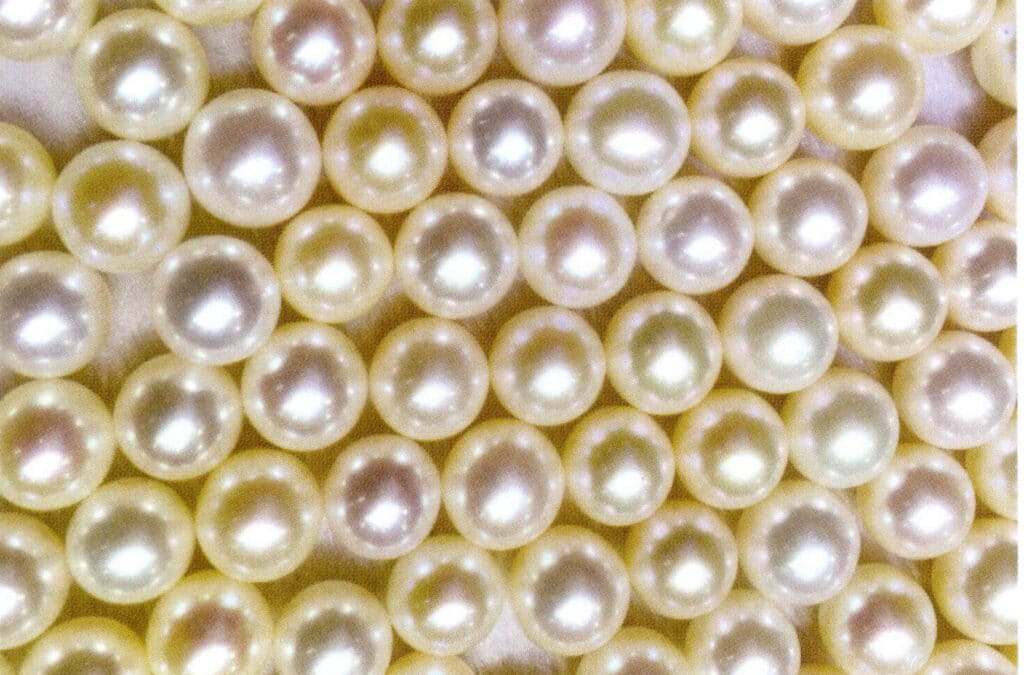
Figure 1-7-9 High Luster (Akoya Pearls)
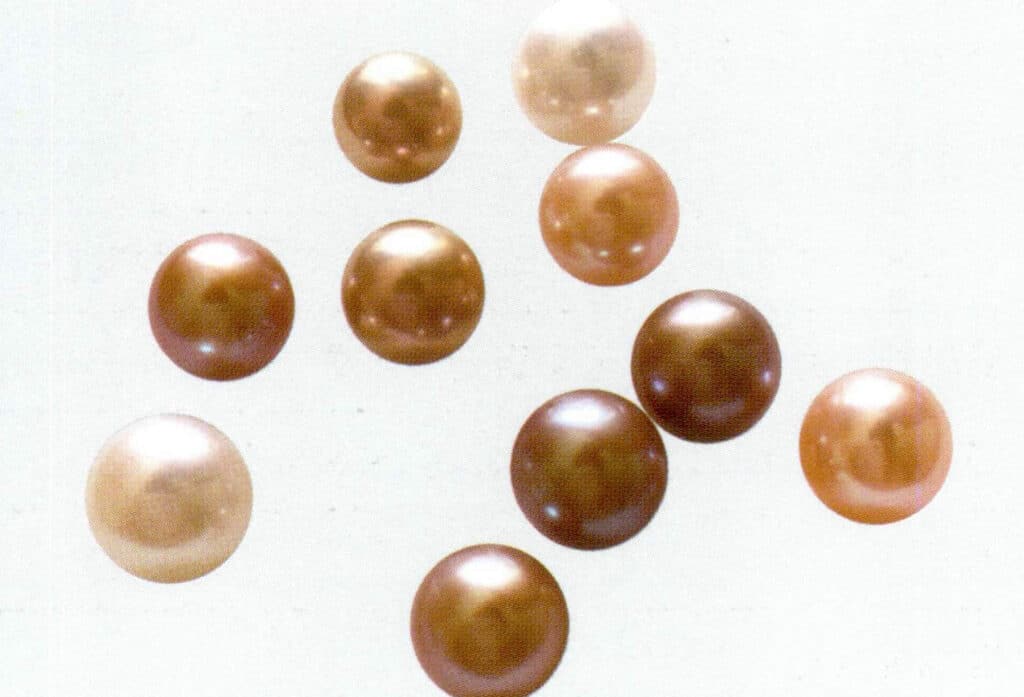
Figure 1-7-10 Extremely Strong Luster (Nucleated Freshwater Cultured Pearl) (One)
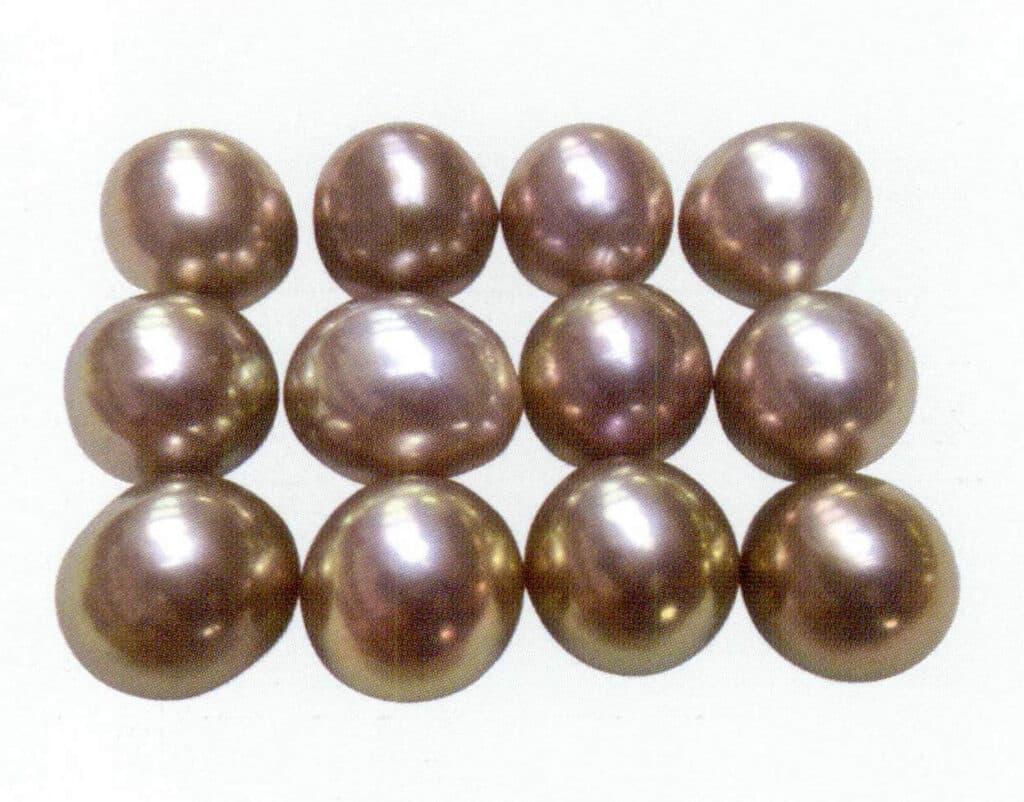
Figure 1-7-11 Very High Luster (Nucleated Freshwater Cultured Pearls) (II)
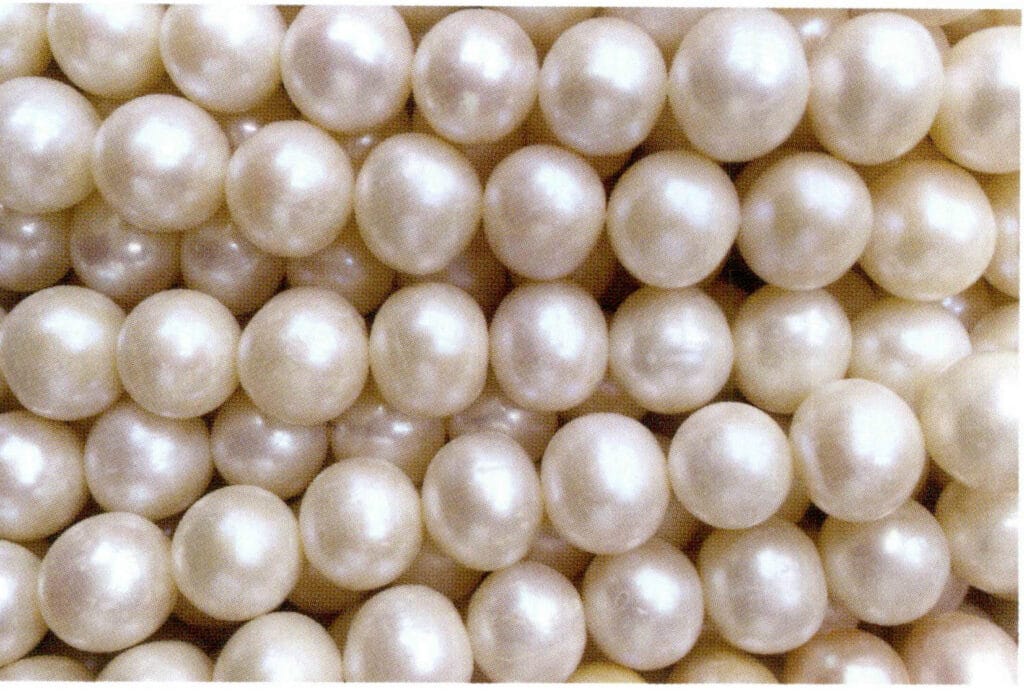
Figure 1-7-12 Medium Luster (Nucleated Freshwater Cultured Pearls) (I)
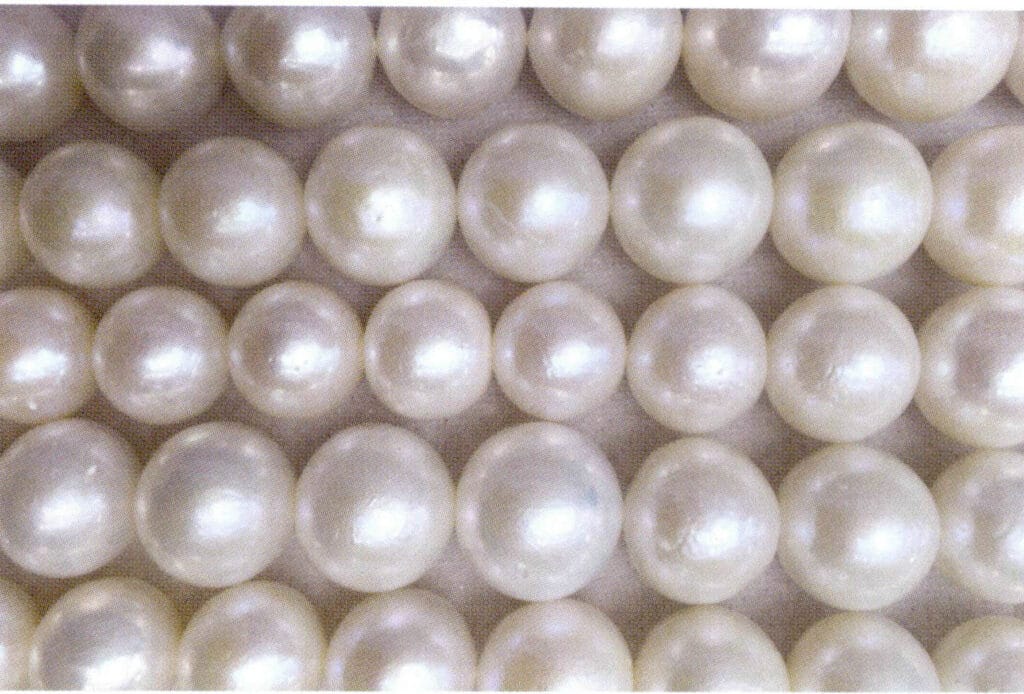
Figure 1-7-13 Medium luster (nucleated freshwater cultured pearls) (II)

Figure 1-7-14 Weak to Medium Luster (Nucleated Freshwater Cultured Pearls)
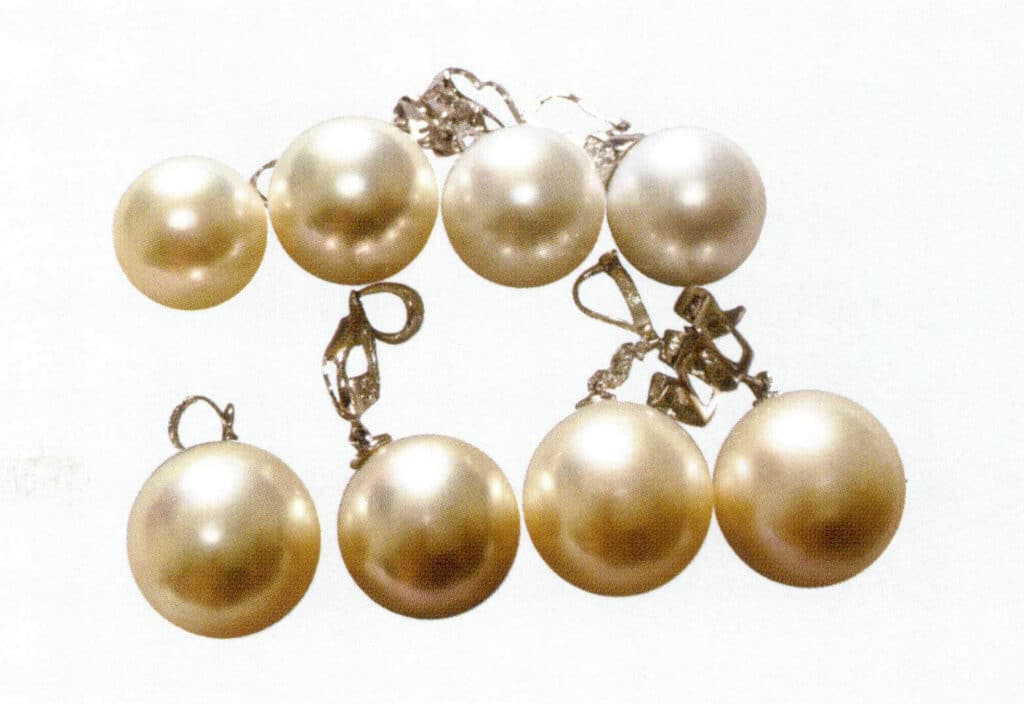
Figure 1-7-15 Strong to medium luster diminishing from left to right (South Sea pearls)
3. Surface blemishes
The surface blemishes of pearls refer to defects that cause the surface of the pearl to be uneven and unattractive. Common surface blemishes on pearls include banding, bumps (papules, tails), depressions (flat tops), wrinkles (grooves), damage, chips, spots (black dots), needle marks, scratches, peeling marks, cracks, and pearl scars.
The surface perfection of a pearl refers to the overall degree of smoothness and cleanliness determined by the size, color, location, and quantity of blemishes on the pearl’s surface. The fewer the blemishes, the higher the quality of the pearl. Common levels of surface blemishes in pearls can be seen in Table 1-7-3 and Figures 1-7-16 and 1-7-23.
Clean and dry the sample, roll the sample, observe with the naked eye, record the types, quantity, and distribution of surface flaws, refer to standard samples, and determine the sample’s smoothness level.
Table 1-7-3 Classification of Common Pearl Surface Defect Levels
| Surface Defect Levels | Quality Requirements |
|---|---|
| Flawless | The surface appears smooth and delicate to the naked eye, making it extremely difficult to observe any defects; such pearls are generally not drilled beforehand and are drilled only after sale |
| Extremely minor flaw | The surface has one or two clustered pinpoint flaws; after drilling, the pearl is of flawless grade; or can be covered after setting |
| Minor flaw | The surface has very few flaws, such as scattered pinpoint flaws, which cannot be completely covered after drilling and setting, but are not easily observed |
| Few flaws | There are fewer flaws, easily observable to the naked eye, but not very obvious. |
| Flaw | Flaws are obvious, such as pits, rings, etc., easily observed by non-professionals. |
| Major flaw | The flaw is very obvious |

Figure 1-7-16 Flawless (South Sea Pearl)

Figure 1-7-17 Slight Flaw (South Sea Pearl) (I)
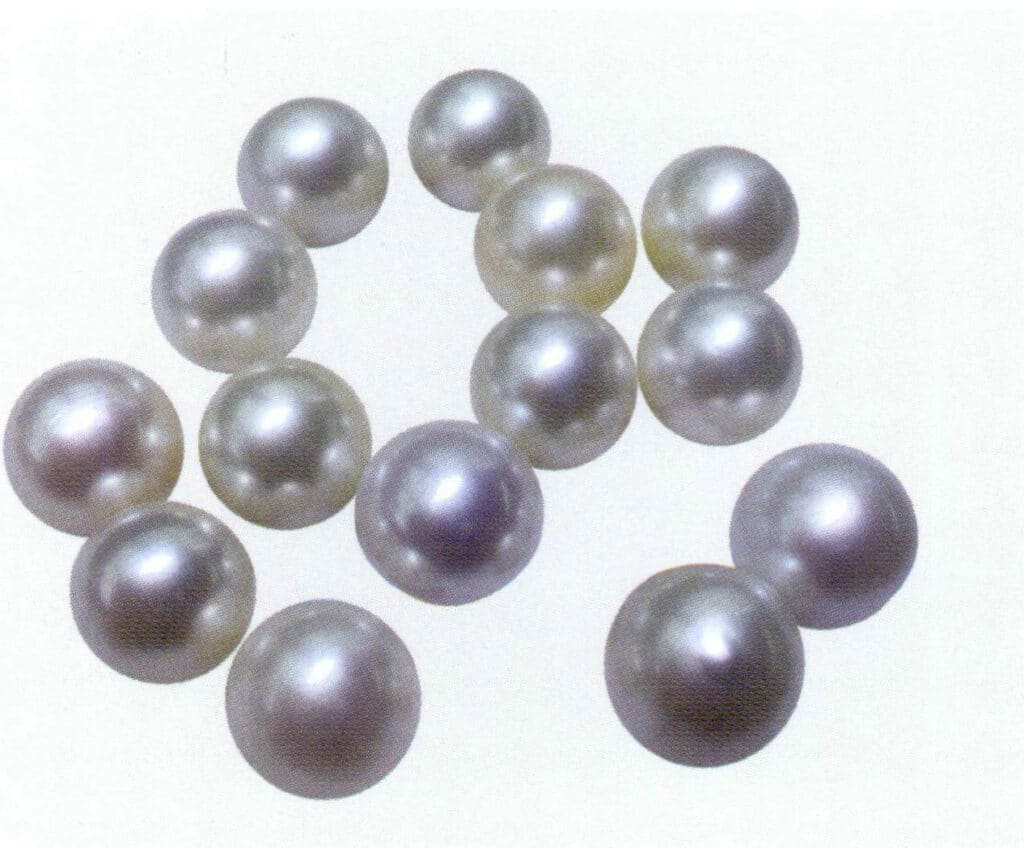
Figure 1-7-18 Slight Flaw (South Sea Pearl) (II)
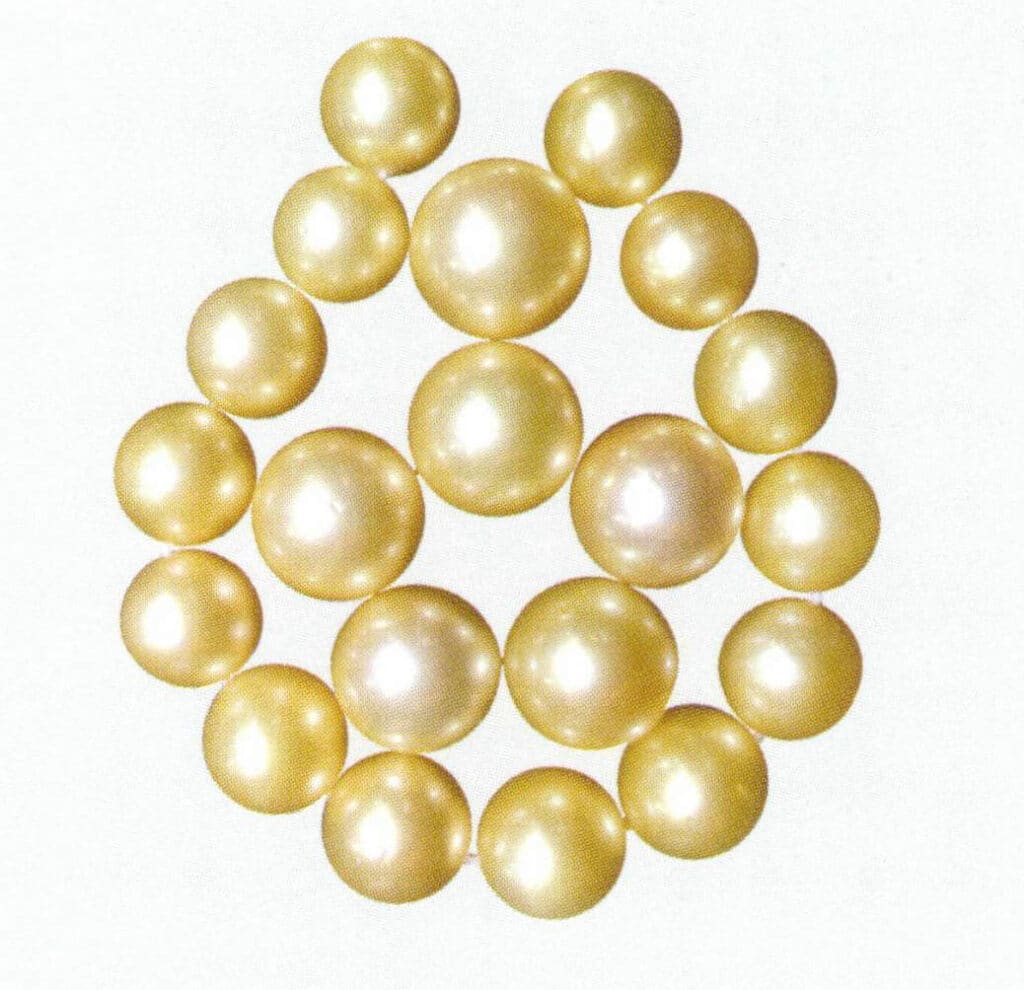
Figure 1-7-19 Minor Flaw (South Sea Pearl) (III)
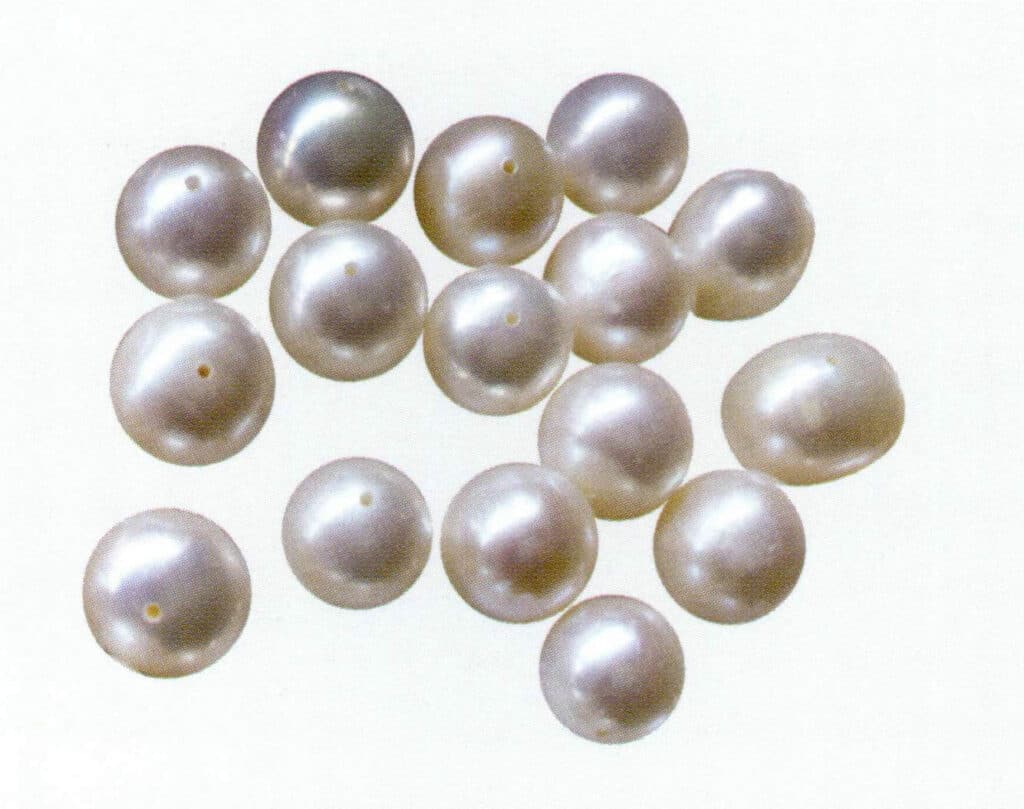
Figure 1-7-20 Minor Flaw (Freshwater Non-Nucleated Cultured Pearl)
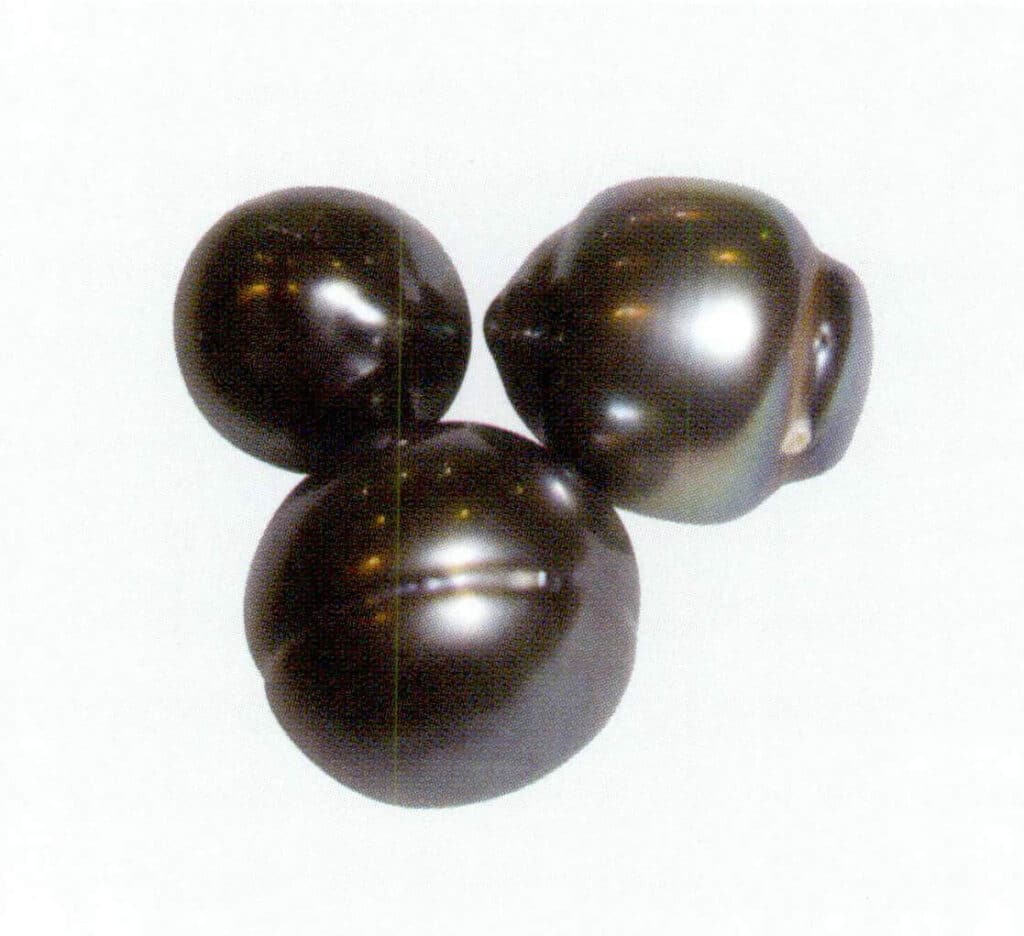
Figure 1-7-21 Flaw (Taki Black Pearl)
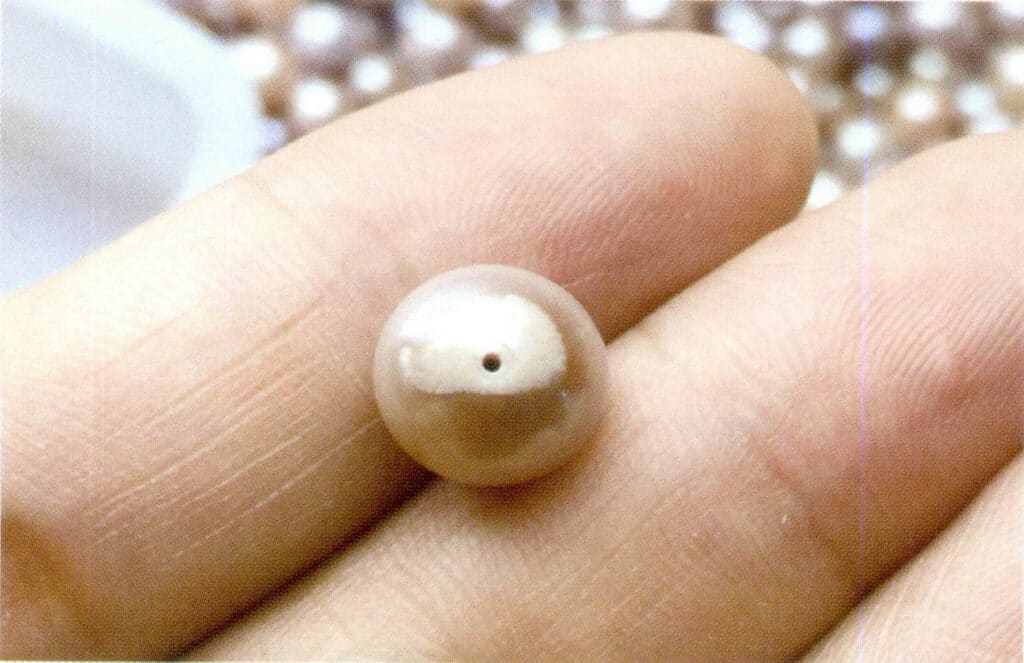
Figure 1-7-22 Major Flaw (Freshwater Non-Nucleated Cultured Pearl)
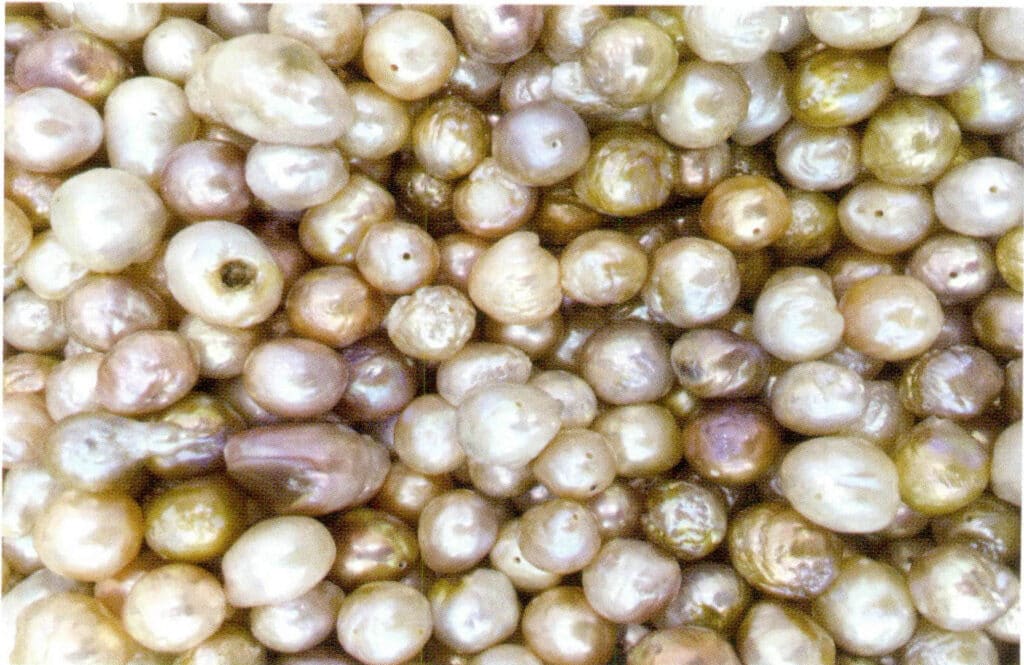
Figure 1-7-23 Major Flaw (Freshwater Cultured Pearl)
4. Színes
The color of a pearl is composed of body color, overtone, and orientation. For pearls, body color is not as important to the quality as luster and roundness.
The body color of pearls is generally in the series of white, golden yellow, black, orange, pink, purple, etc., with pink, purple, and orange often appearing in combination. For white series pearls, the whiter the color, the more pronounced the pink overtone, and the higher the value. For colored pearls in the golden, orange, purple, and pink series, the more uniform and intense the color, the higher the value. For the black series, the blacker the body color, the more pronounced the green overtone, and the higher the value. See Figures 1-7-24 and 1-7-35.
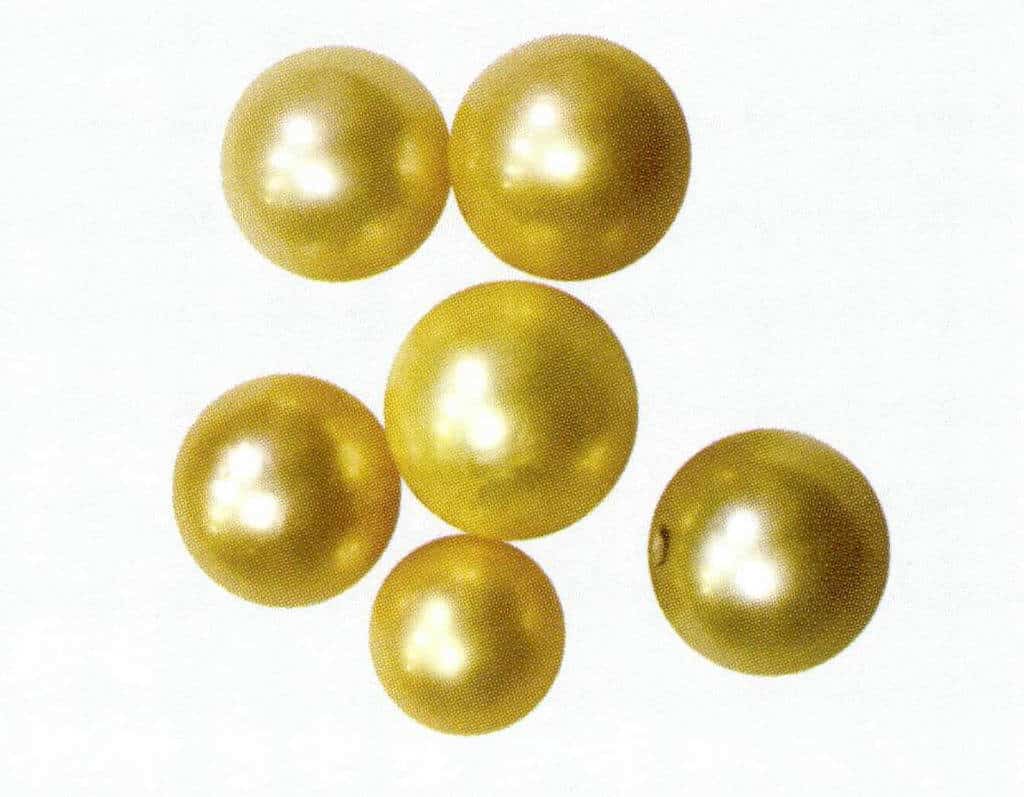
Figure 1-7-24 shows uneven yellow (South Sea pearl).
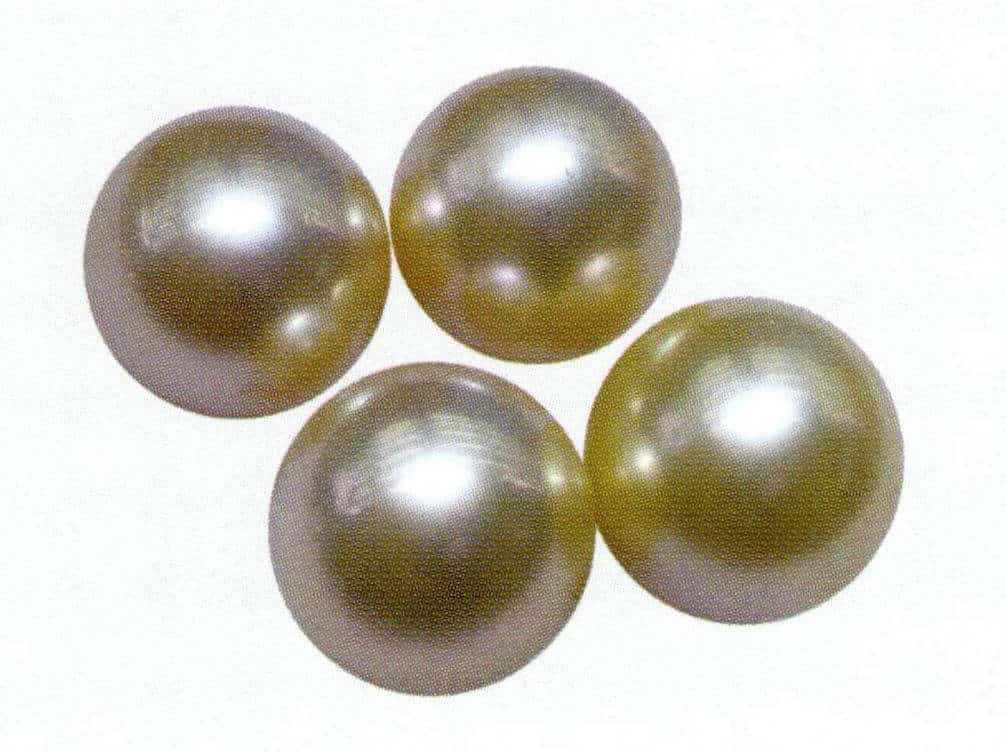
Figure 1-7-25 Light yellow (South Sea pearl)

Figure 1-7-26 Medium to deep golden yellow (South Sea pearl)
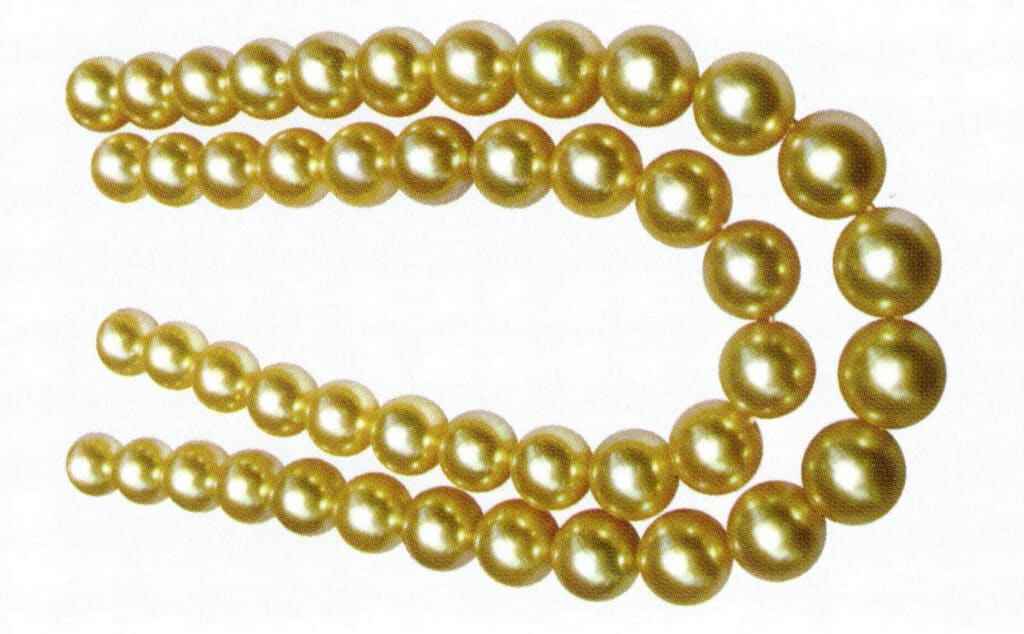
Figure 1-7-27 Vivid golden yellow (South Sea pearl)
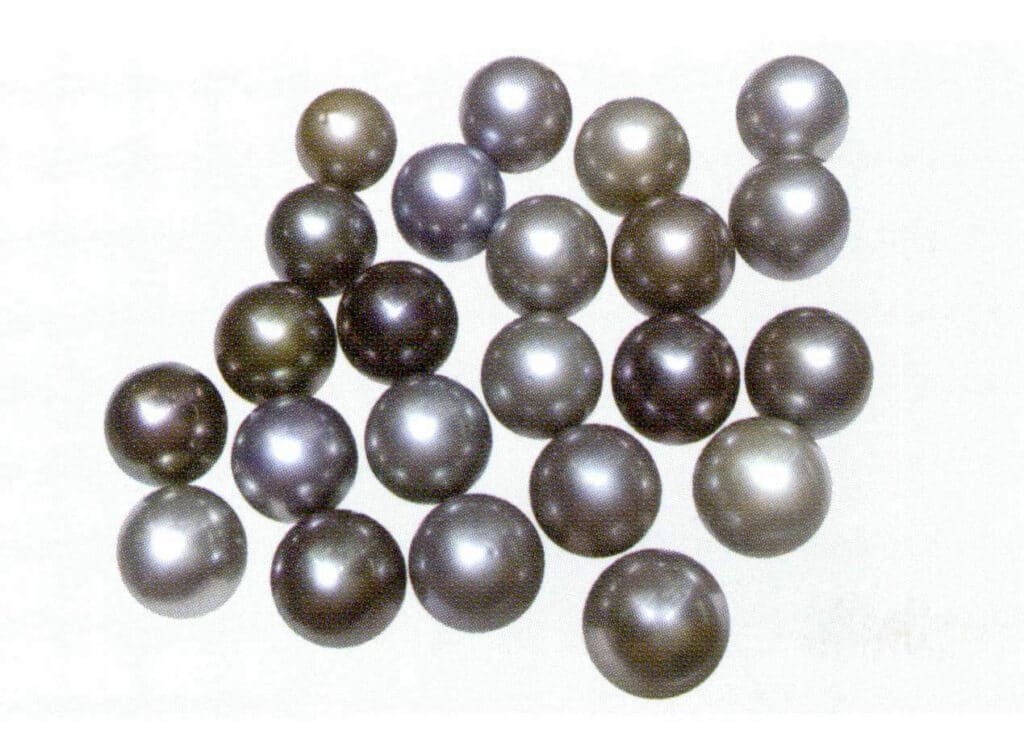
Figure 1-7-28 Gray to dark black (Taqi Ti black pearl)
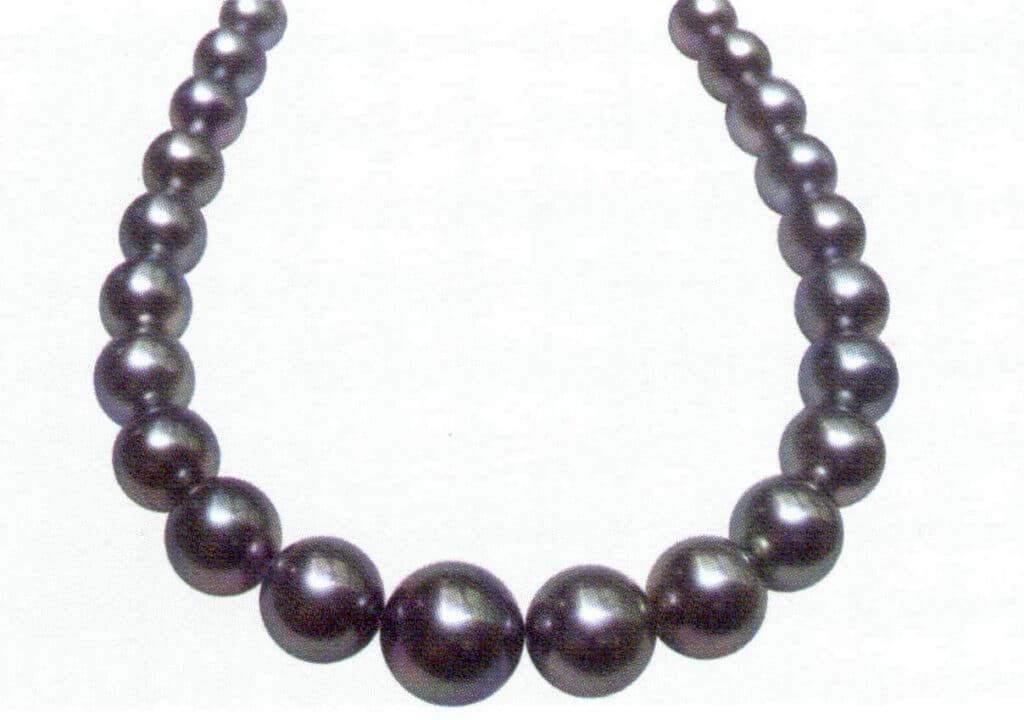
Figure 1-7-29 Black with peacock green undertones (Taqi Ti black pearl)
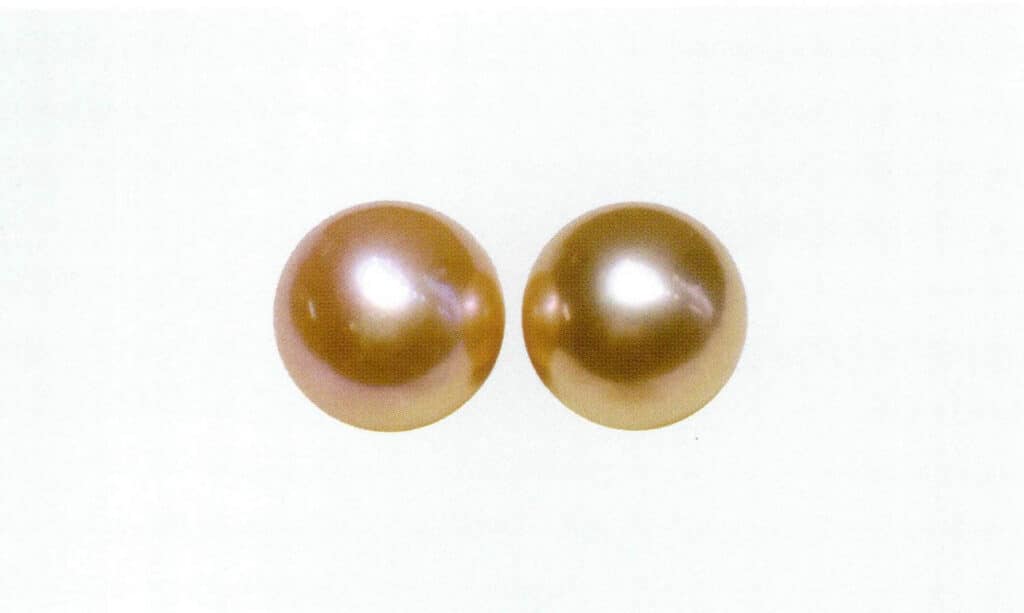
Figure 1-7-30 Light to medium orange (freshwater cultured pearls)

Figure 1-7-31 Light to deep pink, pink-purple (freshwater cultured pearls)
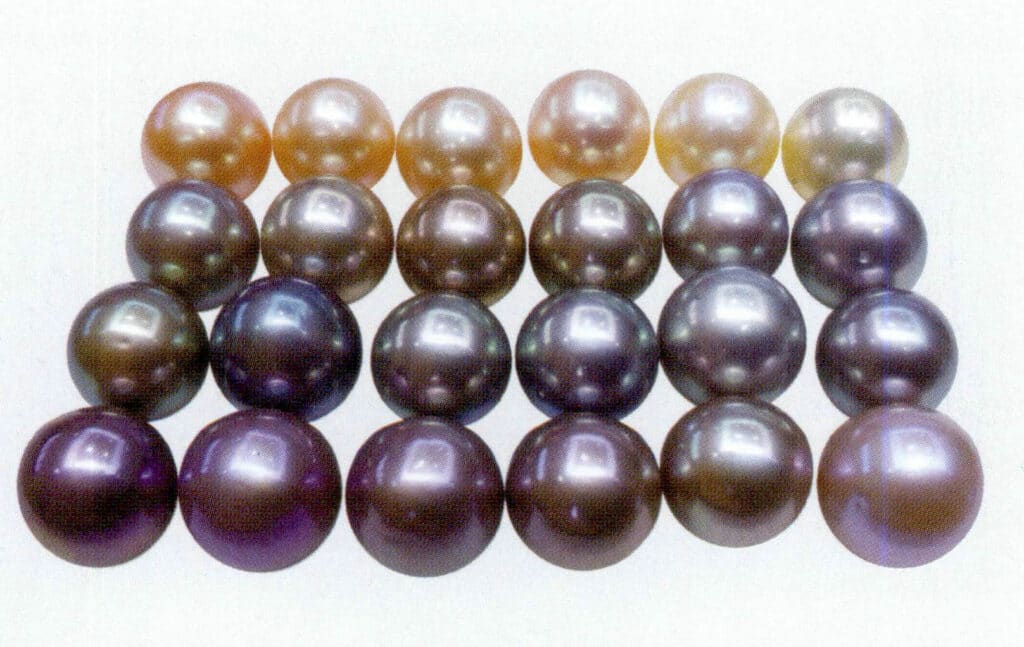
Figure 1-7-32 Light to deep orange and purple
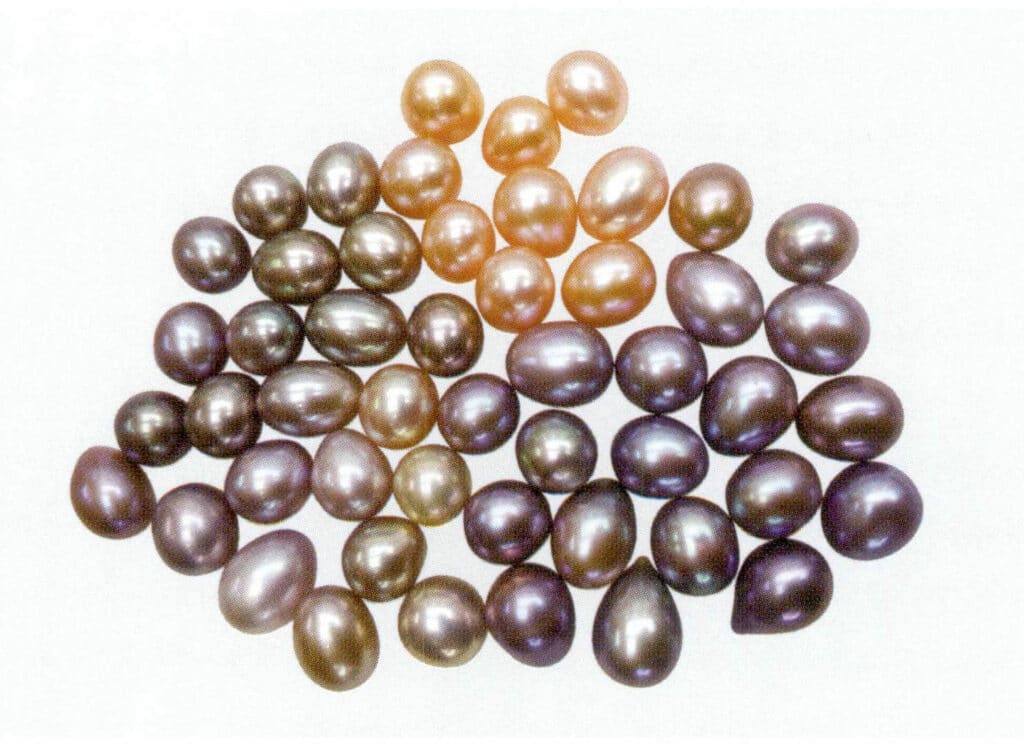
Figure 1-7-33 Medium to deep orange, purple, and metallic colors
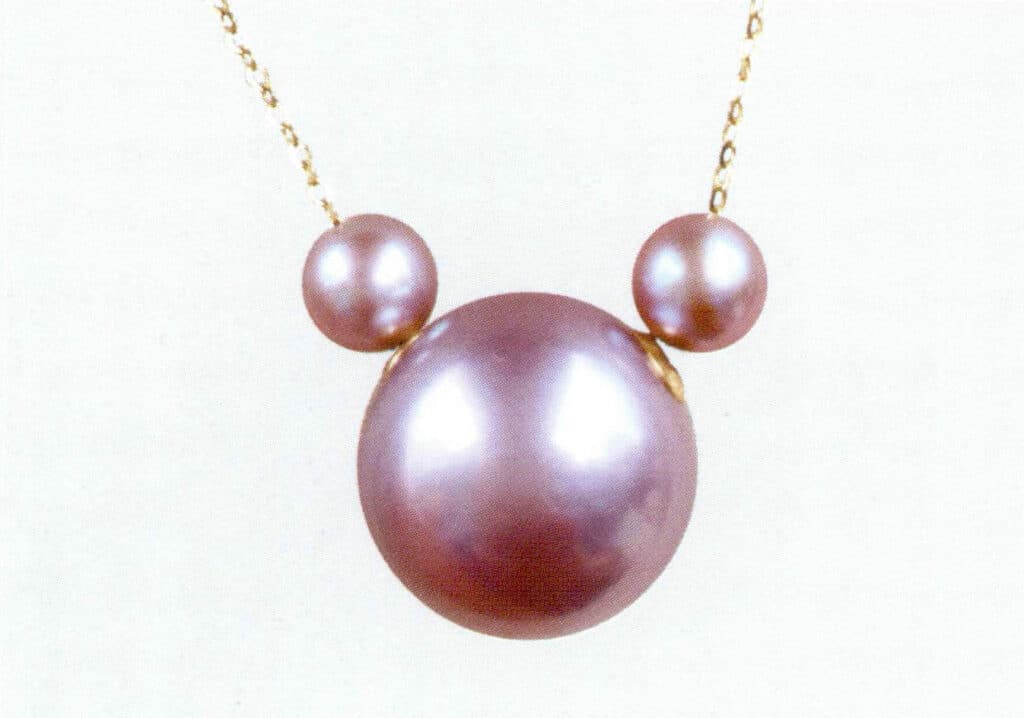
Figure 1-7-34 Deep pink-purple (freshwater cultured pearls)

Figure 1-7-35 Deep Purple (Freshwater Cultured Pearls with Nuclei)
Under the same conditions of other quality factors, golden yellow is the most valuable among seawater pearls; among freshwater pearls, white and deep purple, orange, and pink are equally popular, while light purple, orange, and pink have slightly lower values.
Overtone and orient are important factors in the appreciation of pearls. Generally speaking, the stronger the overtone and the more pronounced the colors of the orient, the stronger the luster and the higher the value.
The accompanying colors of pearls include pink, purplish-red, blue, green, and others. For white pearls, pink is preferred over green and other accompanying colors; for black pearls, green is preferred over red and blue. The different levels of accompanying colors of pearls are shown in n in Figures 1-7-36 to 1-7-45
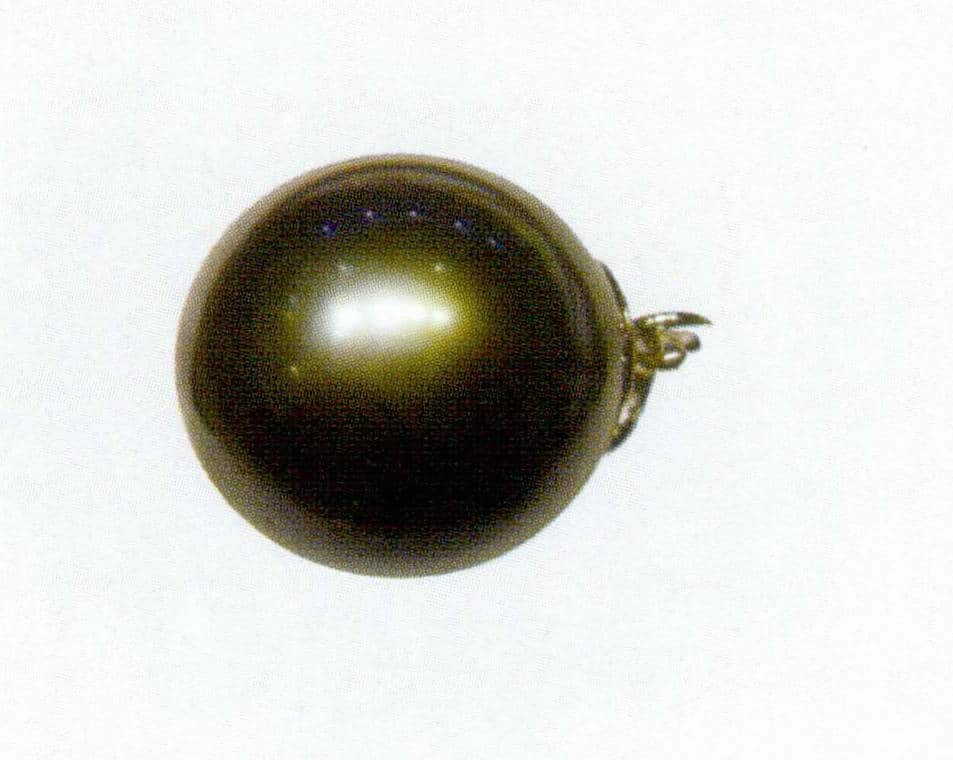
Figure 1-7-36 Subtle Accompanying Color (Taqi Black Pearl)
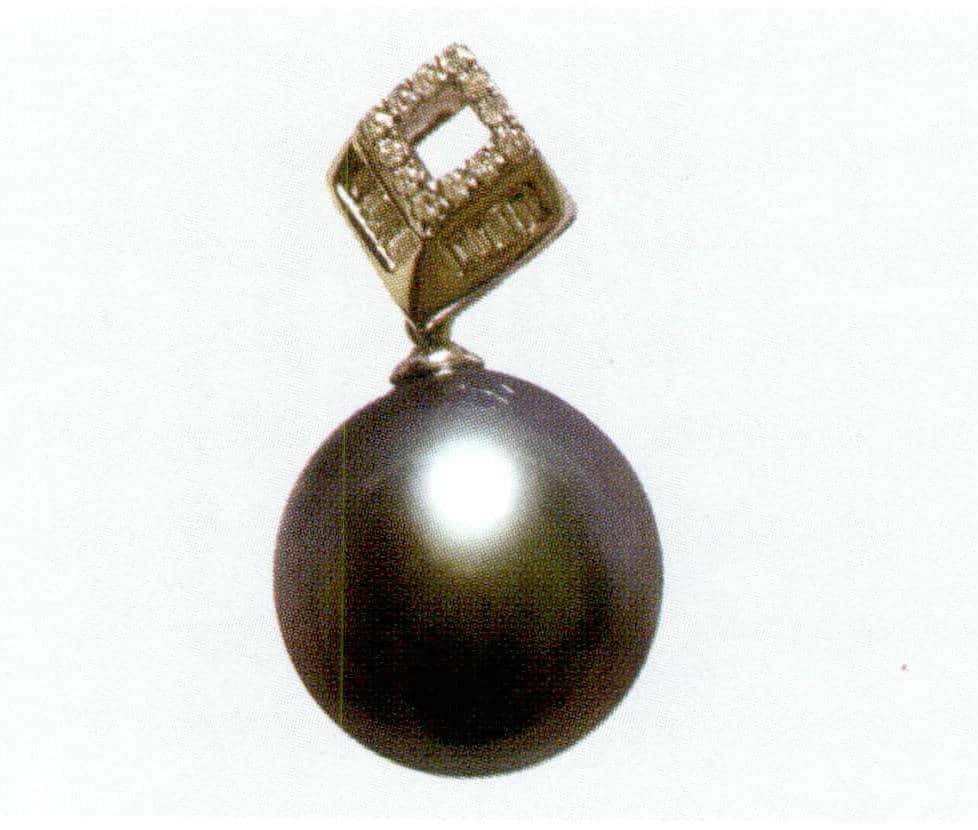
Figure 1-7-37 Noticeable Accompanying Color (Taqi Black Pearl)

Figure 1-7-38 Obvious Accompanying Color (Taqi Black Pearl)
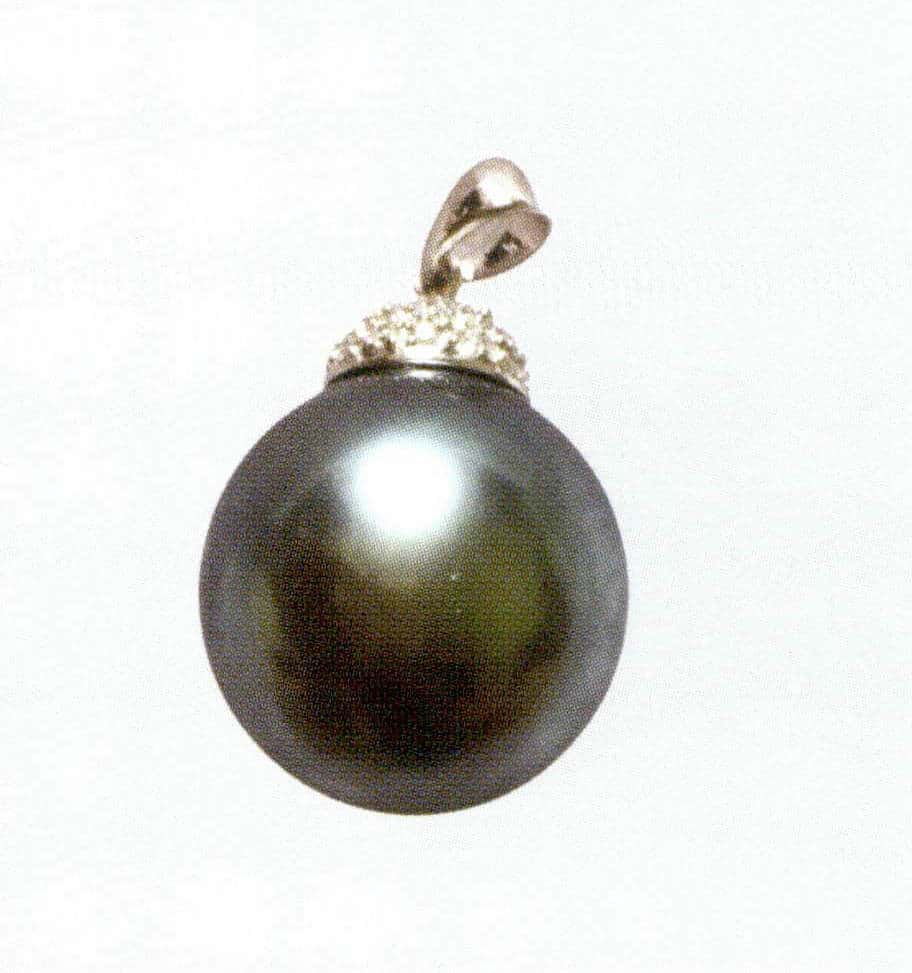
Figure 1-7-39 Strong accompanying color (Taqi Black Pearl)

Figure 1-7-40 Strong red, green, and other accompanying colors (Taqi Black Pearl)
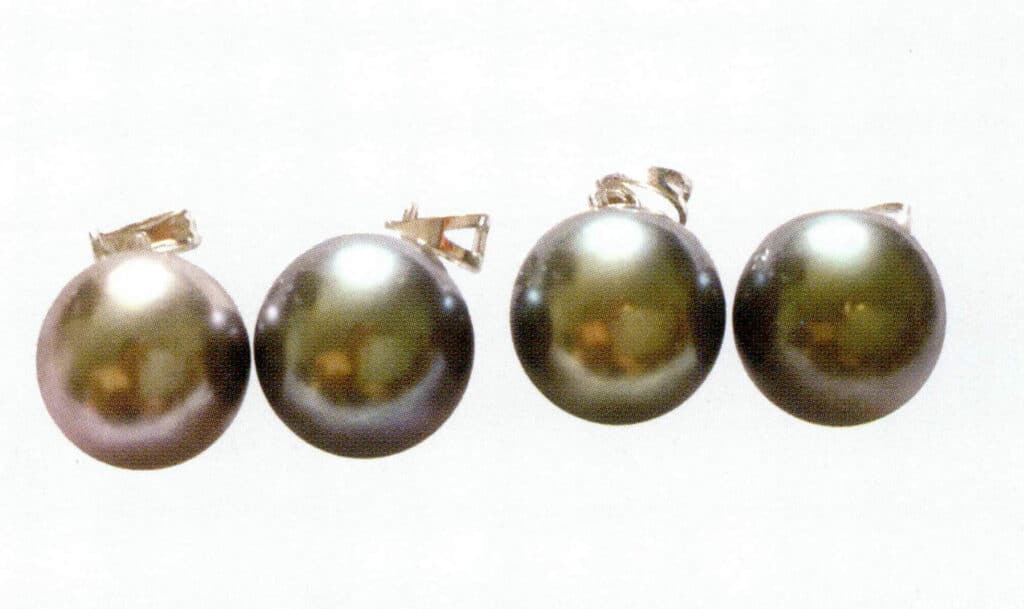
Figure 1-7-41 Strong red and green accompanying colors (Taqi Black Pearl)
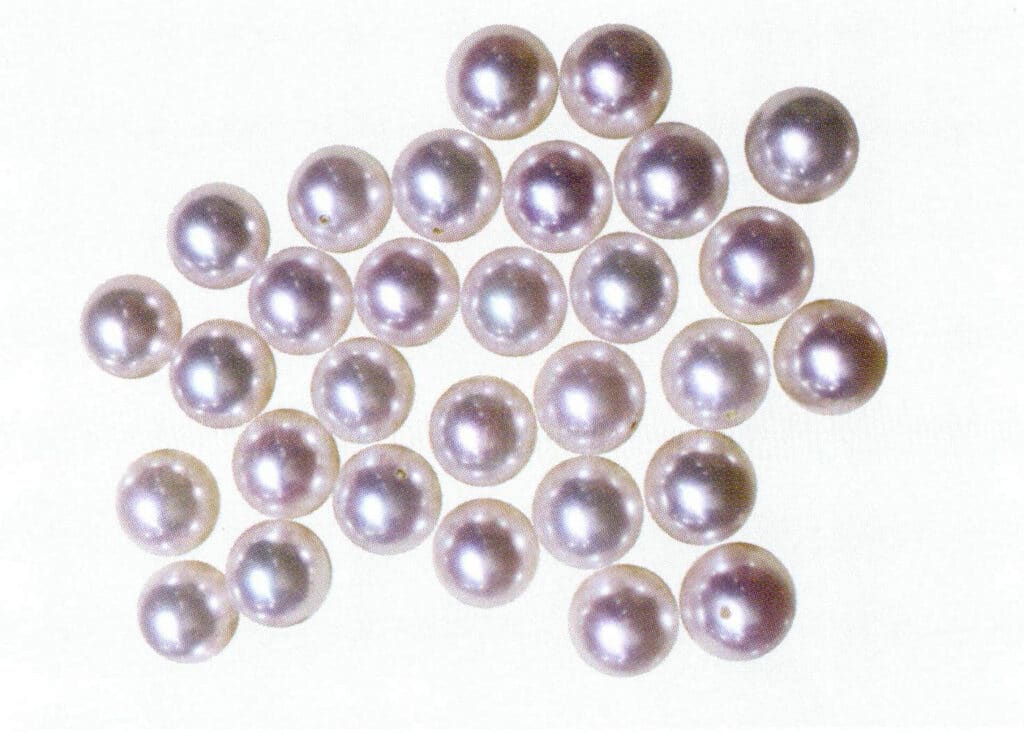
Figure 1-7-42 Strong pink accompanying color (Akoya Pearl)
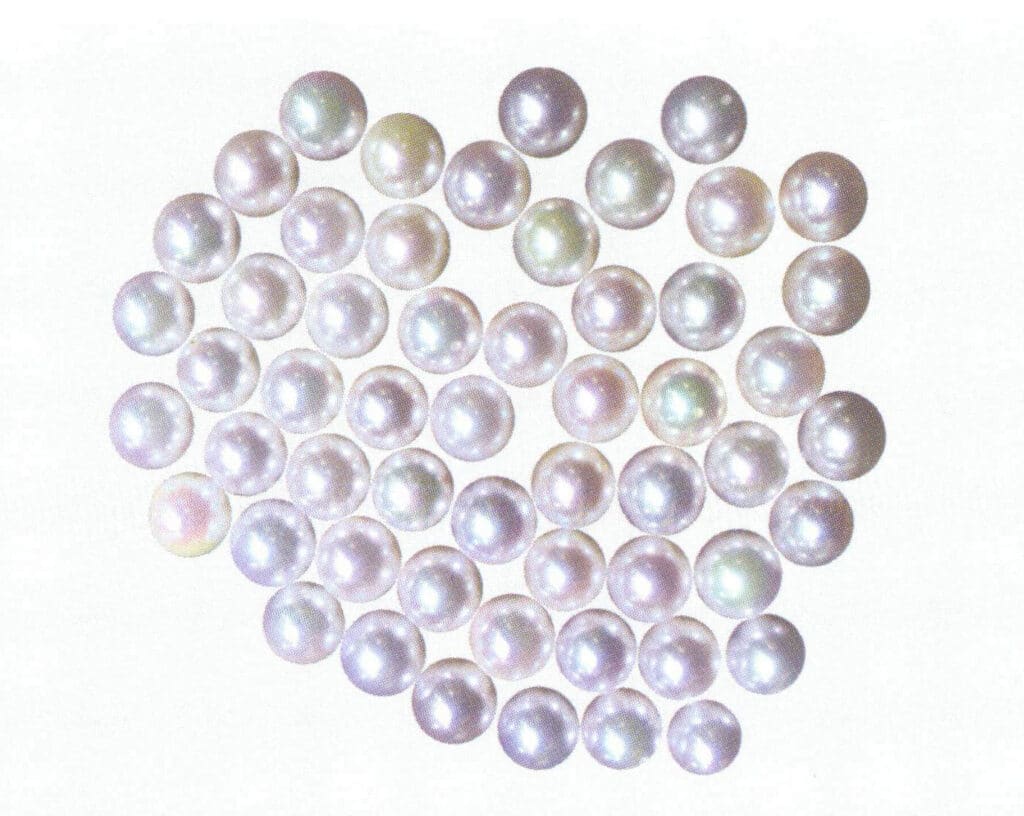
Figure 1-7-43 Strong powder, green and other accompanying colors (Akoya pearls)

Figure 1-7-44 Strong green accompanying color (except for the left three) (Freshwater nucleated cultured pearl)
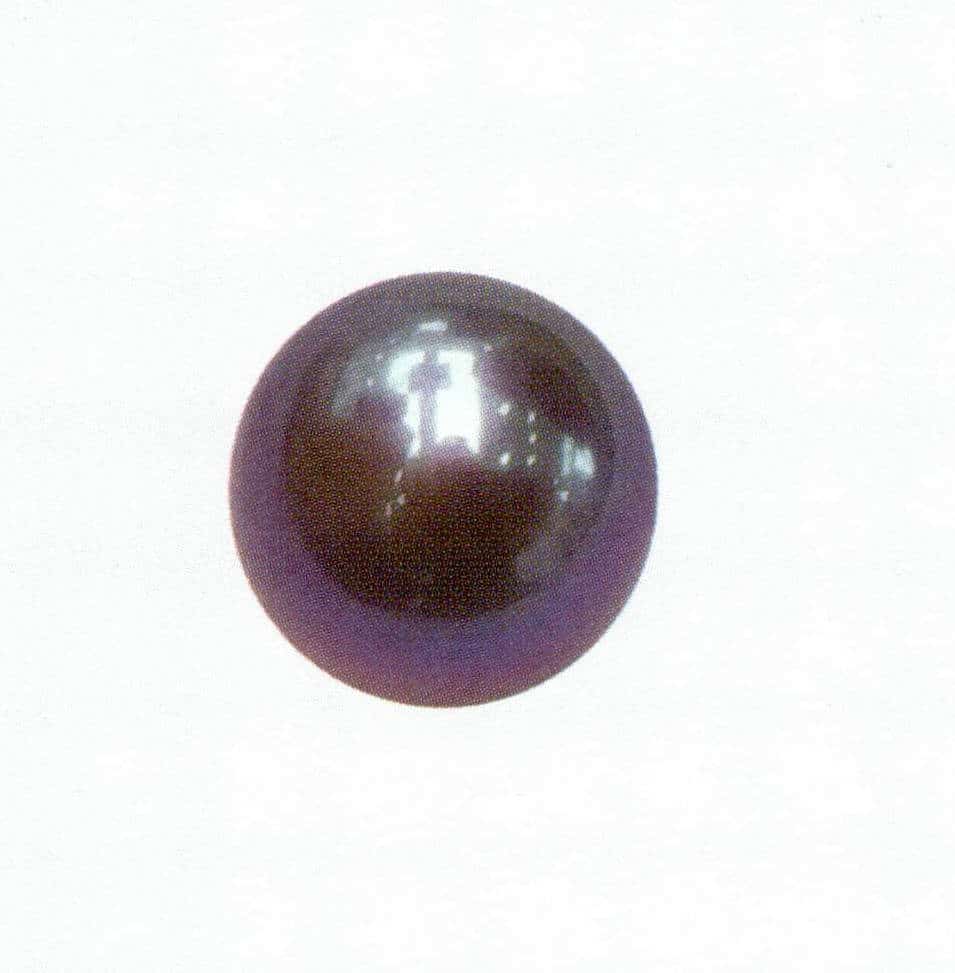
Figure 1-7-45 Strong purple-red accompanying color (freshwater cultured pearls with nuclei)
5. Size
The larger the pearl, the higher the value. The longer a pearl grows inside a mollusk, the larger it becomes; however, as the pearl grows larger, the uncertainty regarding the health of the mollusk and the pearl’s luster, color, shape, and surface flaws increases. In particular, diseases and aging of the mollusk can greatly affect the quality of the pearl. The probability of perfection for large pearls is much lower than that for small pearls. For cultured pearls, the longer the growth time, the more uncontrollable and uncertain situations arise, leading to higher risks and costs of cultivation.
Round, spherical, and near-spherical pearls are generally represented by the smallest diameter, while the product of the maximum and minimum sizes represents other shapes of cultured pearls.
Individual or strings of pearls can be measured using a pearl caliper (thickness gauge) or a vernier caliper, see Figure 1-7-46; bulk loose pearls can be measured using a pearl sieve, see Figure 1-7-47, with their diameter represented by the aperture range of the pearl basket. Different diameters of Freshwater cultured pearls with nuclei are shown in Figure 1-7-48 and Figure 1-7-49.

Figure 1-7-46 Pearls and Pearl Thickness Gauges
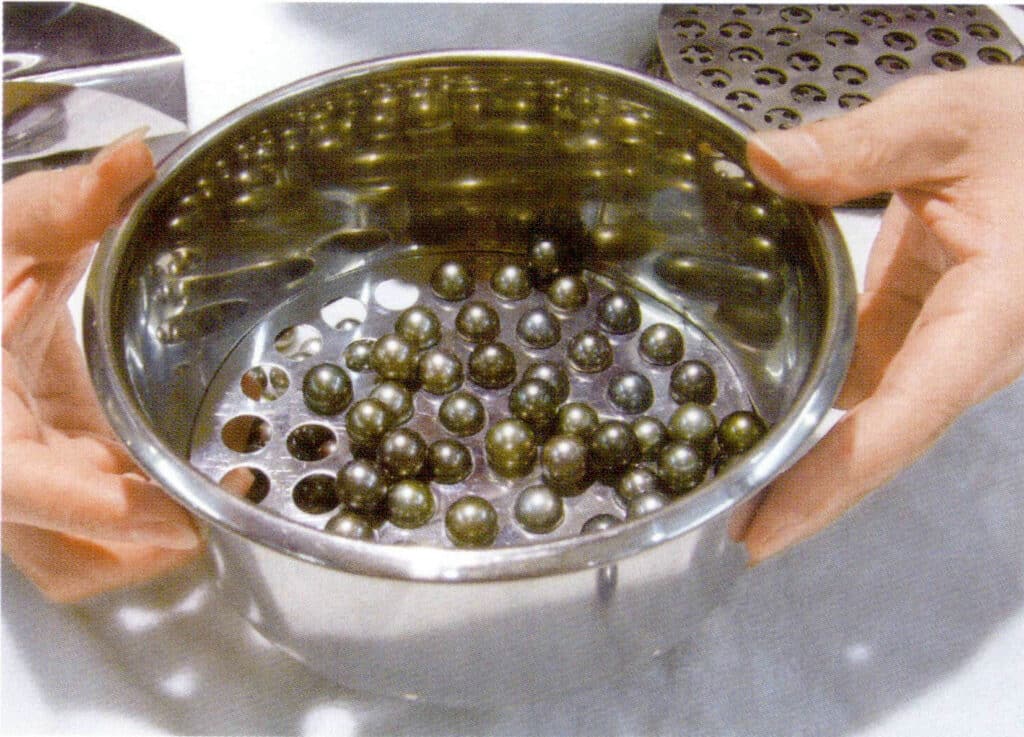
Figure 1-7-47 Measuring pearl diameter with a pearl basket

Figure 1-7-48 Freshwater cultured pearls with nuclei, diameter 14-17mm
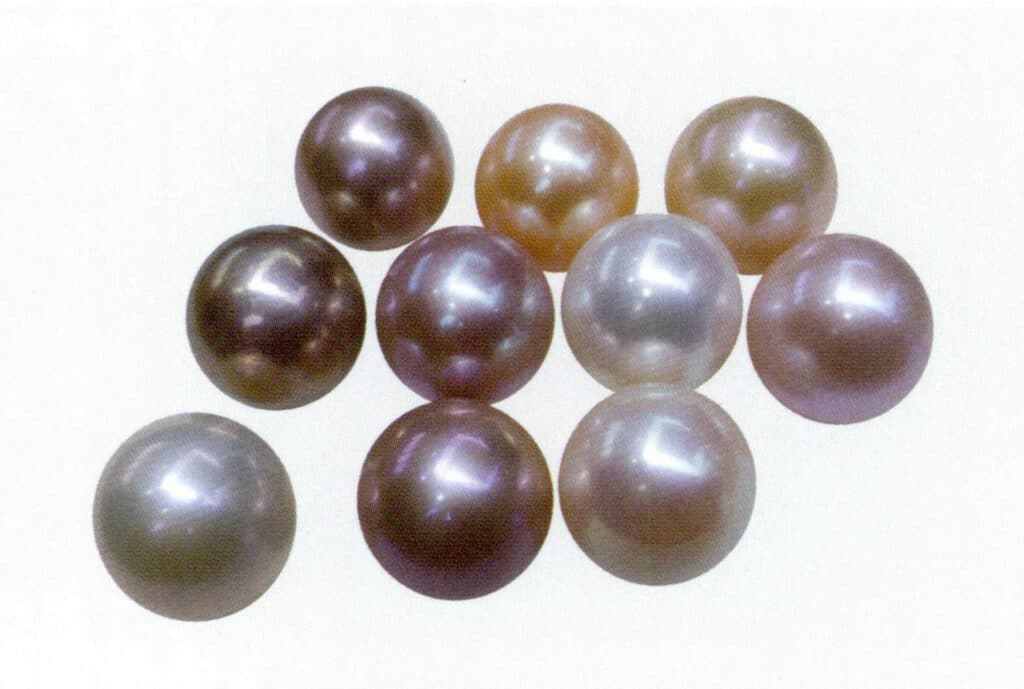
Figure 1-7-49 Freshwater cultured pearls with nuclei, diameter 18-19mm
6. Shape
The shapes of pearls can be divided into round, near-round, oval, flat-round (such as button-shaped, cabochon, etc.), irregular, and other shapes, see Figure 1-7-50 to Figure 1-7-55. The round shape has the highest value; larger water droplet shapes are easier to make into pendants, and the irregular shapes are symbolic Shapes that are easy to design can also have high value.
A method combining visual observation of pearl rolling and multi-directional diameter measurement can be used. The percentage difference in diameter ≤1% is for perfectly round pearls. Calculate the percentage difference in diameter X(%) based on the measurement data.

Figure 1-7-50 Water droplet shape (South Sea pearl)
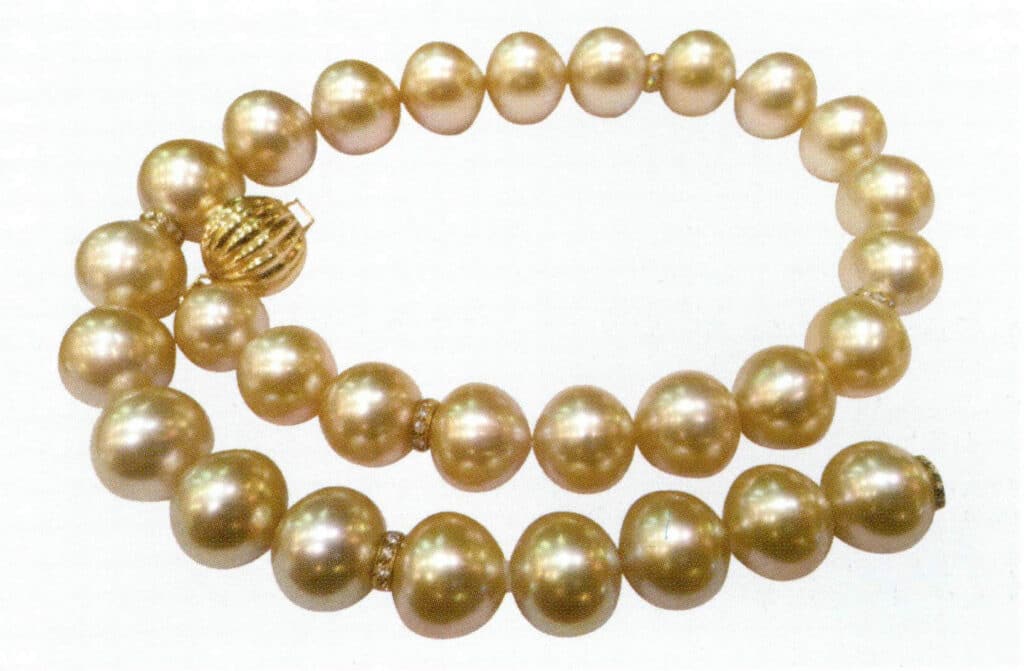
Figure 1-7-51 Water droplet shape, flat-round, and round shape (South Sea pearl)

Figure 1-7-52 Oval shape (South Sea pearl)

Figure 1-7-53 Flat round and round shapes (South Sea pearls)
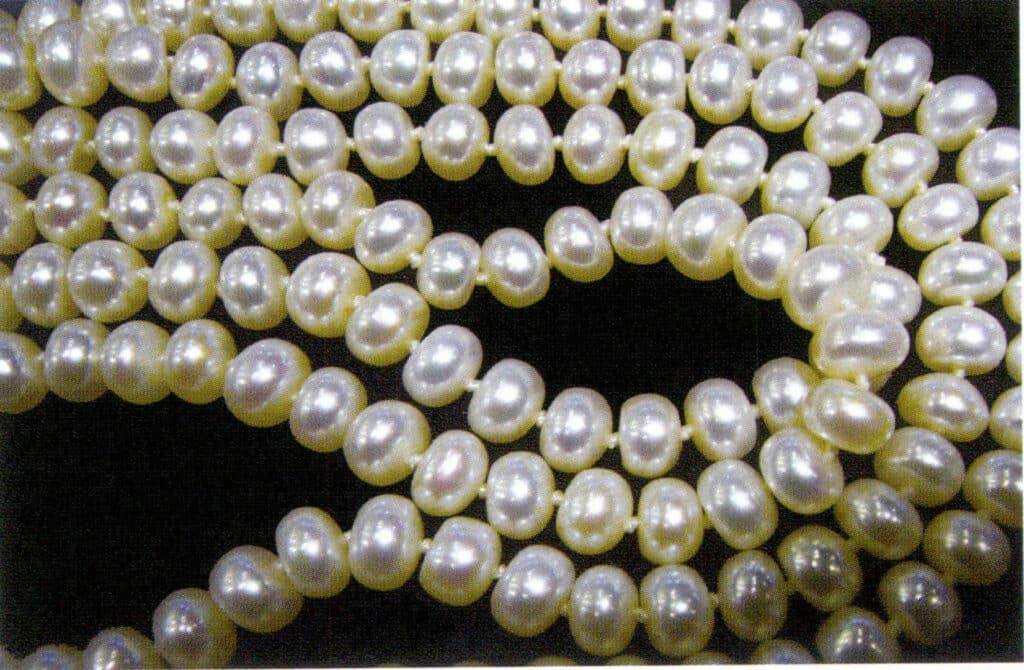
Figure 1-7-54 Flat-round shape (freshwater non-nucleated cultured pearl)

Figure 1-7-55 Perfectly round (Akoya pearls)
7. Pearl layer thickness
The thickness of the nacre does not affect the luster of the pearl, but a layer that is too thin is prone to damage and shedding, which affects the lifespan of the pearl, see Figure 1-7-56.
The thickness of the layer in a non-nucleated pearl is its radius. For nucleated pearls, the core is inside, and the pearl layer is outside the core.
Non-destructive testing methods include X-radiographic methods, tomography, etc.
The destructive testing method is the direct measurement method. The sample is cut open and polished in the middle, and the thickness of the nacre layer is measured using a measuring microscope. This method measures at least three maximum and three minimum thicknesses of the pearl layer and takes the average to determine the thickness level of the pearl layer.
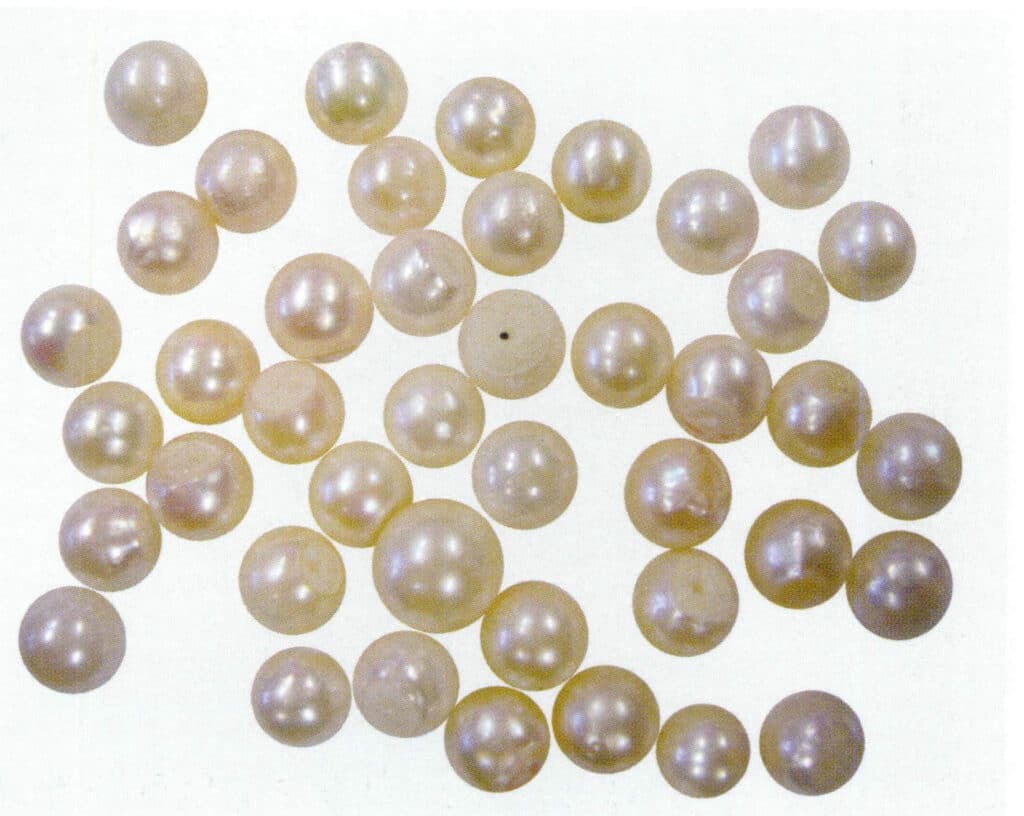
Figure 1-7-56 Thin pearl layer

Figure 1-7-57 Thickness of the pearl layer in nucleated and non-nucleated pearls
8. Matching
For multi-bead pearl jewelry such as pearl necklaces, matching attribute is also one of the factors in evaluating pearl quality.
After harvesting and polishing, perfect pearls are selected individually without drilling; pearls with minor flaws or more significant defects are drilled before or after bleaching and polishing, matched according to quality factors such as color, luster, shape, and size, and strung together to a standard necklace length to be sold as semi-finished products. See Figures 1-7-58 to 1-7-65.
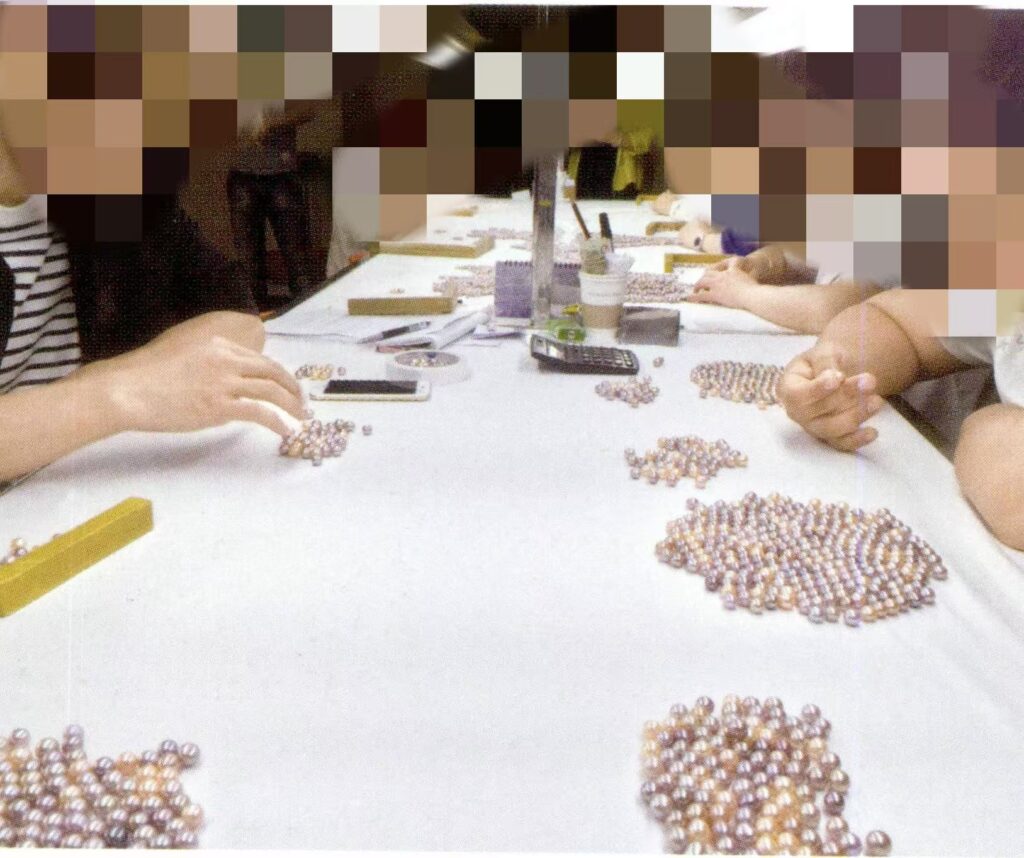
Figure 1-7-58 Sorting of pearls in a freshwater pearl processing factory.

Figure 1-7-59 Matching of pearls in freshwater pearl processing plant

Figure 1-7-60 Matching and stringing of pearls in freshwater pearl processing plant(1)
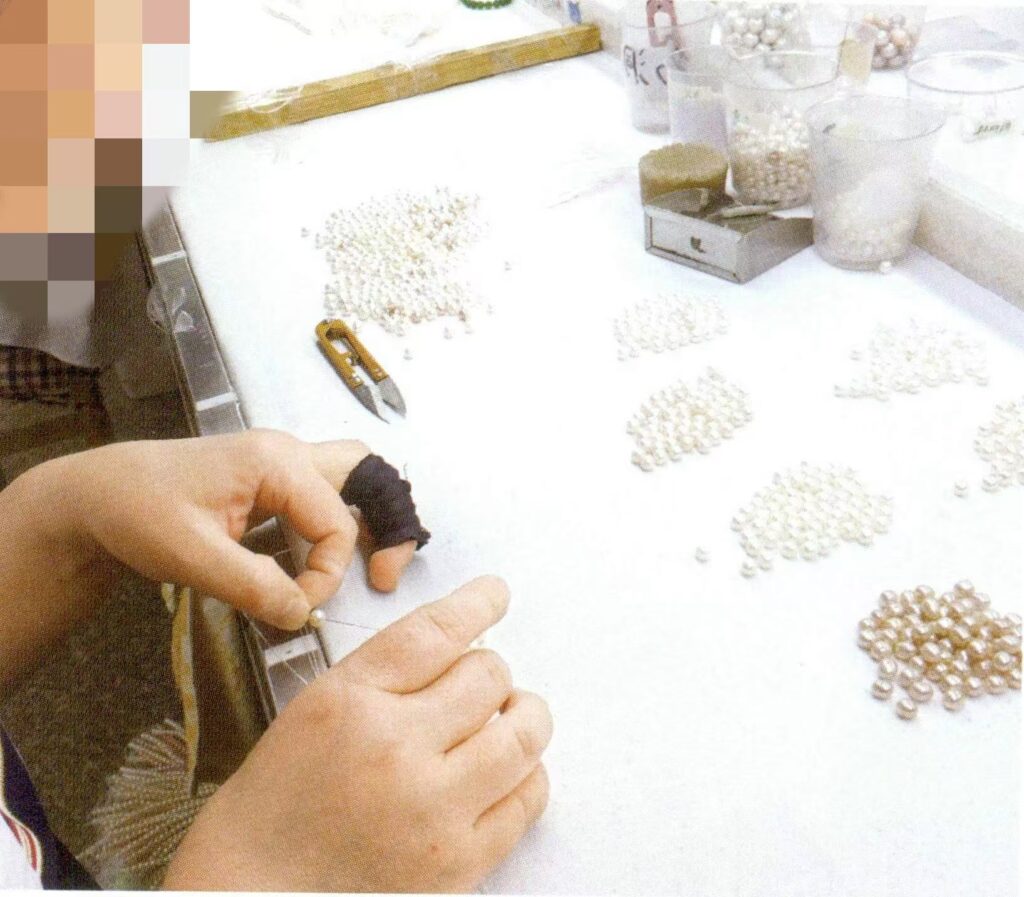
Figure 1-7-61 Matching and stringing of pearls in freshwater pearl processing plant (2)

Figure 1-7-62 Sorting of pearls in seawater pearl processing plant (1)
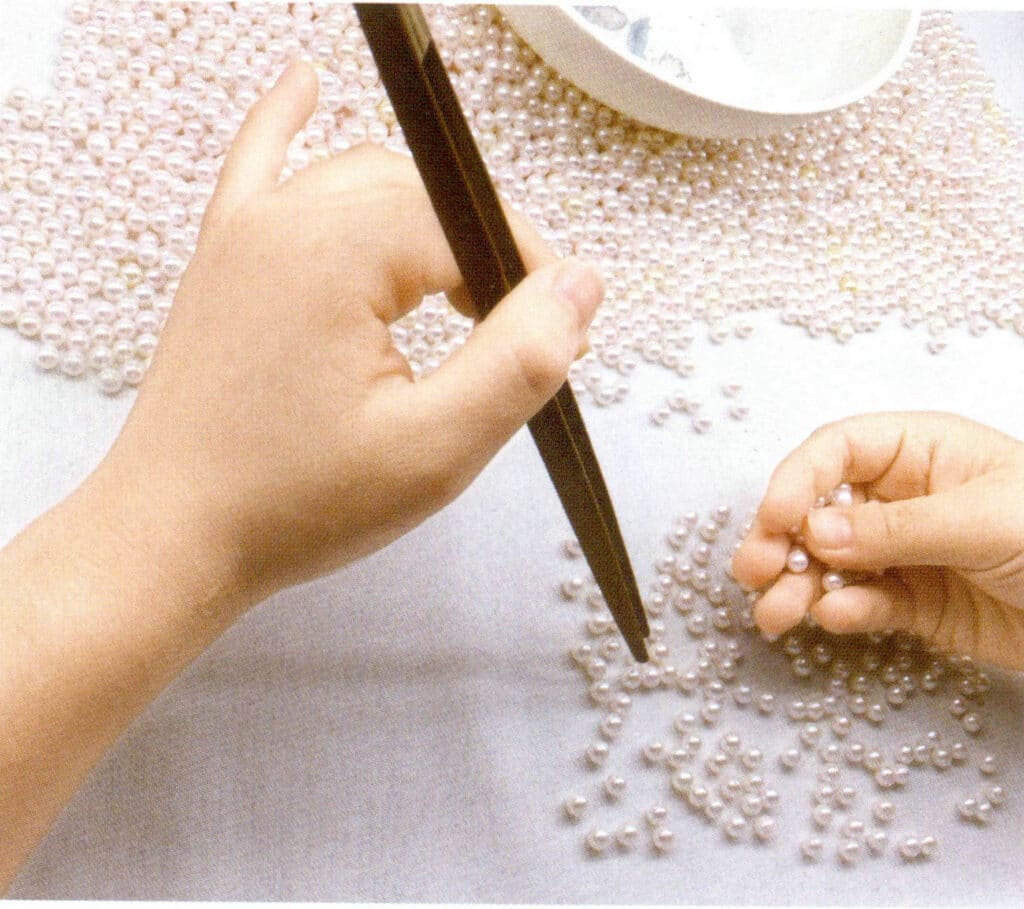
Figure 1-7-63 Sorting of pearls in a seawater pearl processing factory (2)
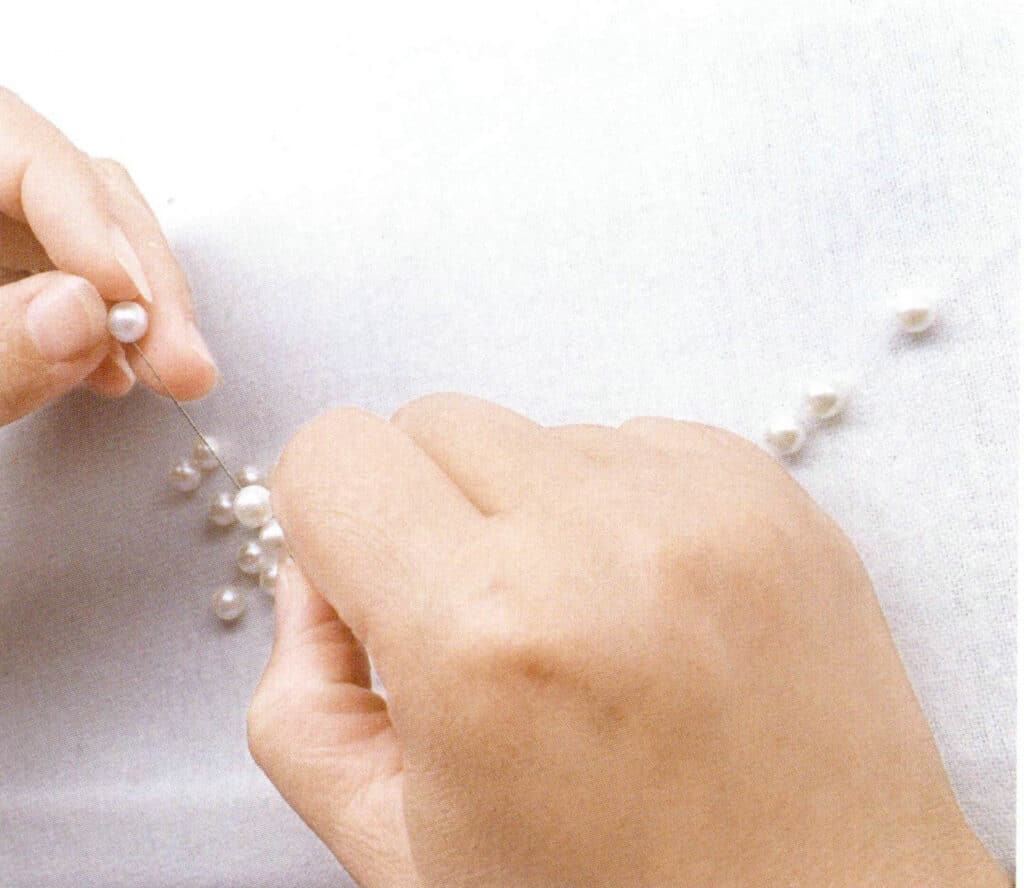
Figure 1-7-64 Beading of pearls in a marine pearl processing plant (1)
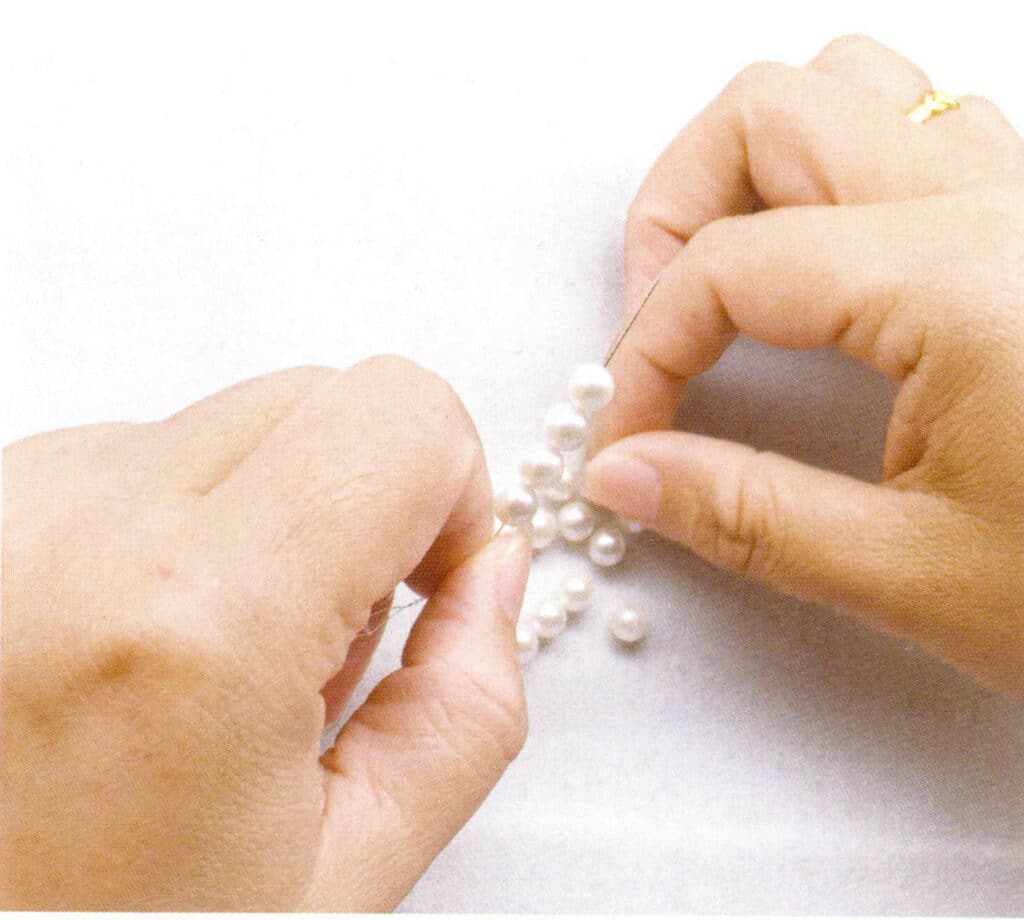
Figure 1-7-65 Stringing of pearls in a seawater pearl processing factory (2)
Matching refers to the degree of coordination among cultured pearls in multi-bead pearl jewelry in shape, luster, surface flaws, color, and size. Pearls with good Matching have consistent quality factors such as shape, luster, and surface flaws; color and size should be harmoniously unified or show a gradual, aesthetically pleasing change; the drill holes should be centered and straight, smooth without burrs. For high-quality multi-bead pearls, perfect Matching should also consider accompanying colors; see Figures 1-7-67.
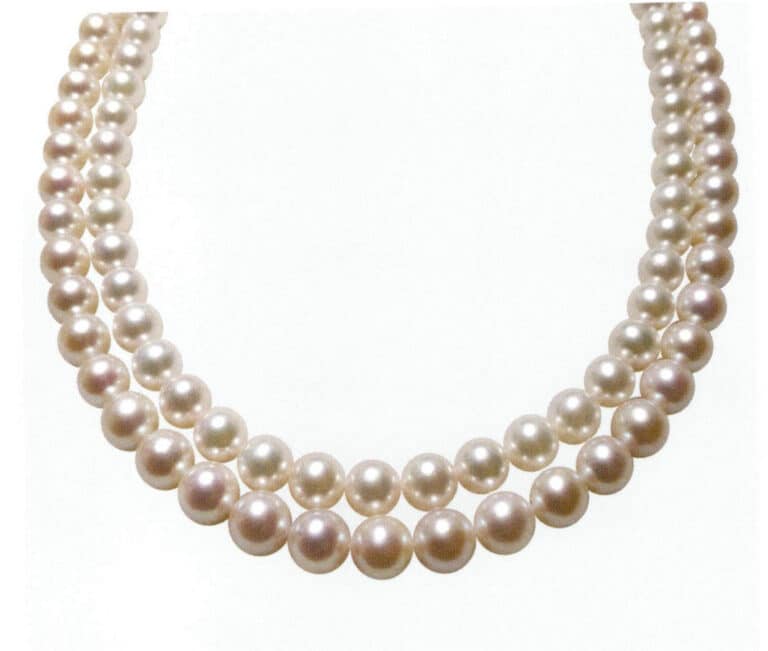
When observing, one should consider various quality factors such as shape, luster, surface flaws, color, size, drilling, and accompanying color, observing both the overall piece and individual pearls, first the overall and then the details, to evaluate the quality of Matching. The overall observation of Matching can be seen in Figures 1-7-68 and 1-7-69. Generally, the quality level of multiple pearl jewelry is evaluated based on the level of pearls above 90%.

Figure 1-7-68 Akoya pearl necklace matching in size, accompanying color, and flaw level
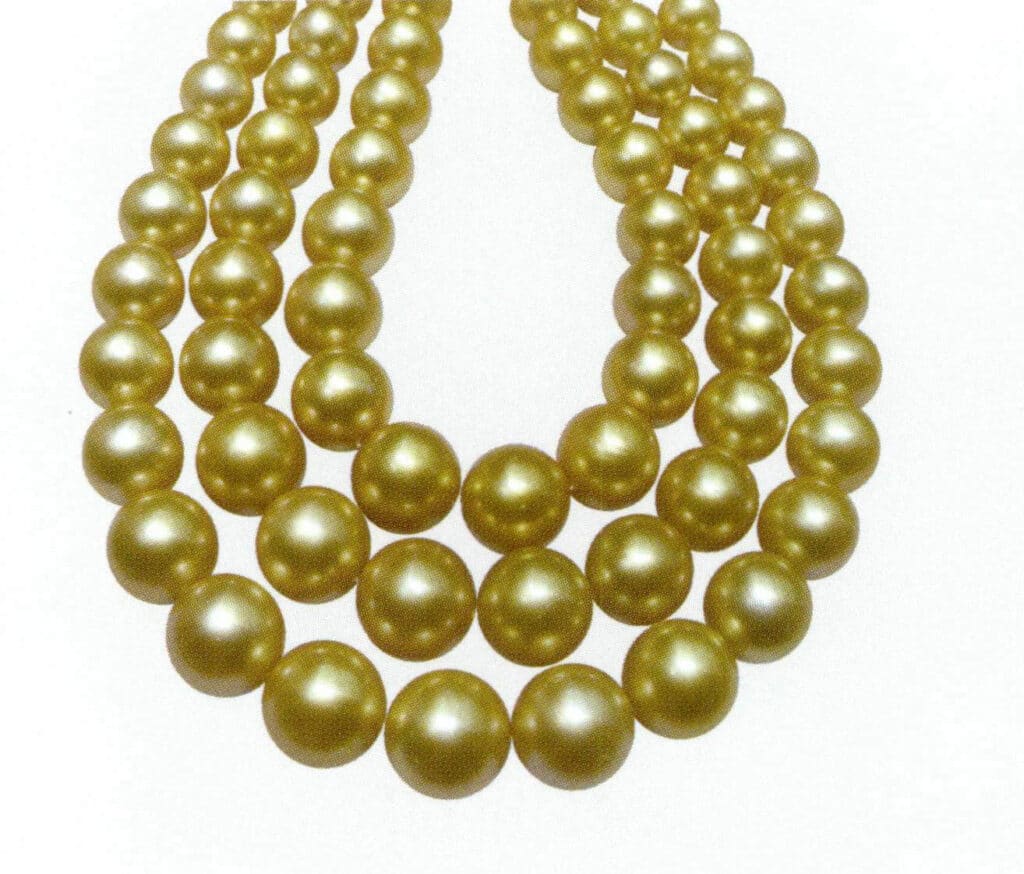
Figure 1-7-69 South Sea pearl necklace matching in color, size, and flaw level
9. Origin
The origin identification of pearls is not as mature and widespread as that of rubies, sapphires, and emeralds. Due to factors such as price, the industry and consumer market for cultured pearls do not have urgent requirements for origin identification. Currently, the identification of pearl origin is more applied in natural pearls, cultural relics, and archaeology. Nevertheless, some cultured pearls from traditional origins still outperform those from other origins regarding quality and acceptability, and their value is correspondingly higher.
Golden South Sea pearls from origins such as Australia and the Philippines are generally superior to those from Myanmar. In contrast, black pearls from Tahiti and the Cook Islands are generally superior to those from the Gulf of Mexico. The quality of seawater cultured pearls harvested or processed in Japan is often better than those harvested in China, and the price of Japanese freshwater cultured pearls with the same appearance is higher than that of Chinese Freshwater cultured pearls.
10. Craft-grade Pearls
When pearls do not meet the quality requirements for jewelry grade, they are often used in crafts or ground into pearl powder for use in beauty and other fields. The craft pearls are shown in Figures 1-7-70 to 1-7-75.
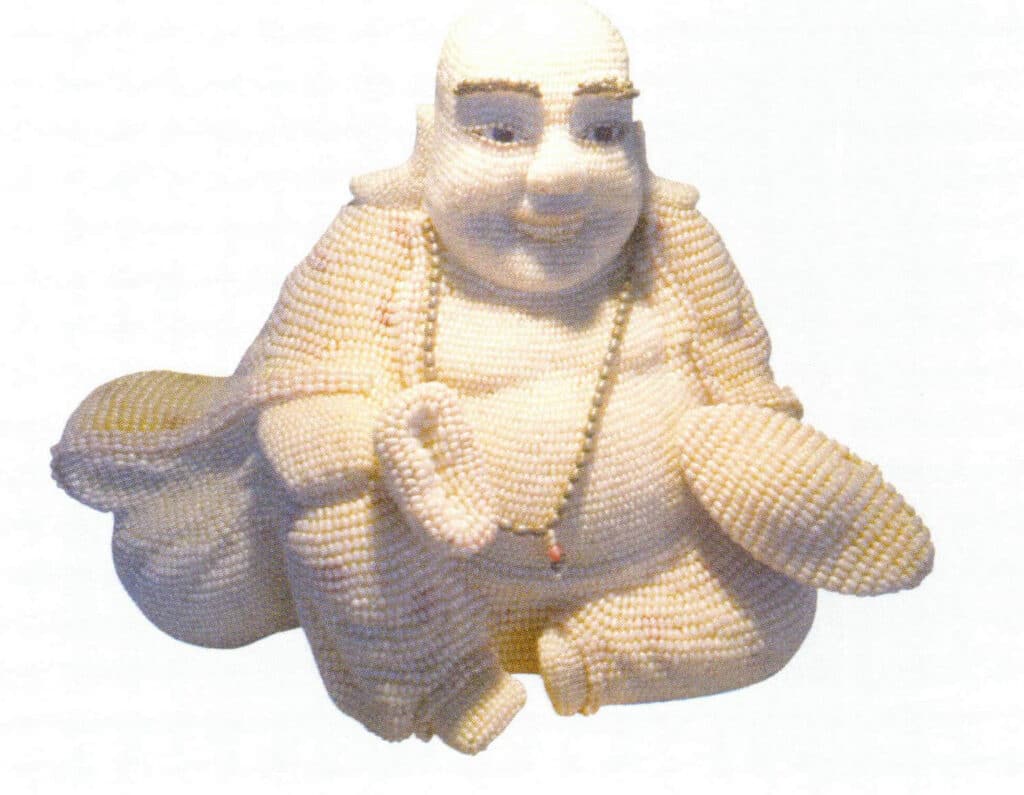
Figure 1-7-70 Pearl Crafts(1)
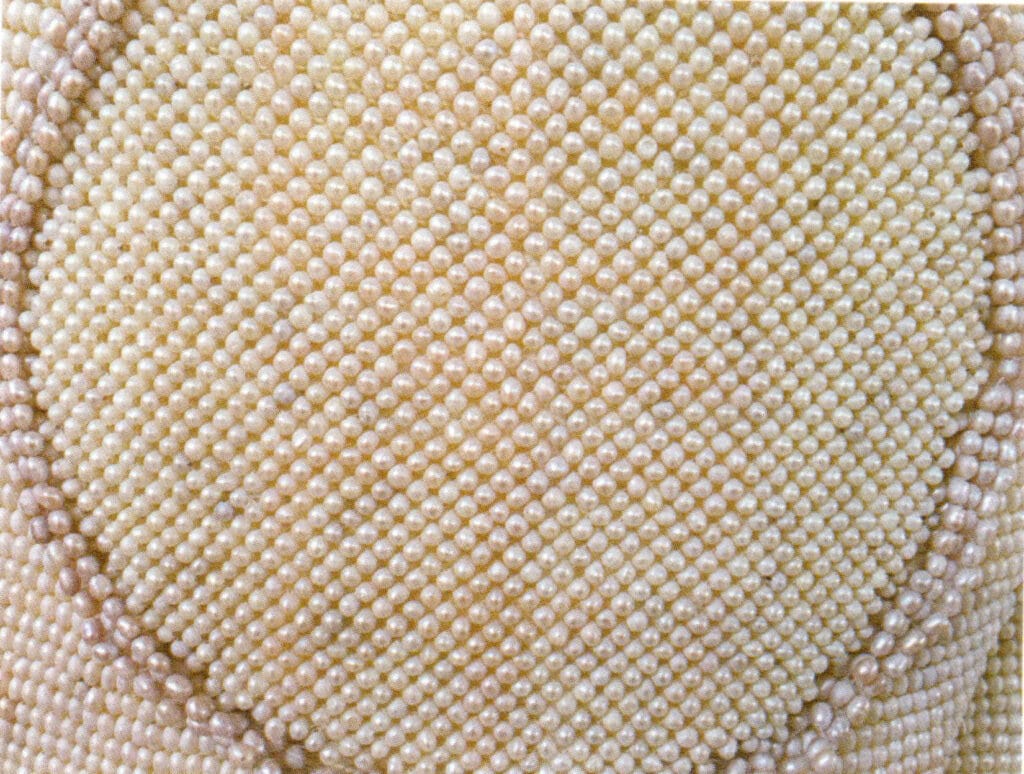
Figure 1-7-71 Pearl Crafts (2)
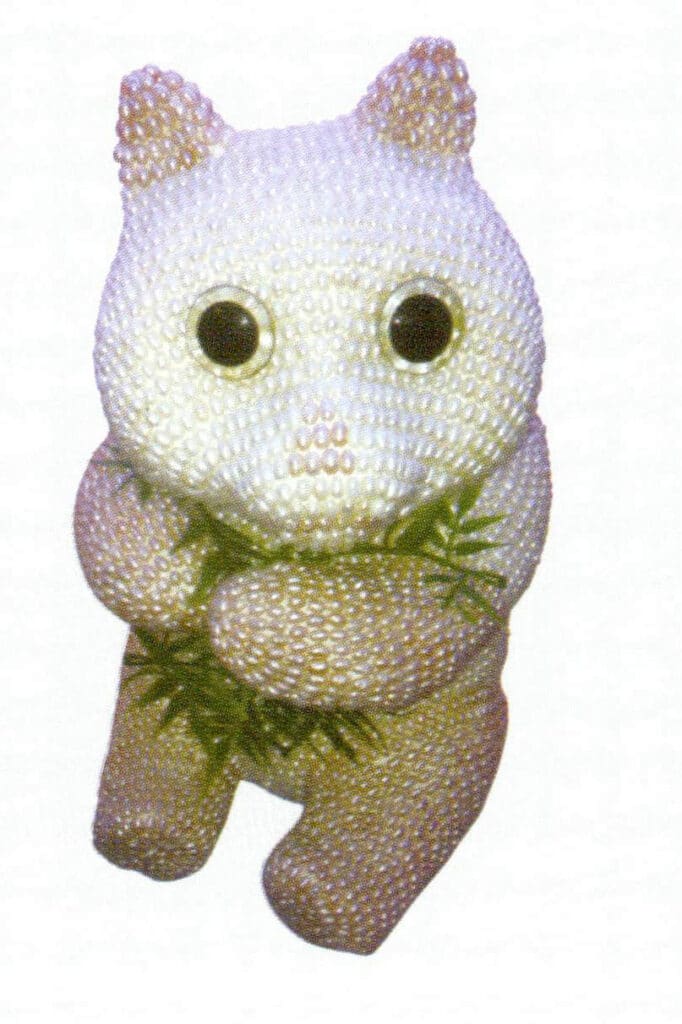
Figure 1-7-72 Pearl Crafts Arts and Crafts (3)
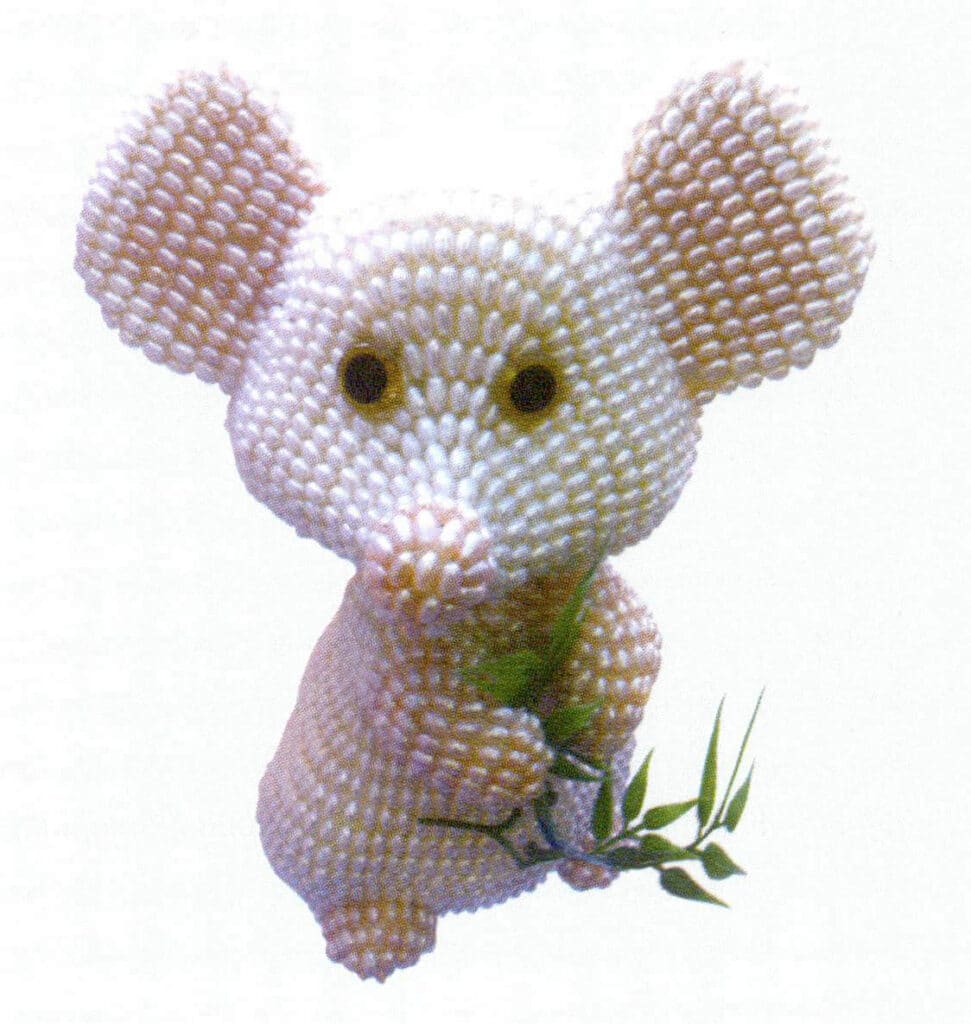
Figure 1-7-73 Pearl Crafts (Four)
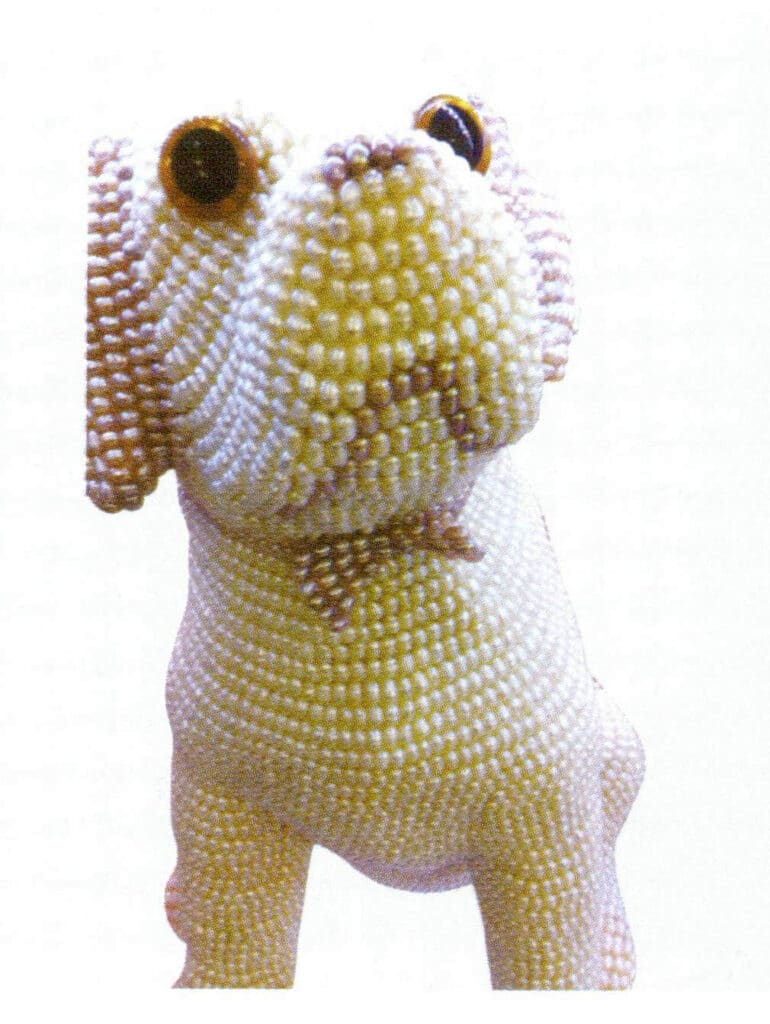
Figure 1-7-74 Pearl Crafts (Five)

Figure 1-7-75 Pearl Crafts (Six)
Section IV Maintenance of Pearls
Pearls are composed of two parts: organic and inorganic. The inorganic part of pearls is mainly carbonate, which is easily eroded by acids, damaging the organic gemstone; the organic part is easily eroded by organic solvents such as alcohol, ether, and acetone.
Pearls are sensitive to acids and chemicals such as lotions, perfumes, hair sprays, nail polish, and detergents when worn or stored, and should be kept away from them.
Avoid contact with sweat and other substances. Sweat can corrode pearls to some extent, so wiping them clean with a soft cloth after use and when storing is best. If exposed to a large amount of sweat, rinse immediately with clean water, dry with a soft cloth, and air dry in a cool place.
Avoid exposure to sunlight and prevent prolonged constant temperature baking. Pearls contain a small amount of water, which can cause discoloration and loss of luster due to dehydration.
Avoid contact with hard objects, especially metals, and prevent friction with other inorganic gemstones and jade when wearing pearls.
After wearing a pearl necklace, it is best to clean the pearls with a soft cloth and store them separately in a jewelry box.
It is best to restring pearl necklaces every few years. When stringing, tie a knot between each pearl to prevent friction between them and the pearls from scattering if the string breaks.








